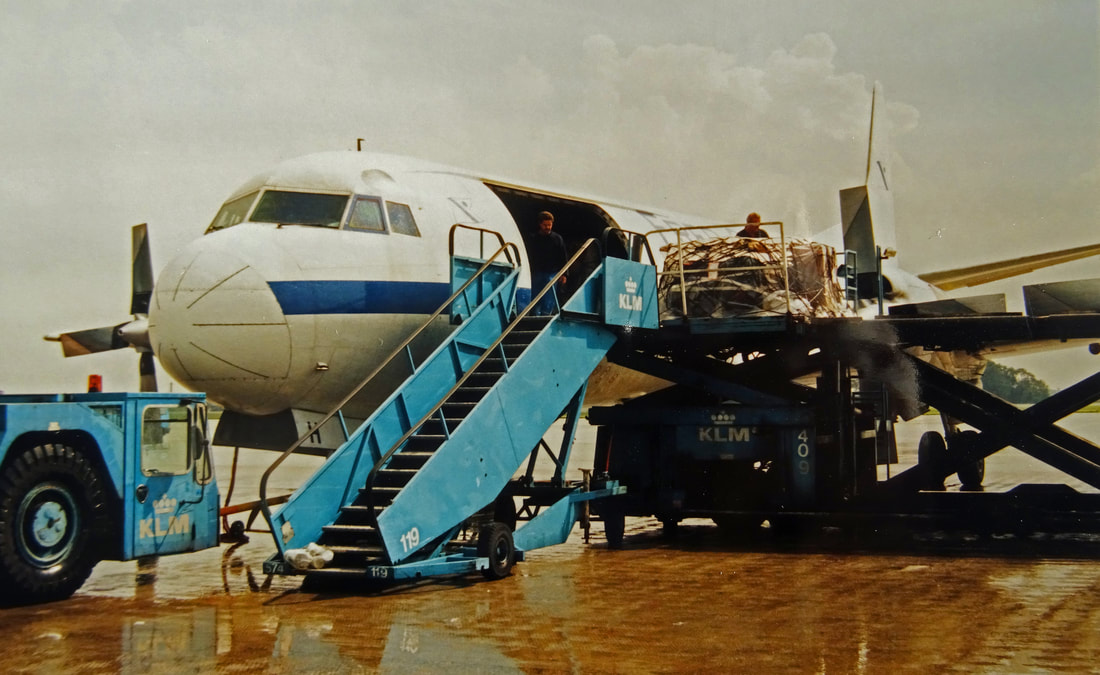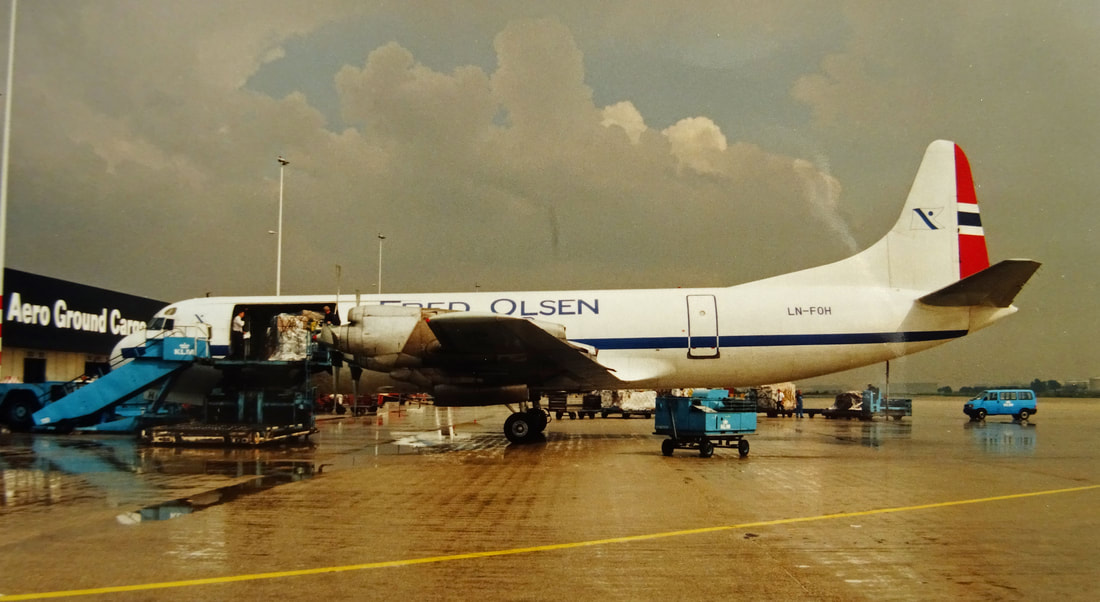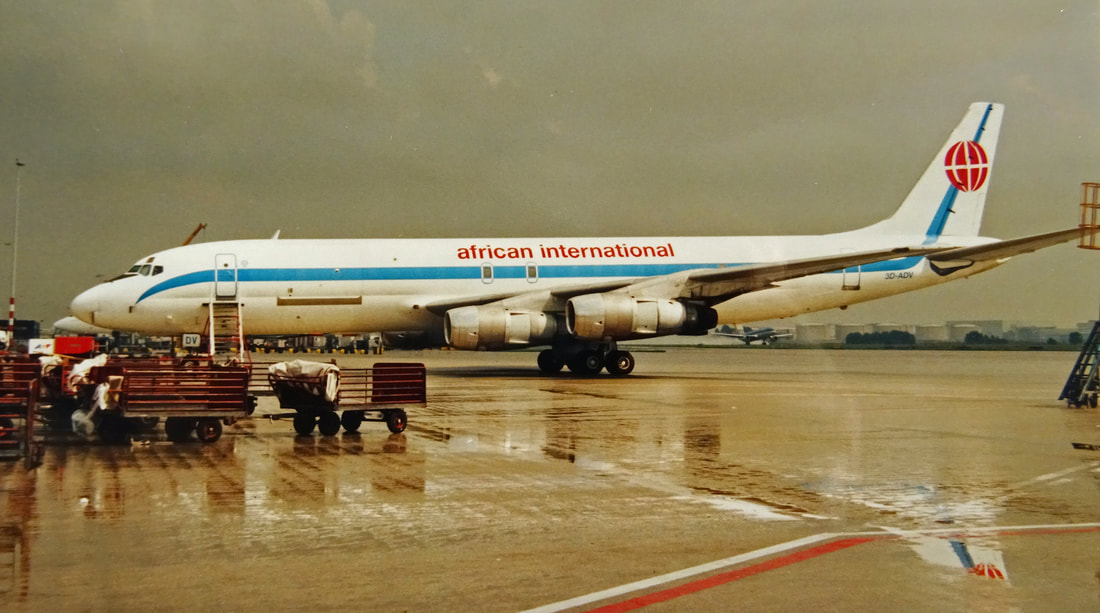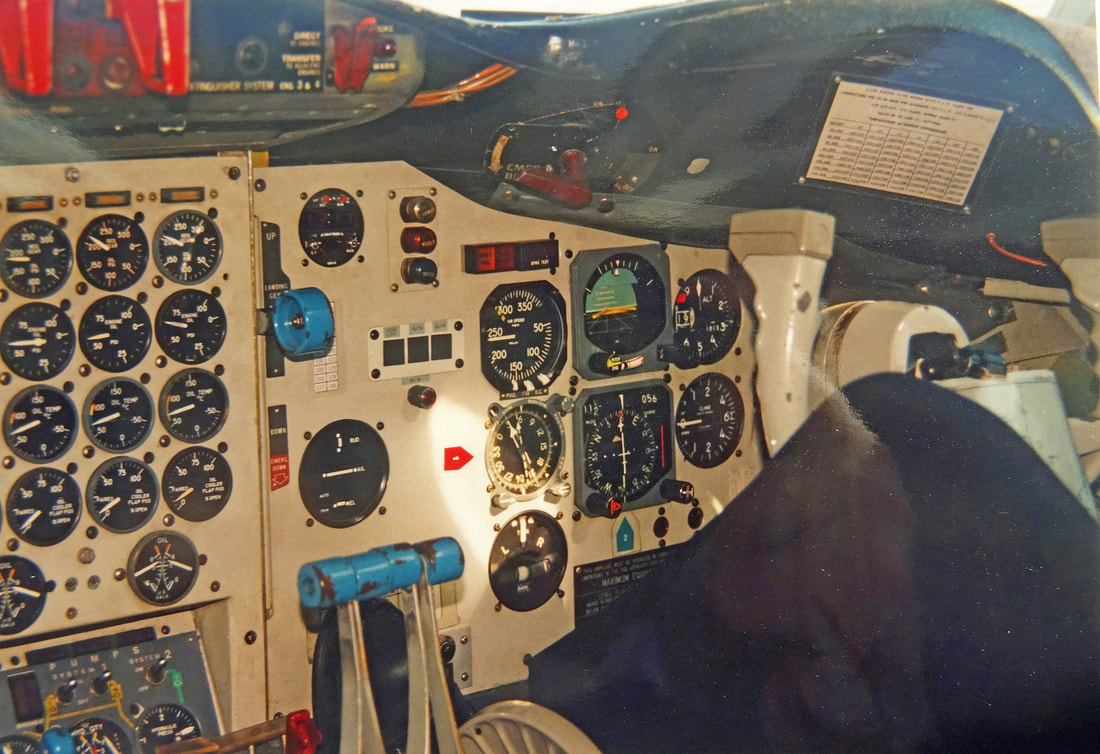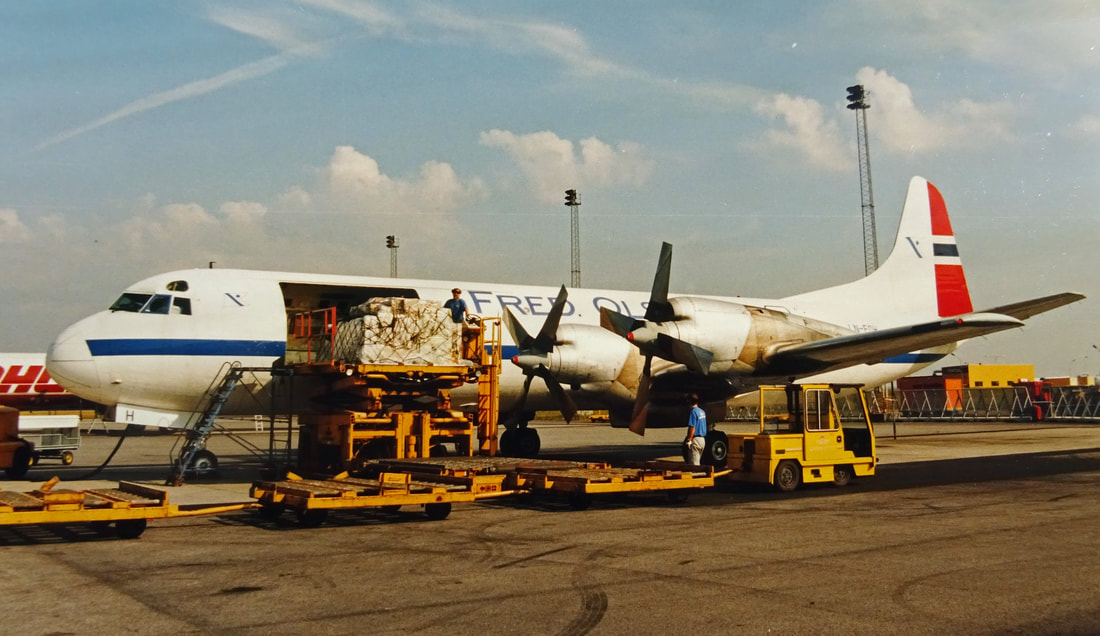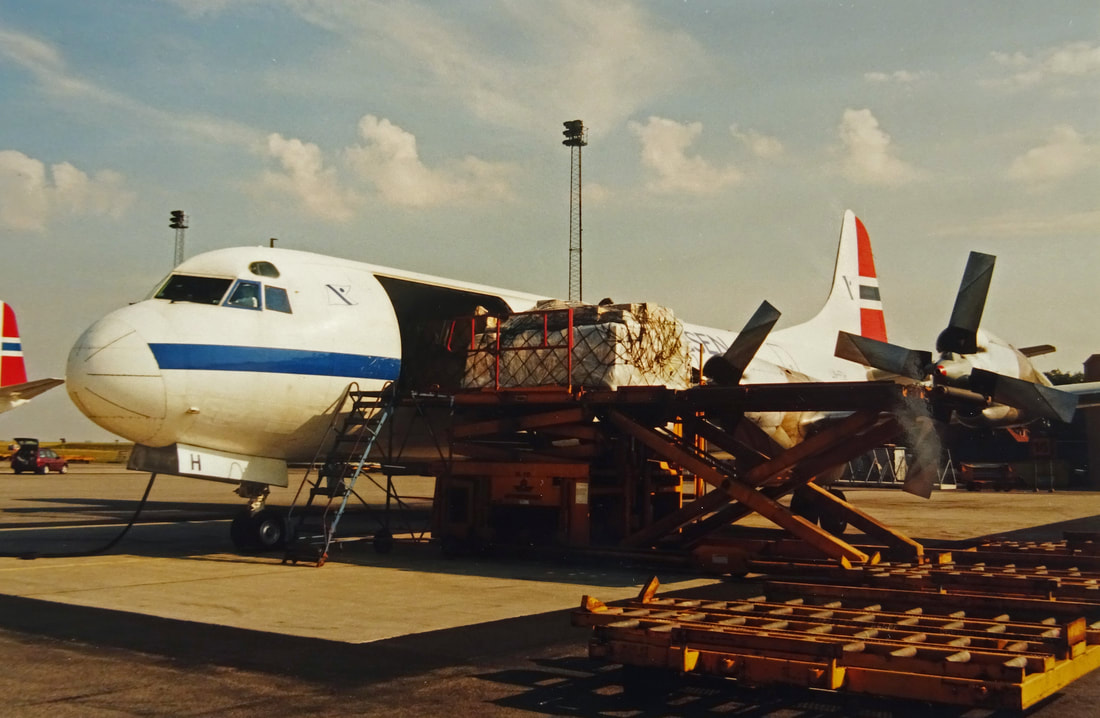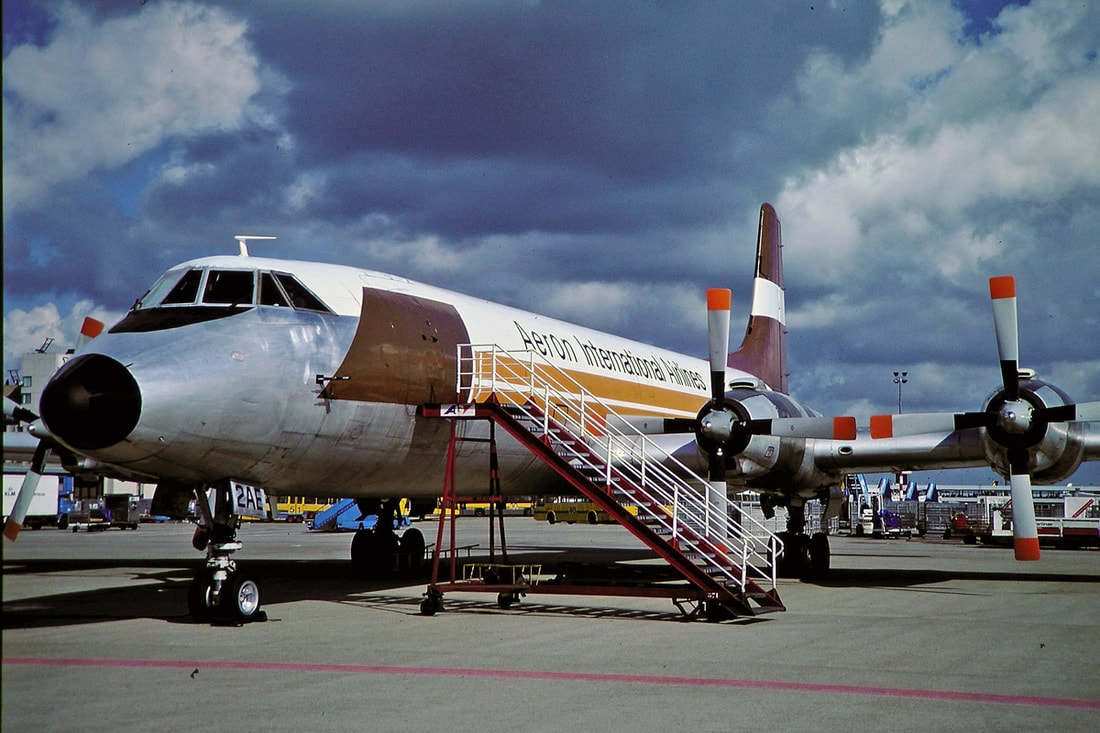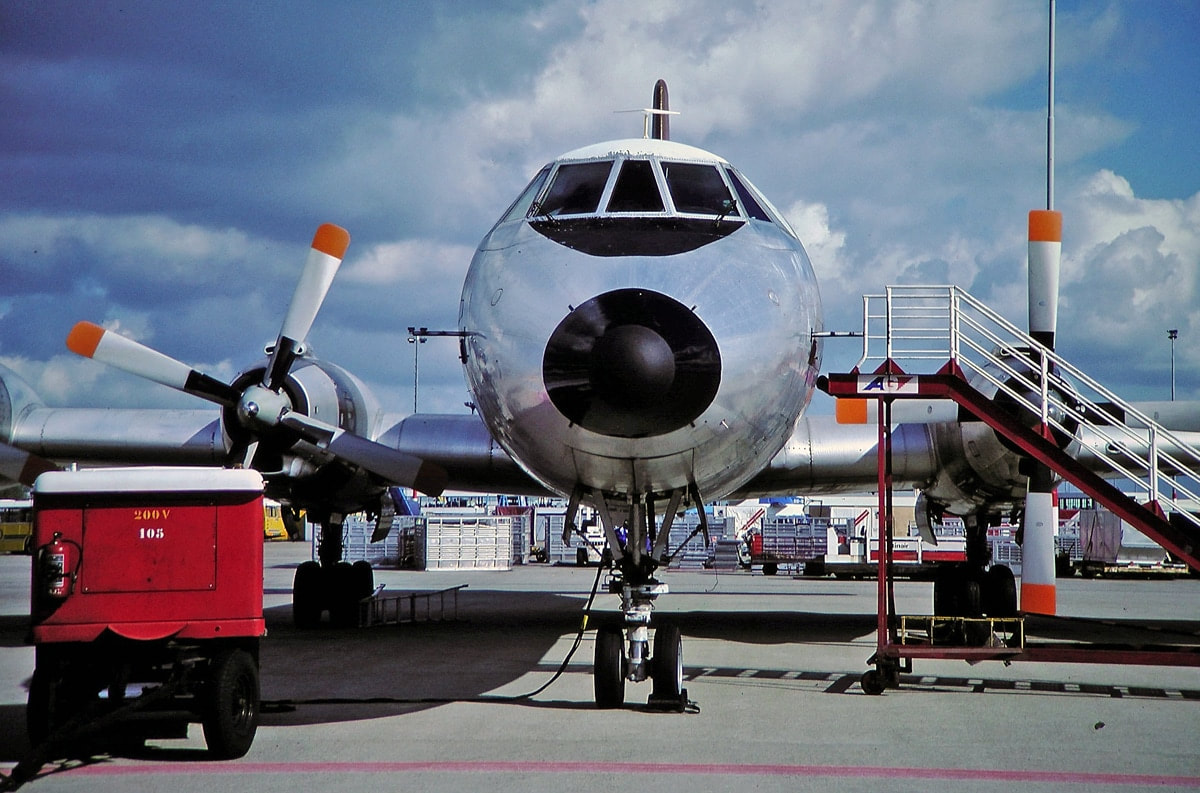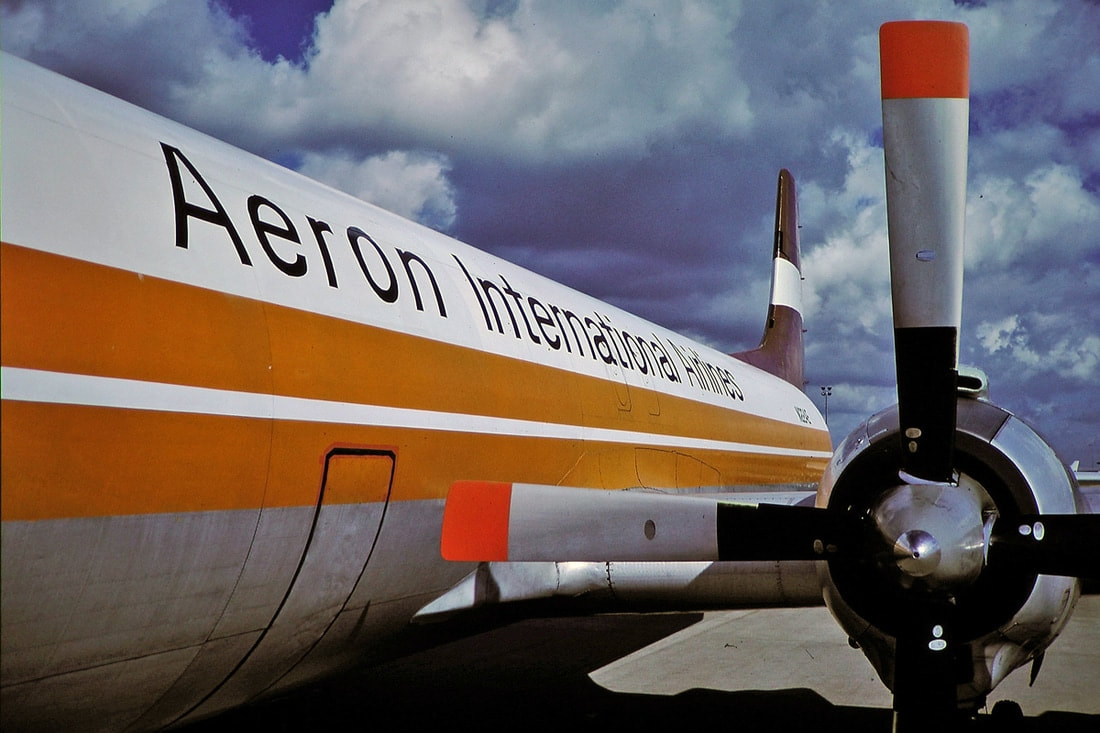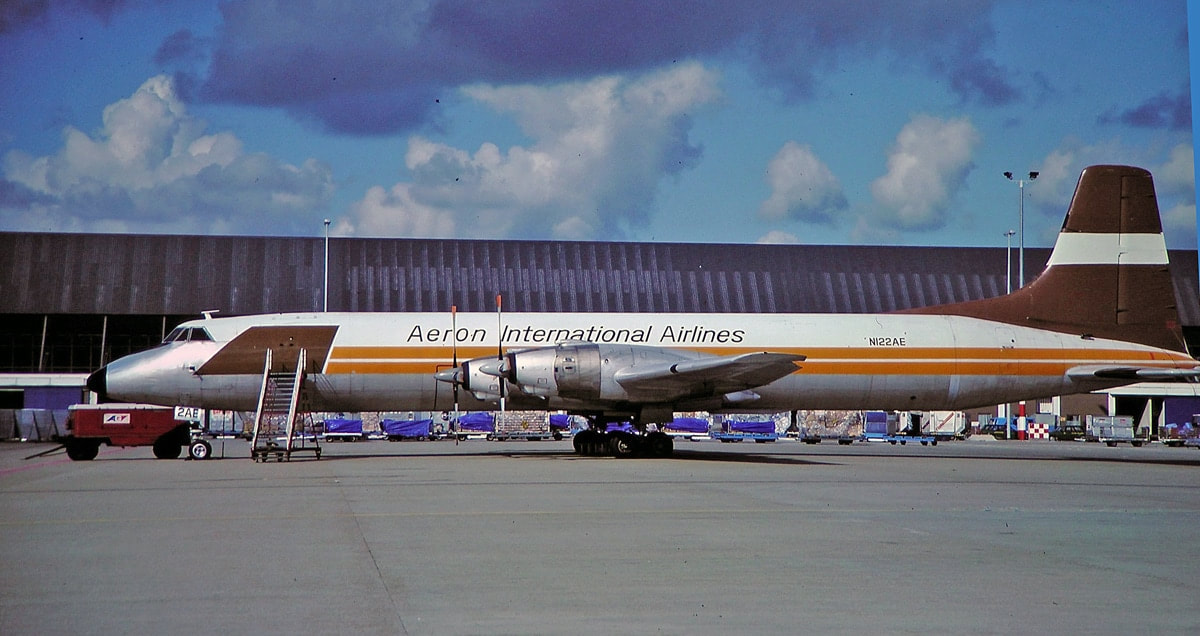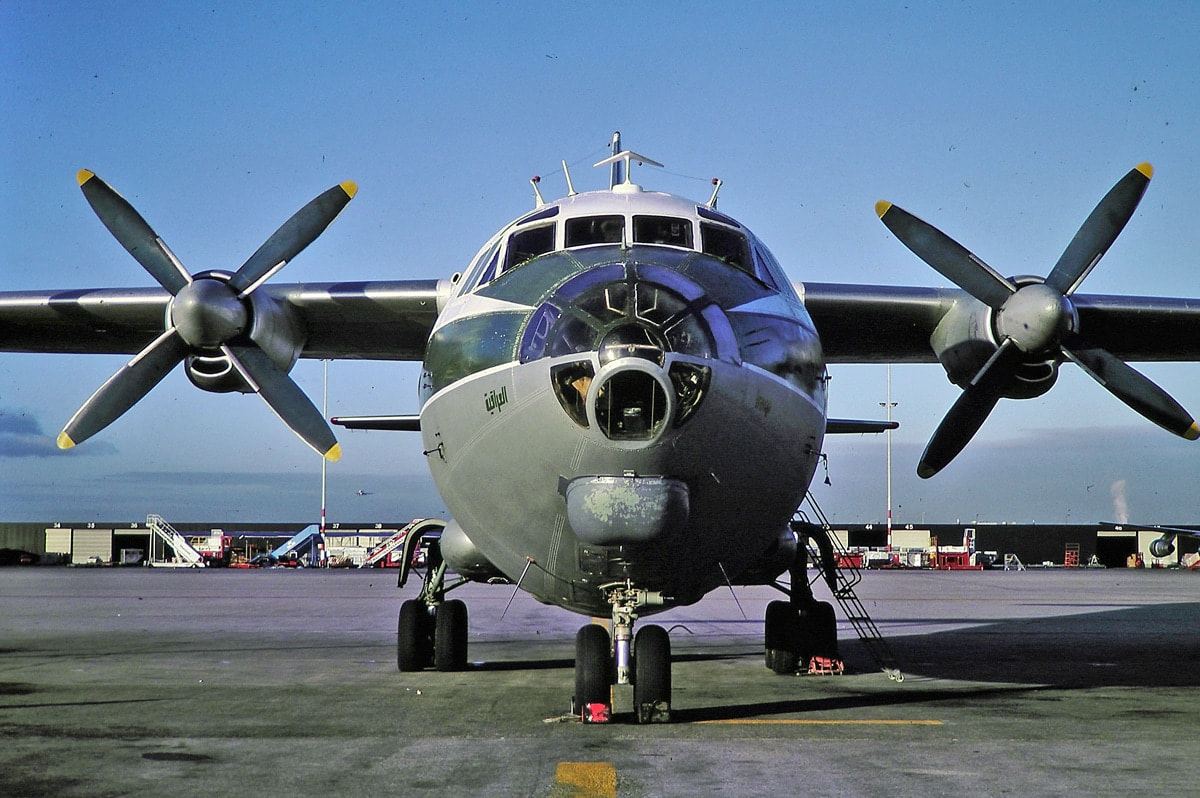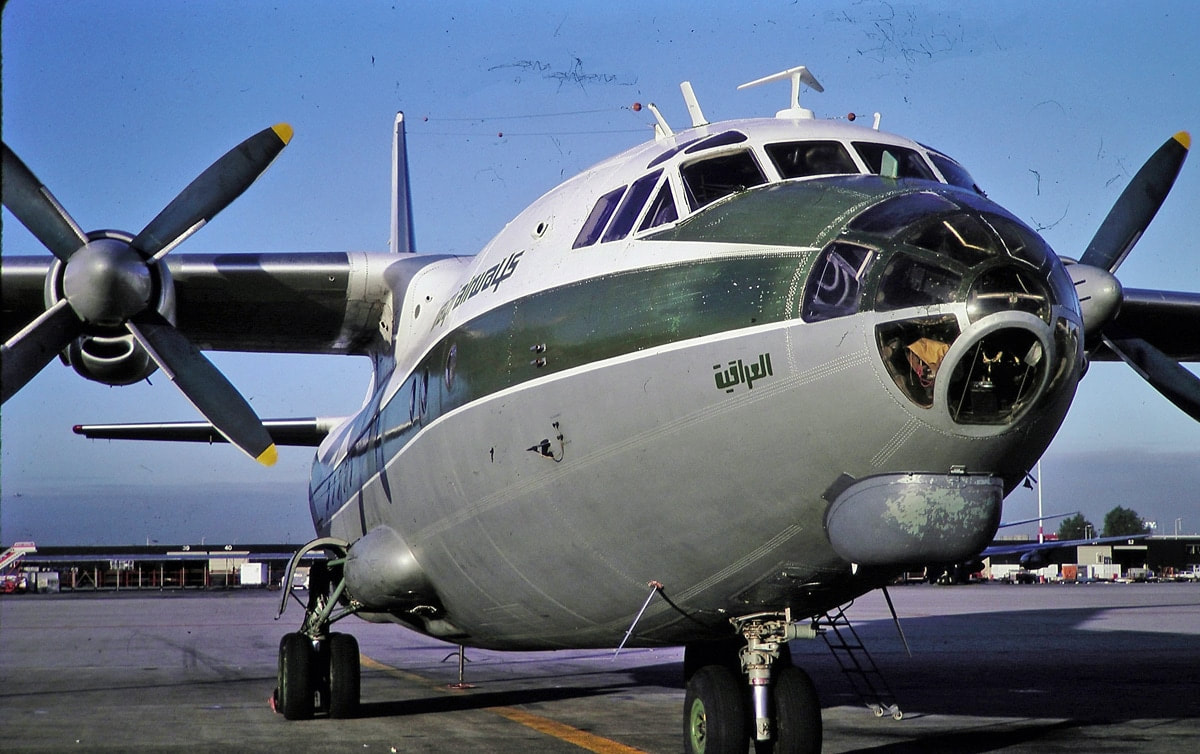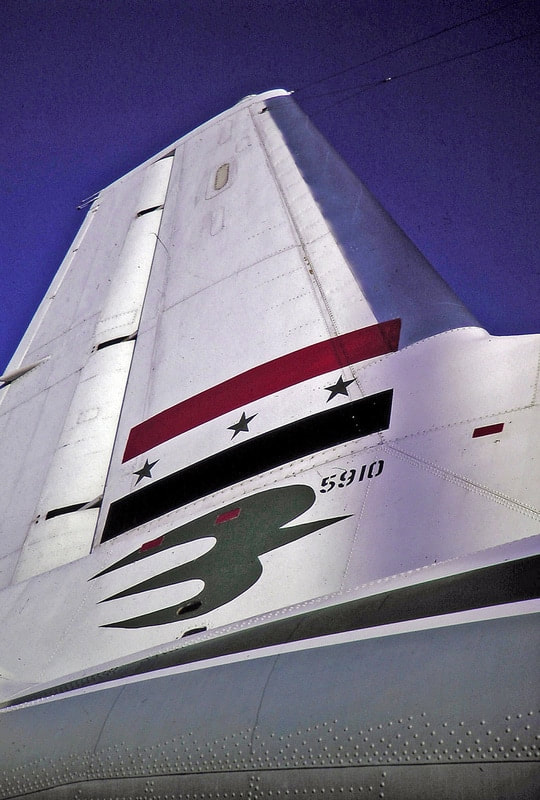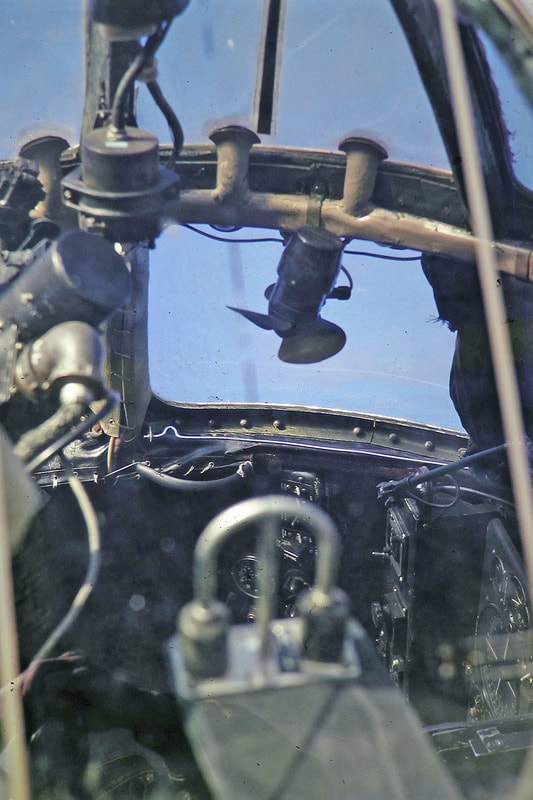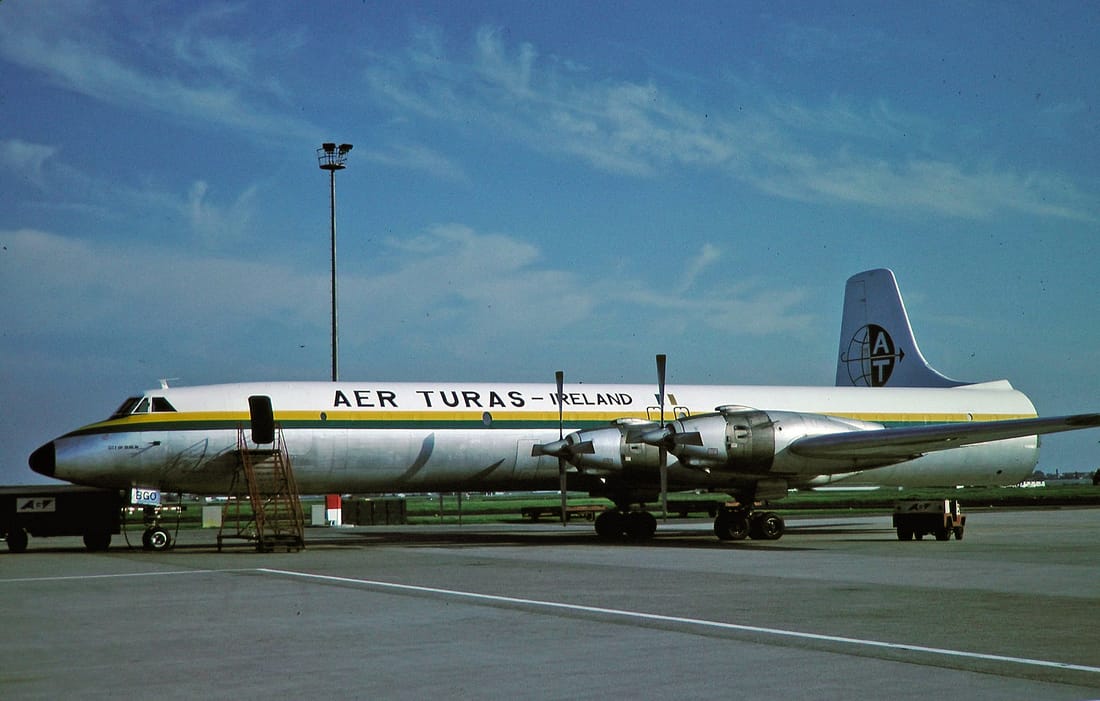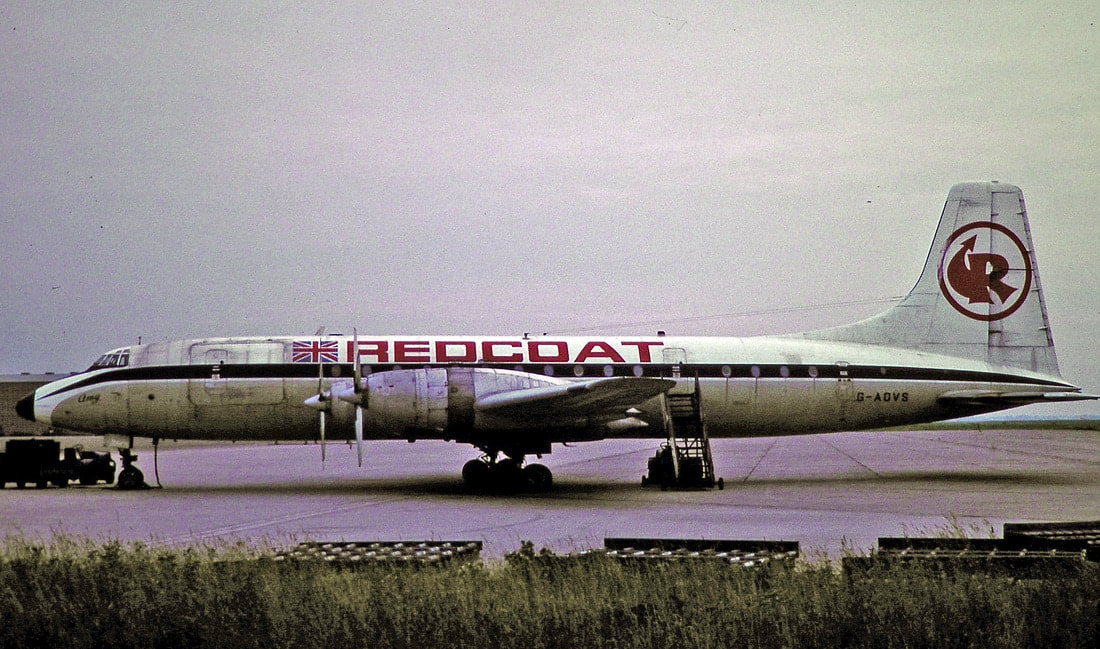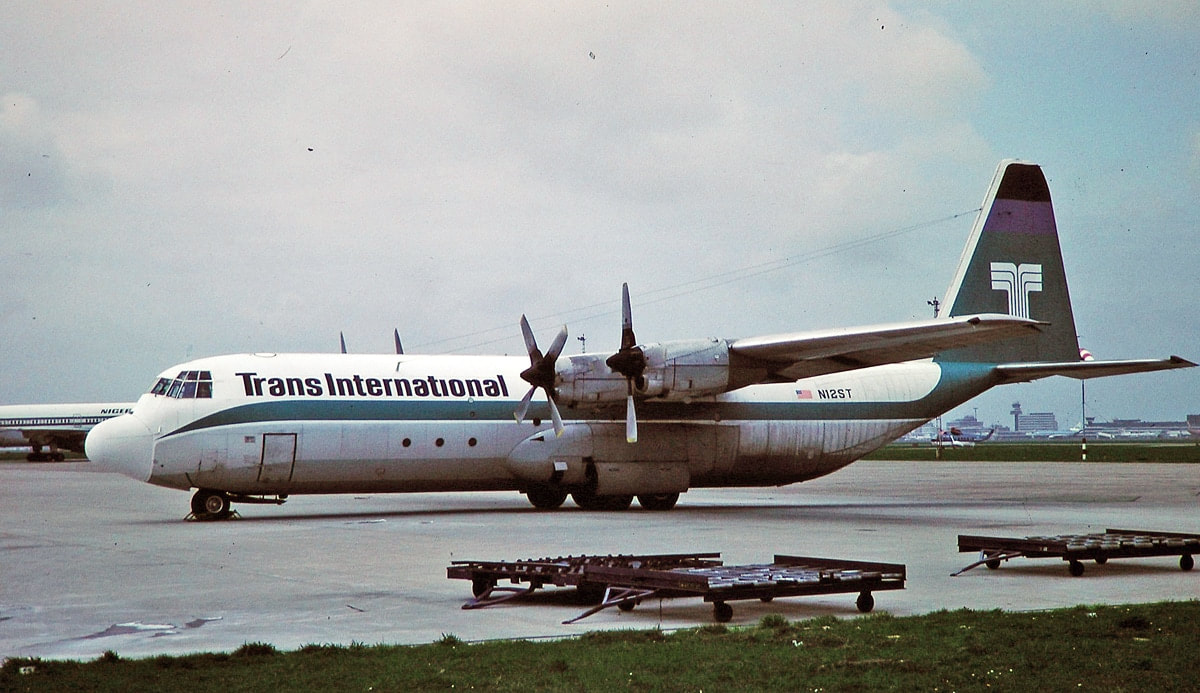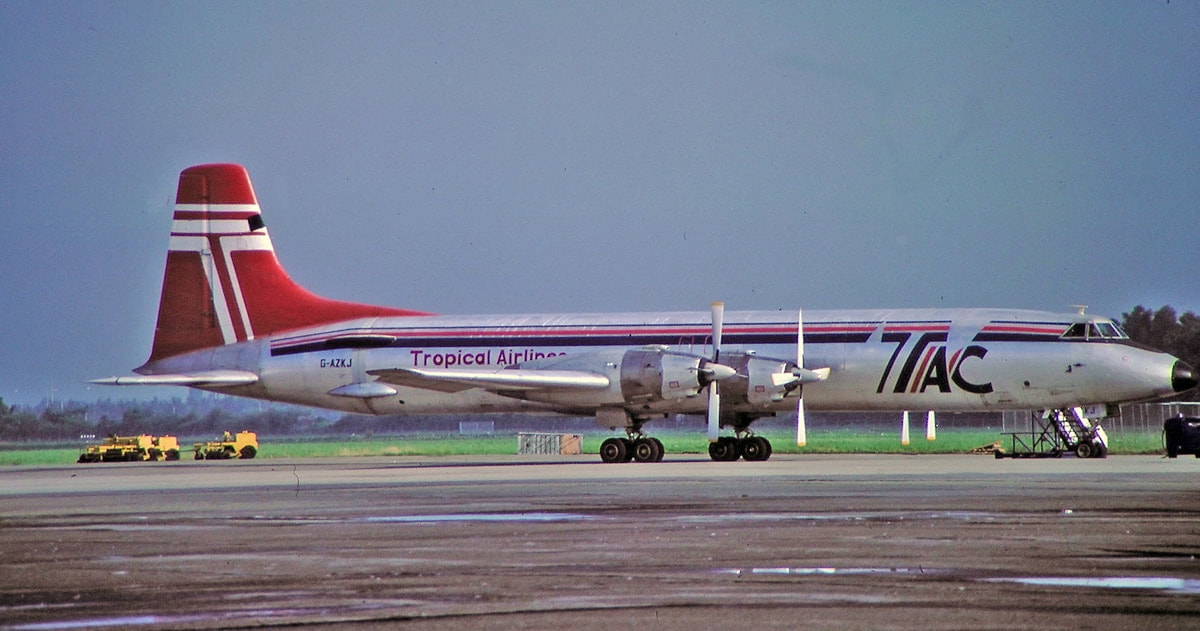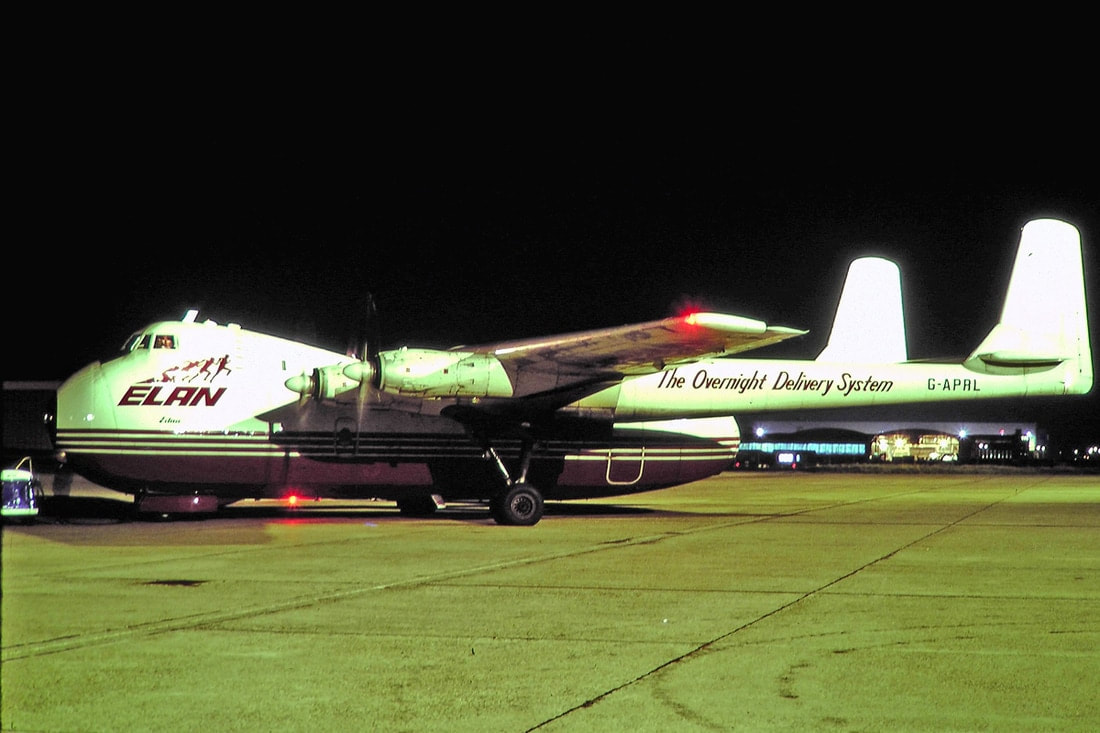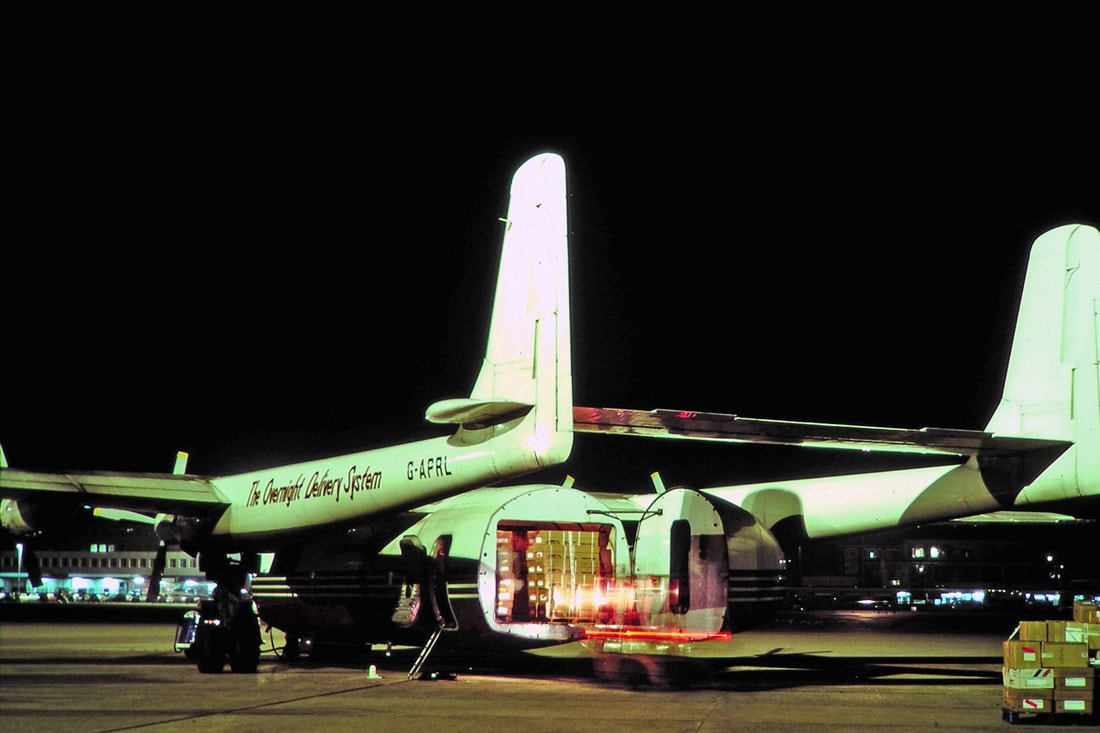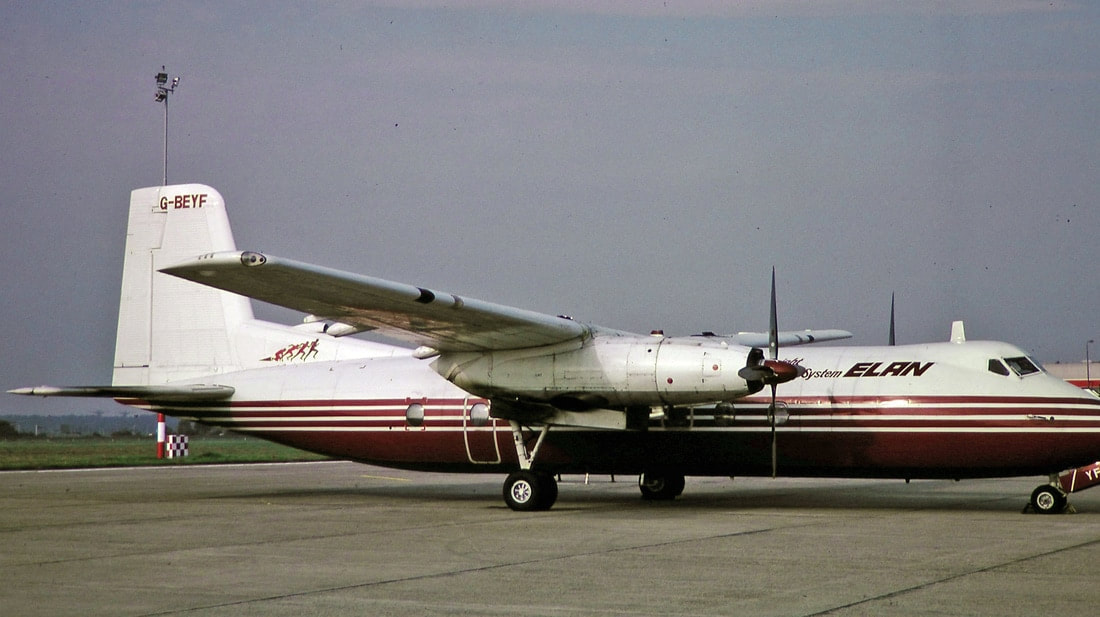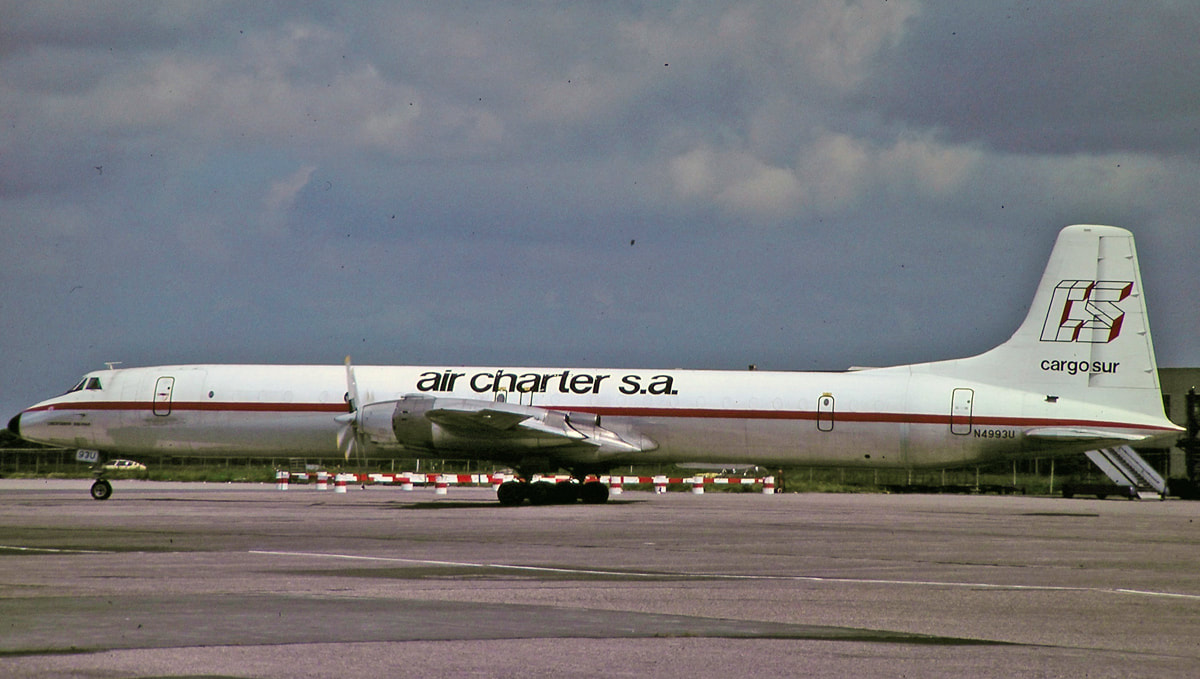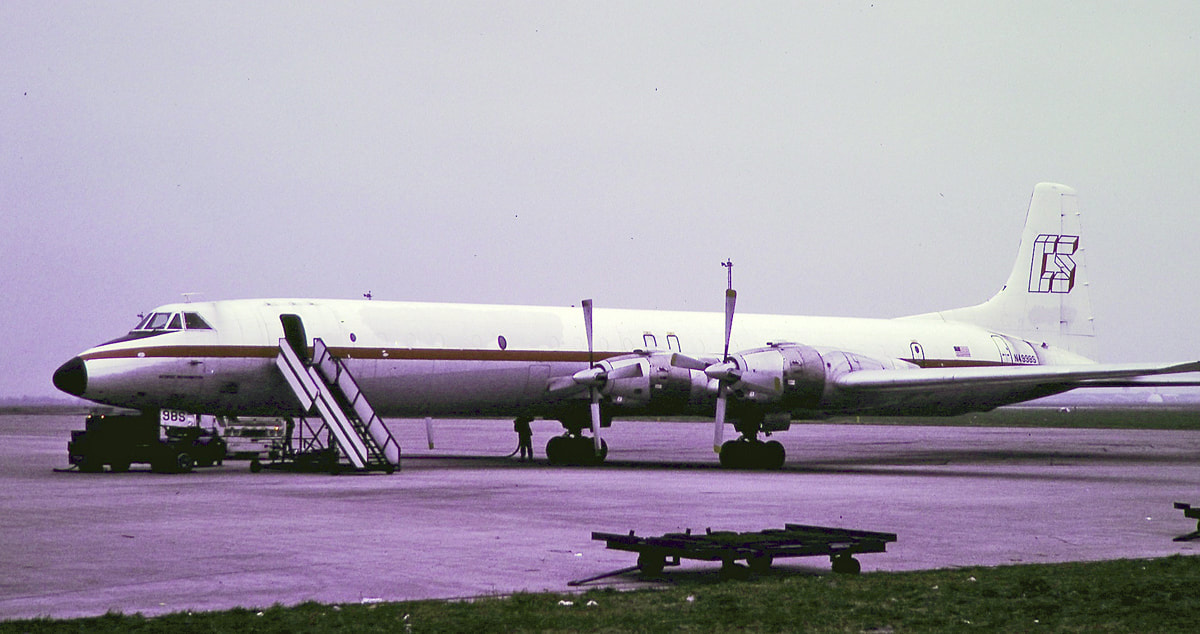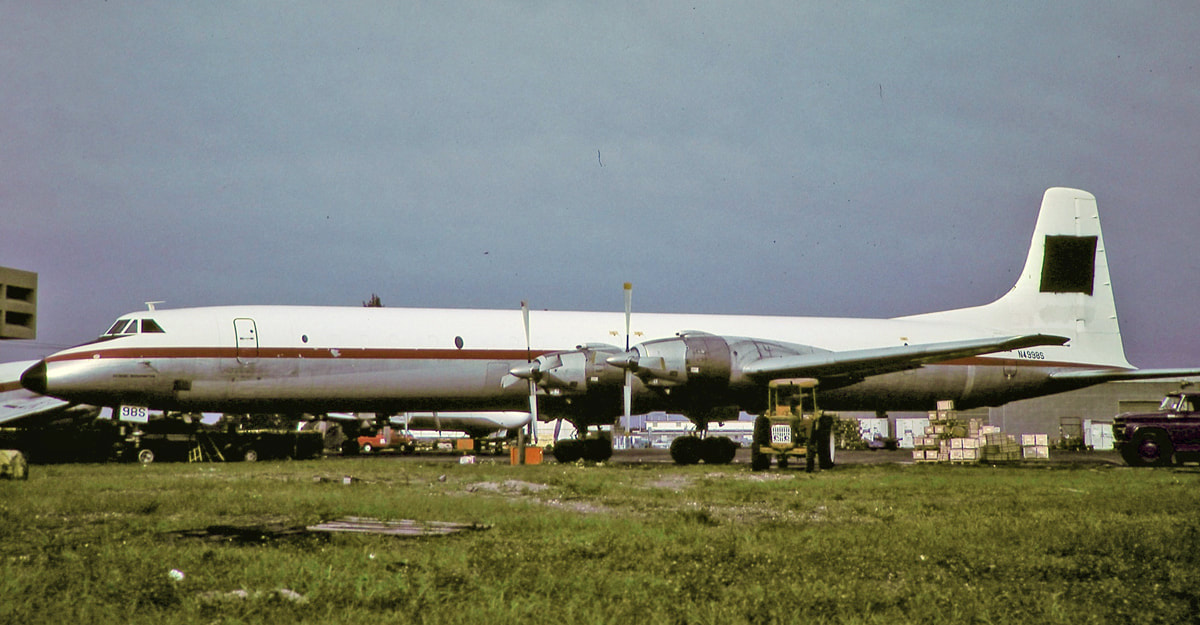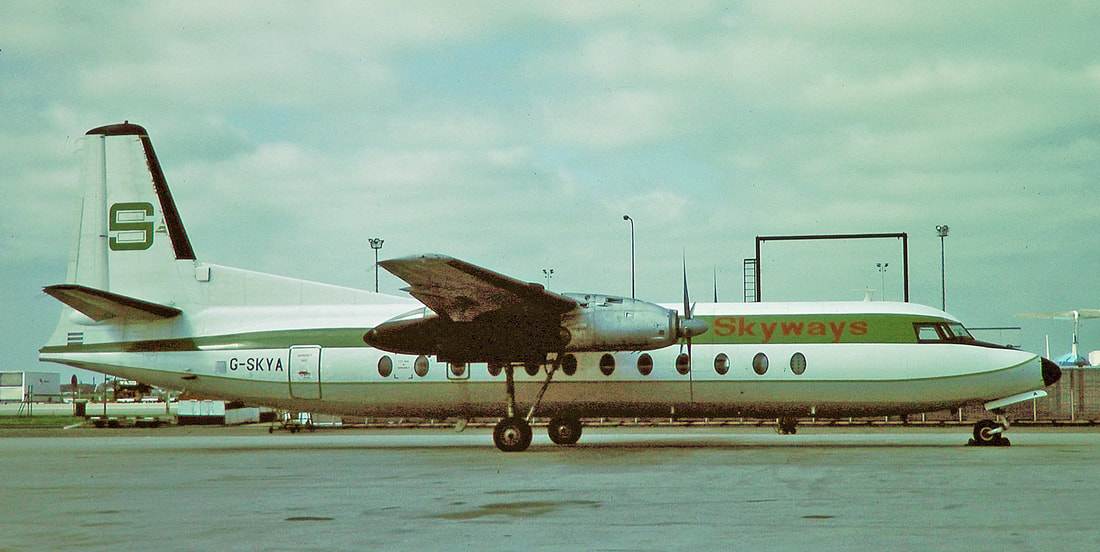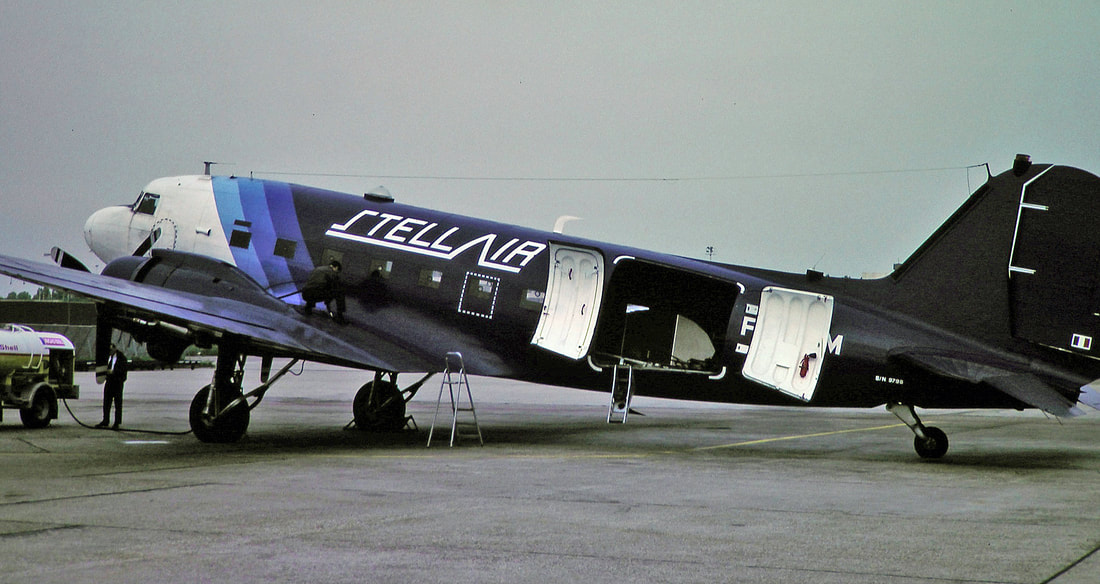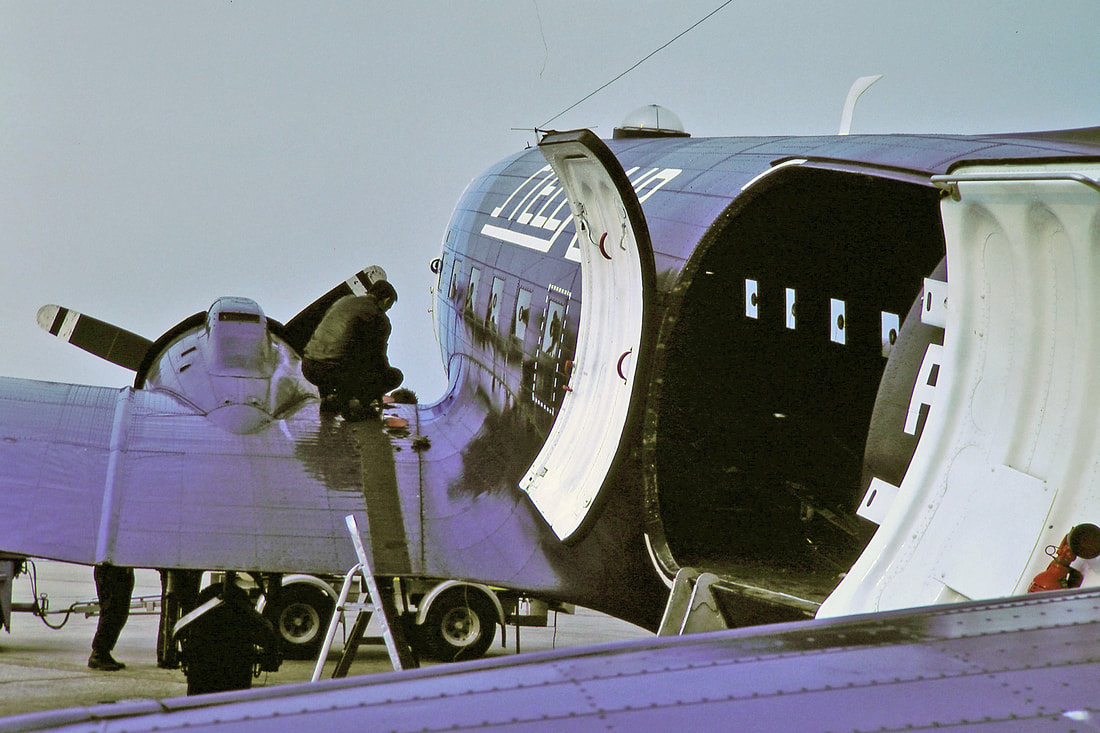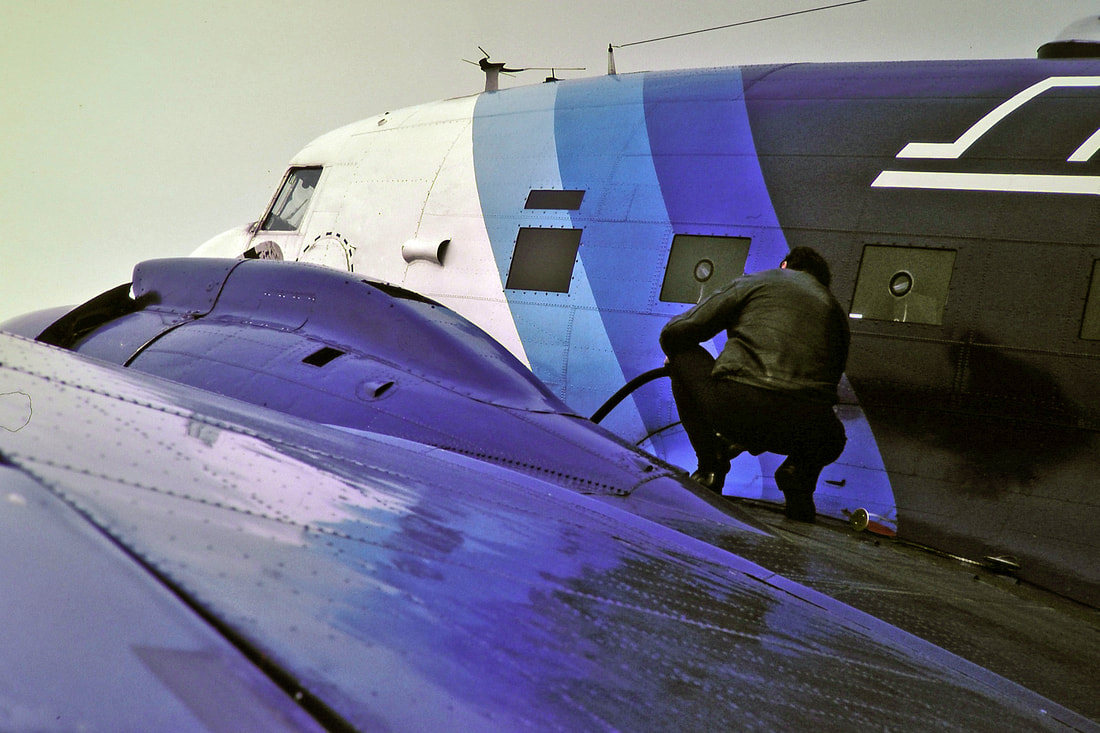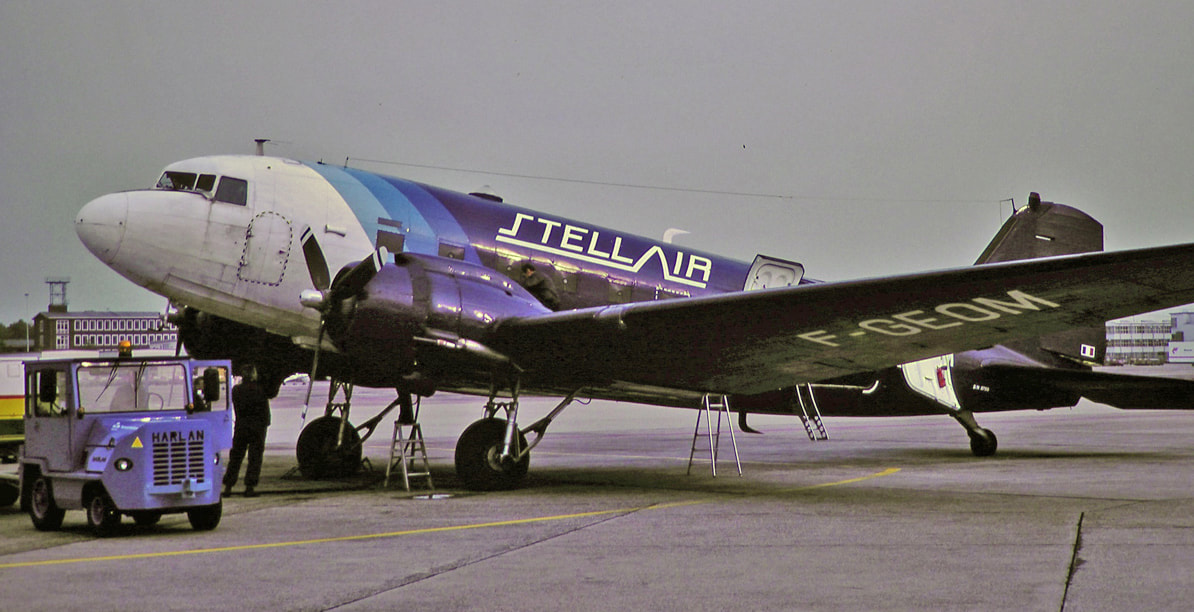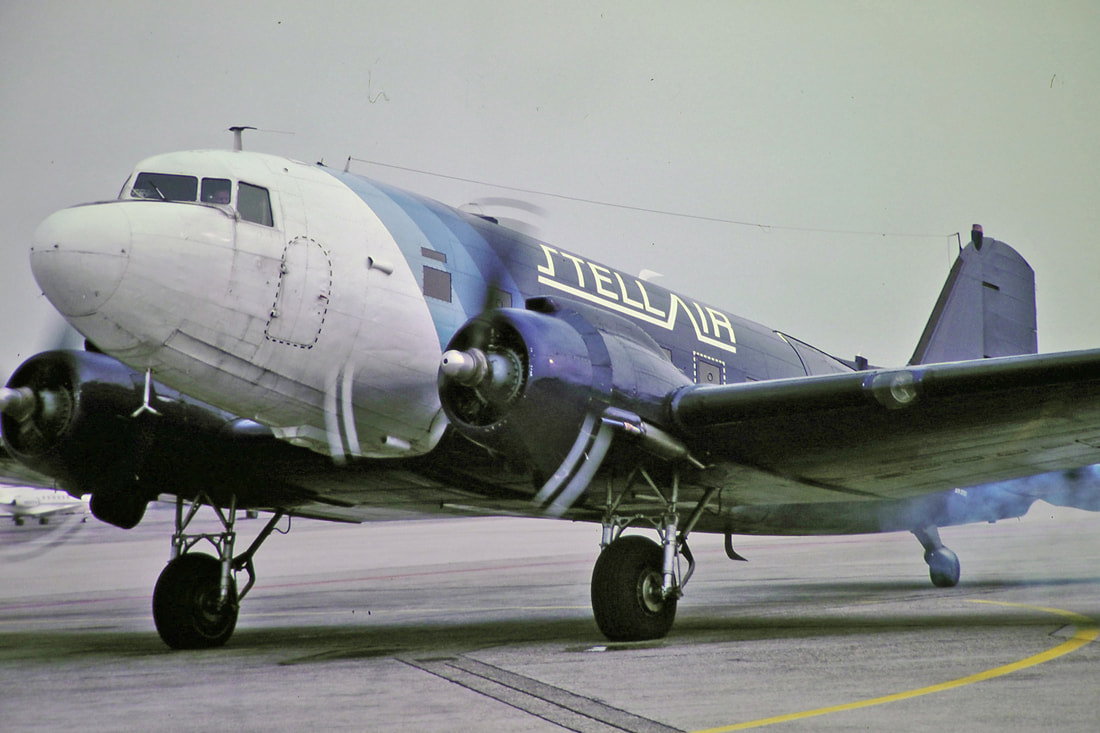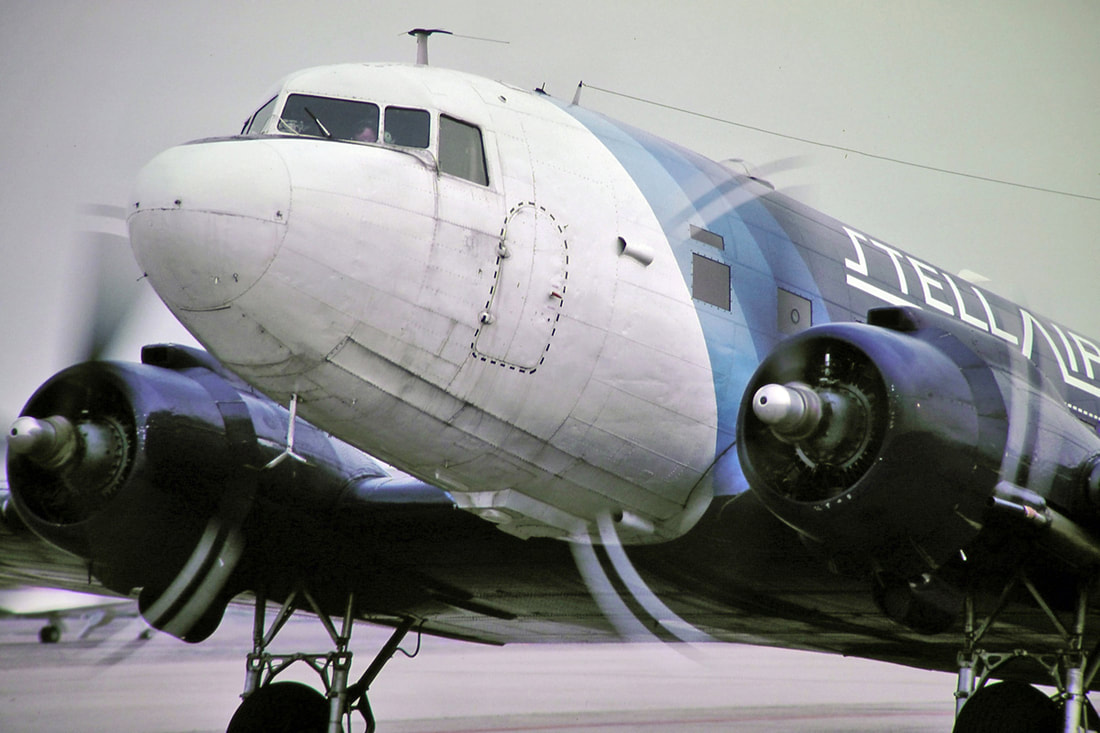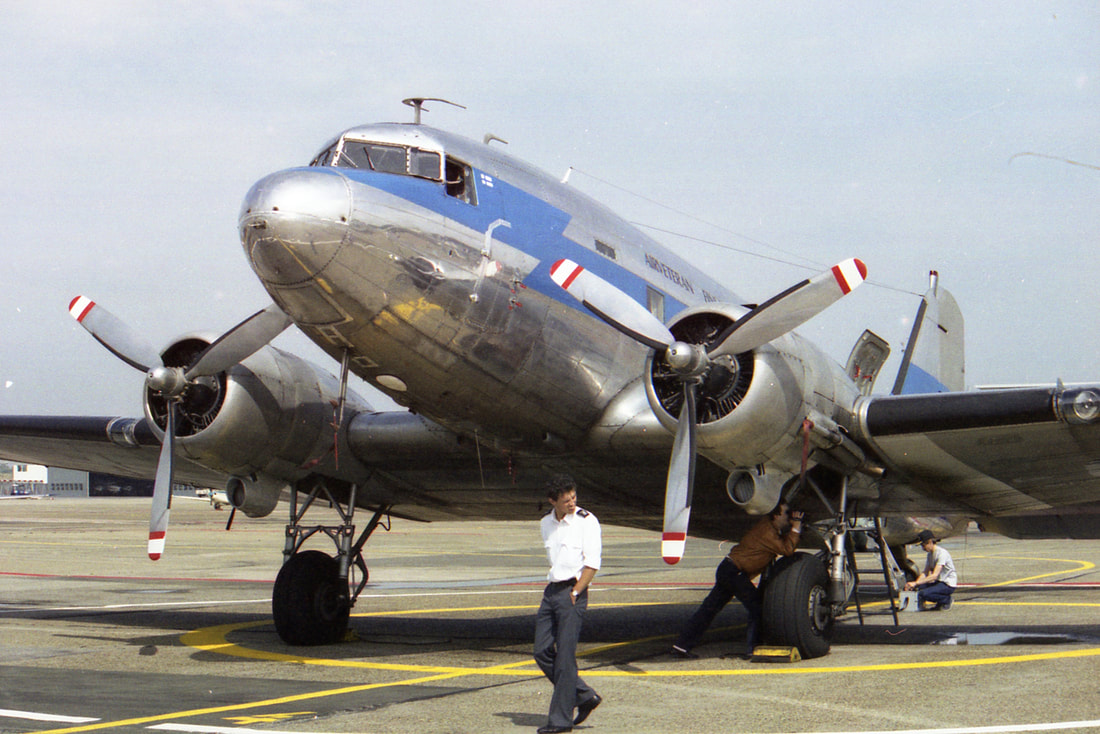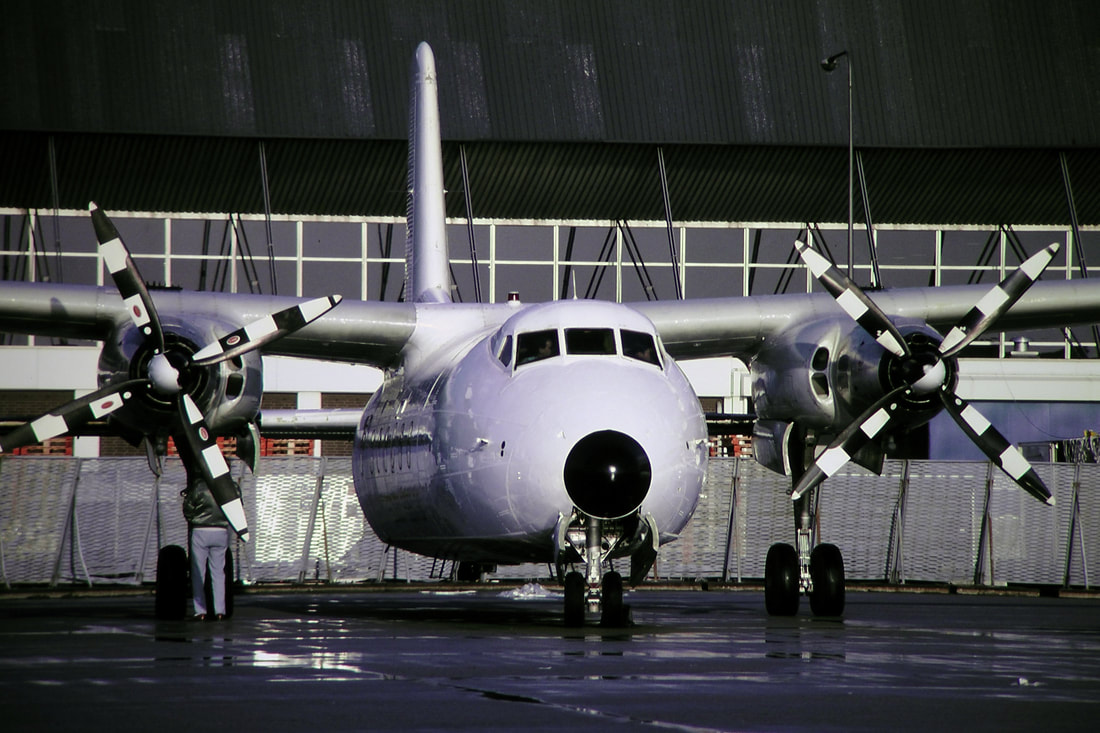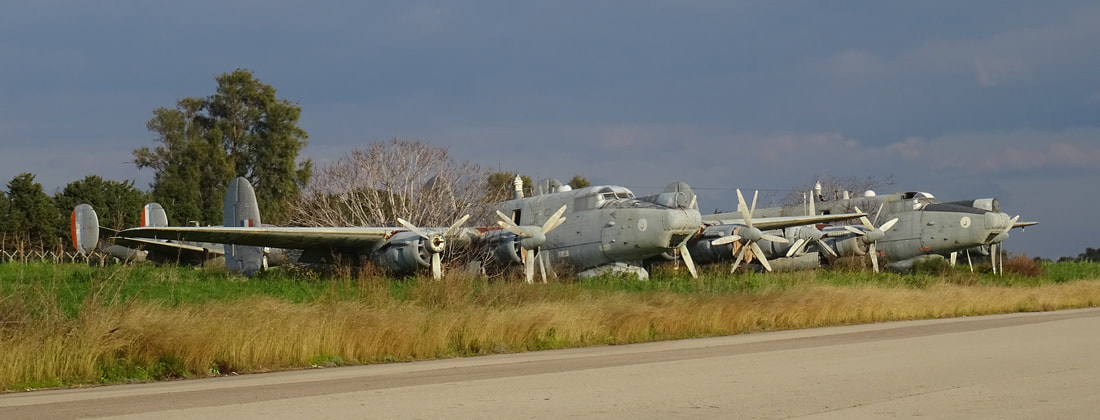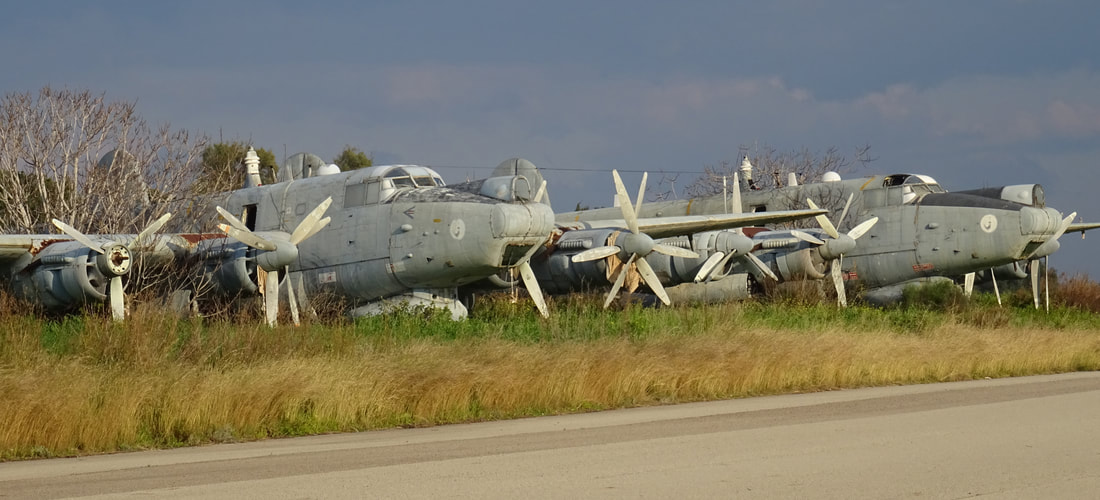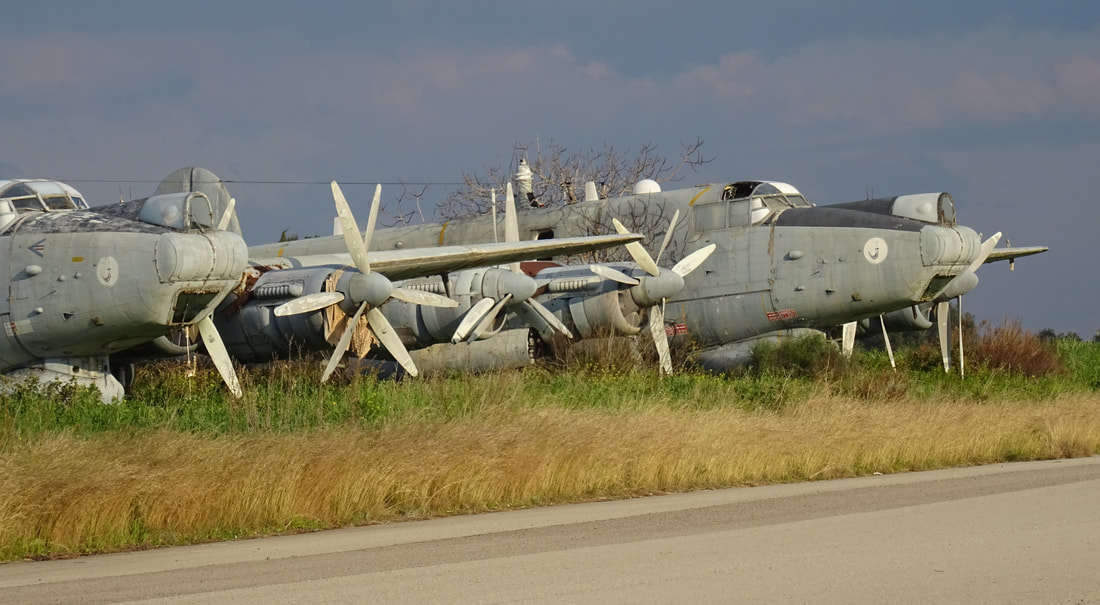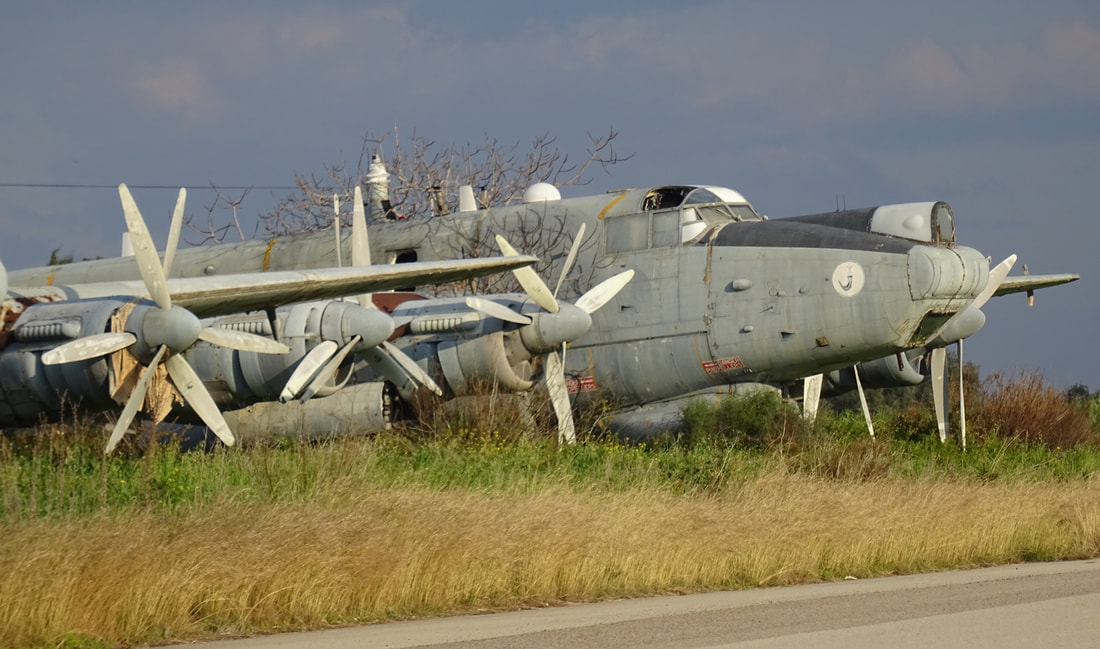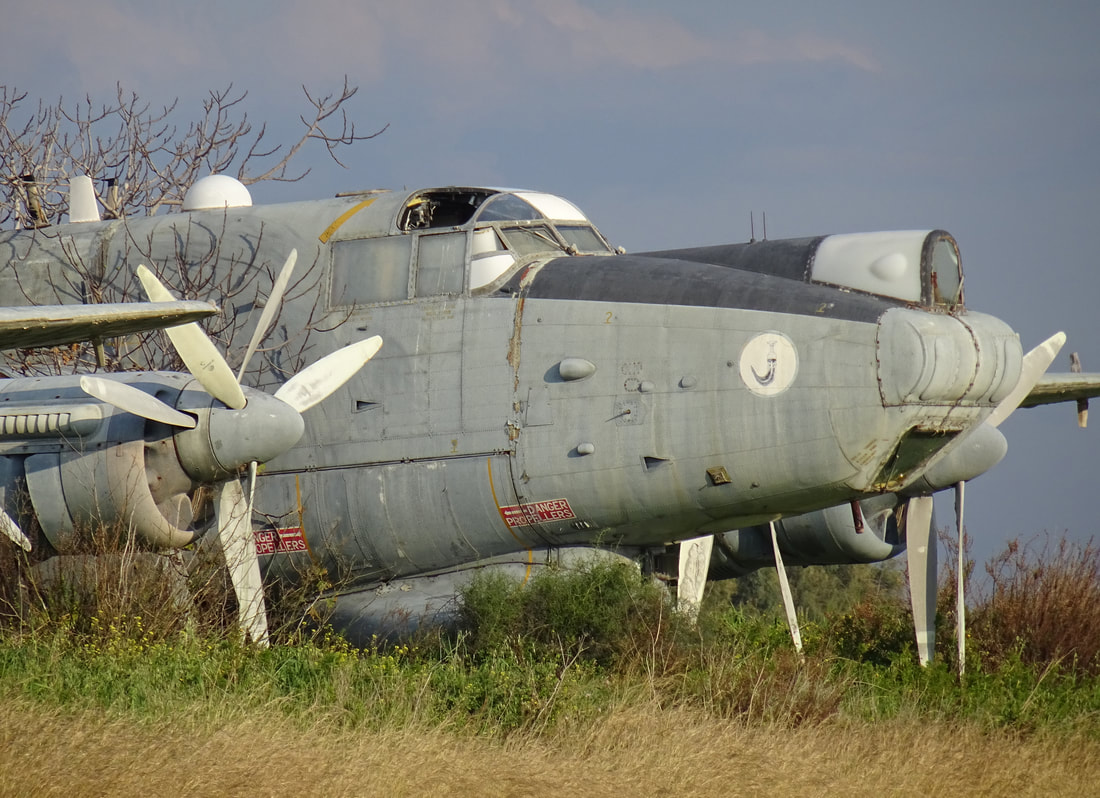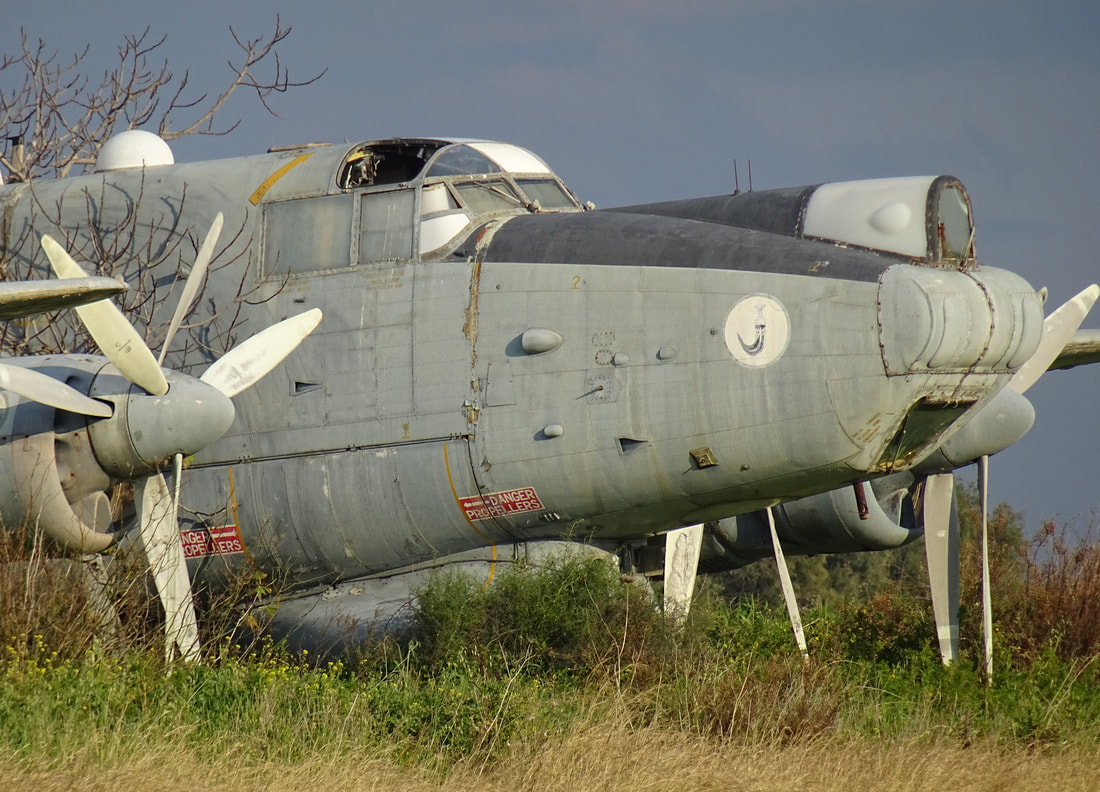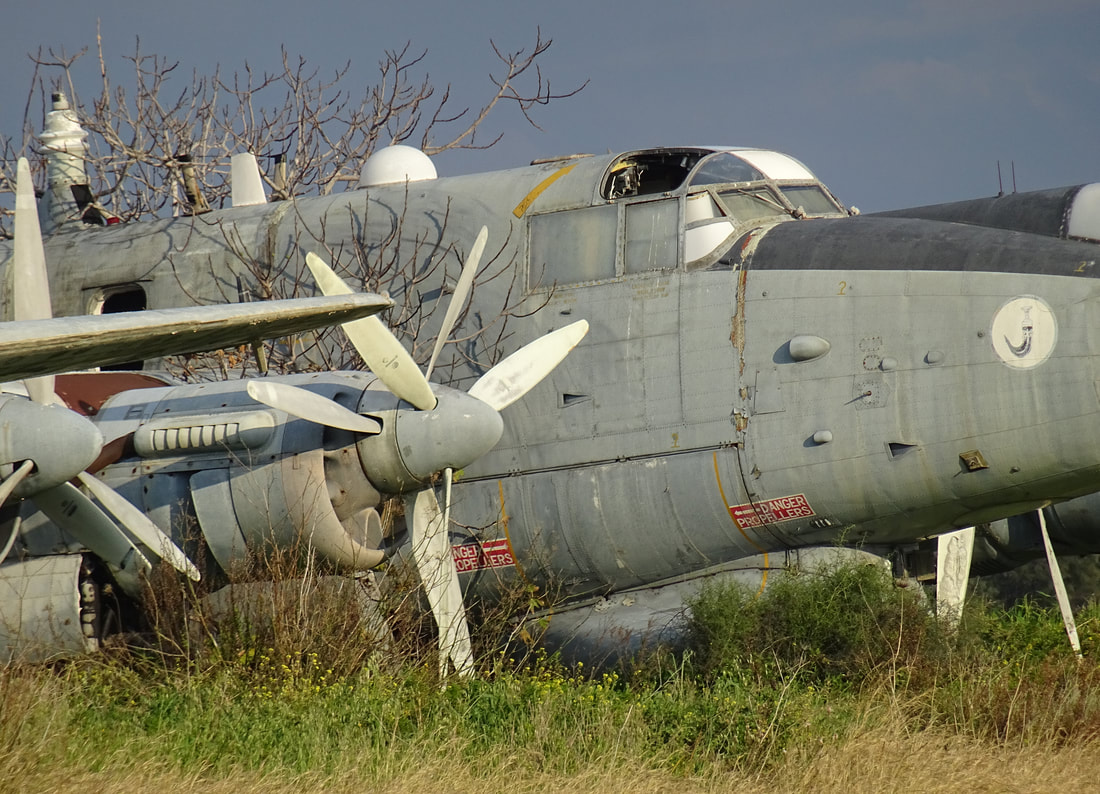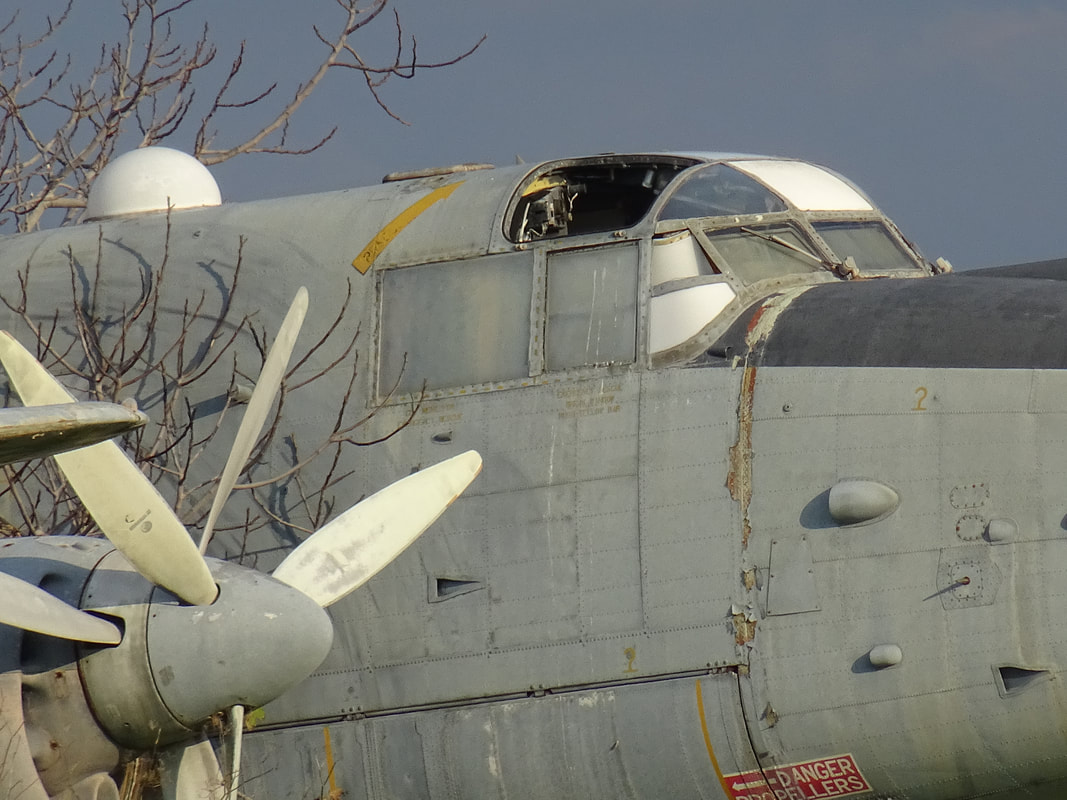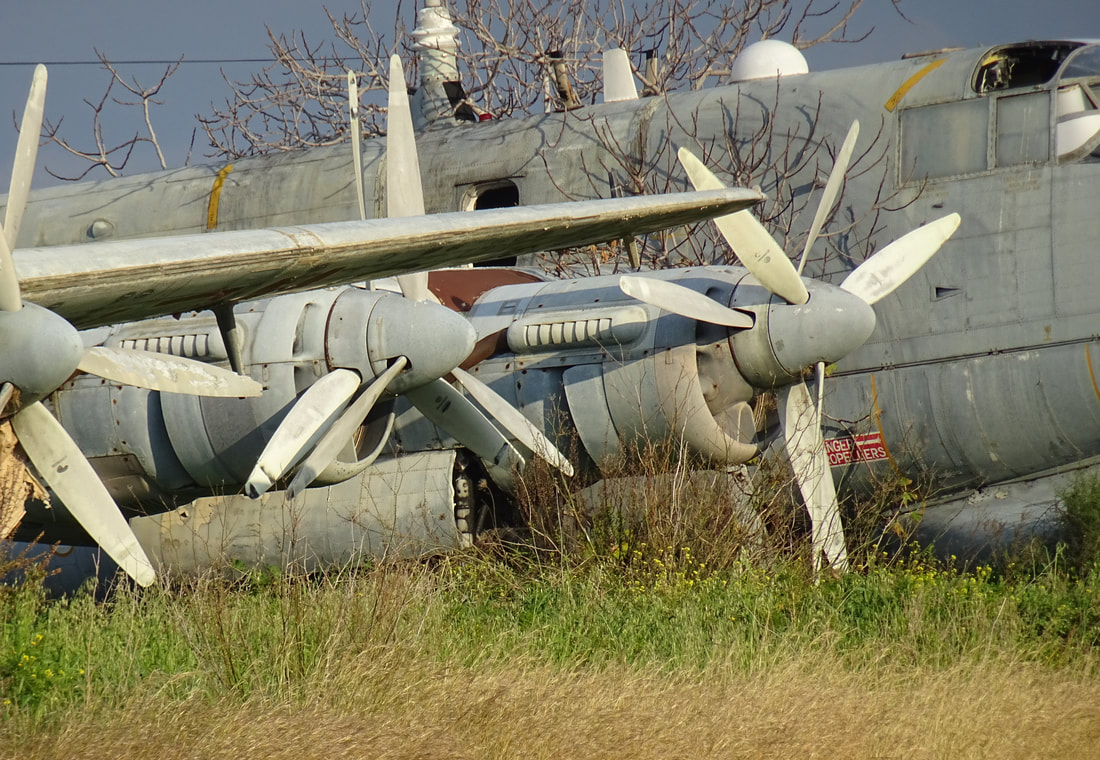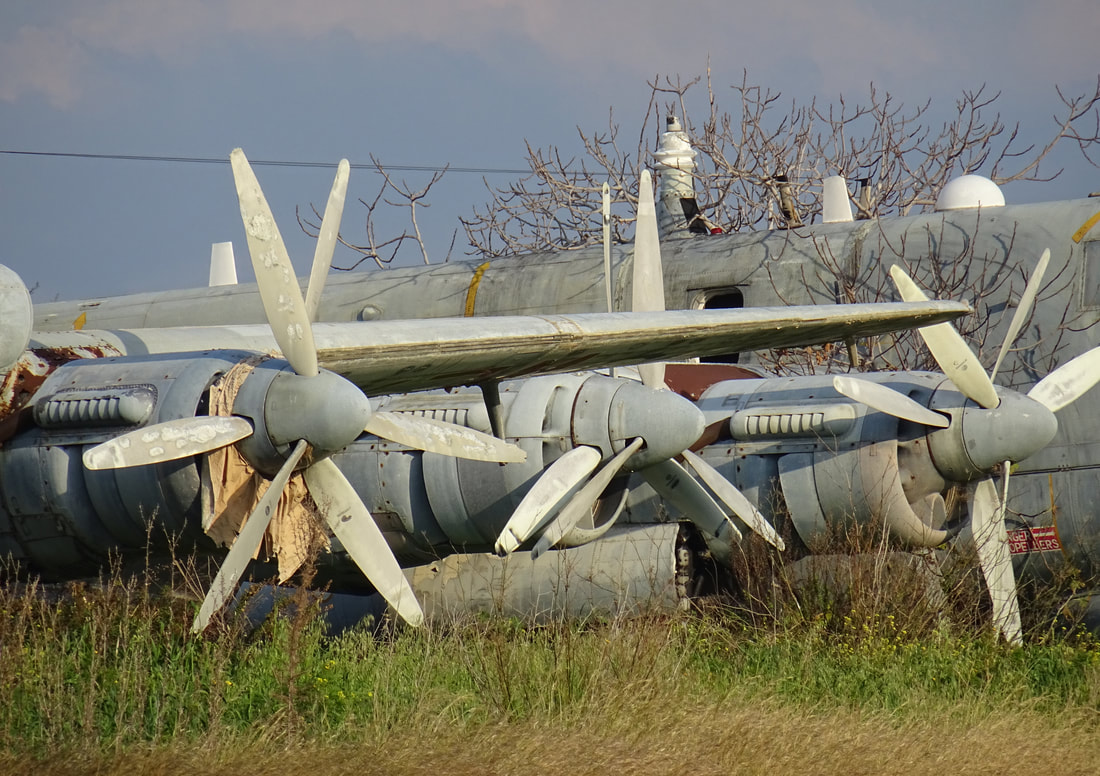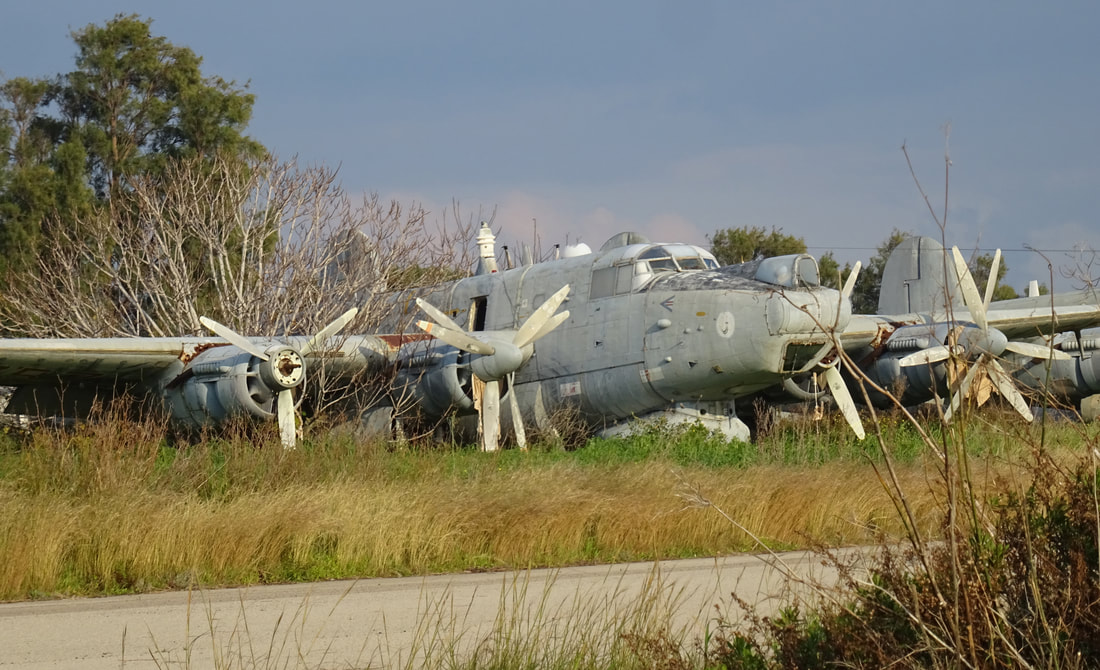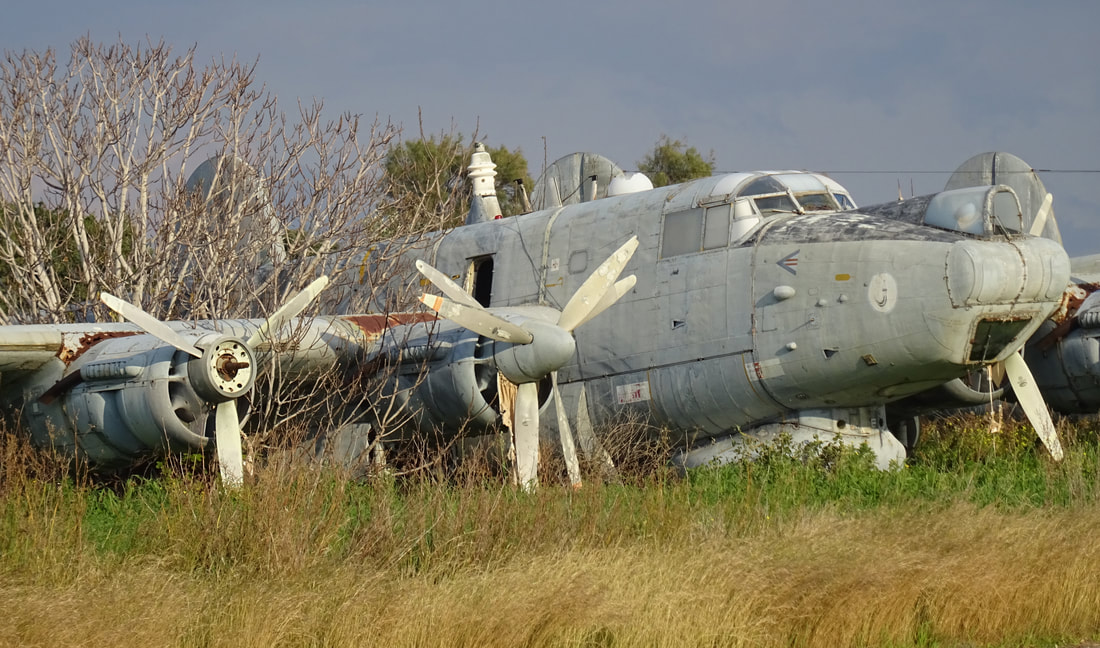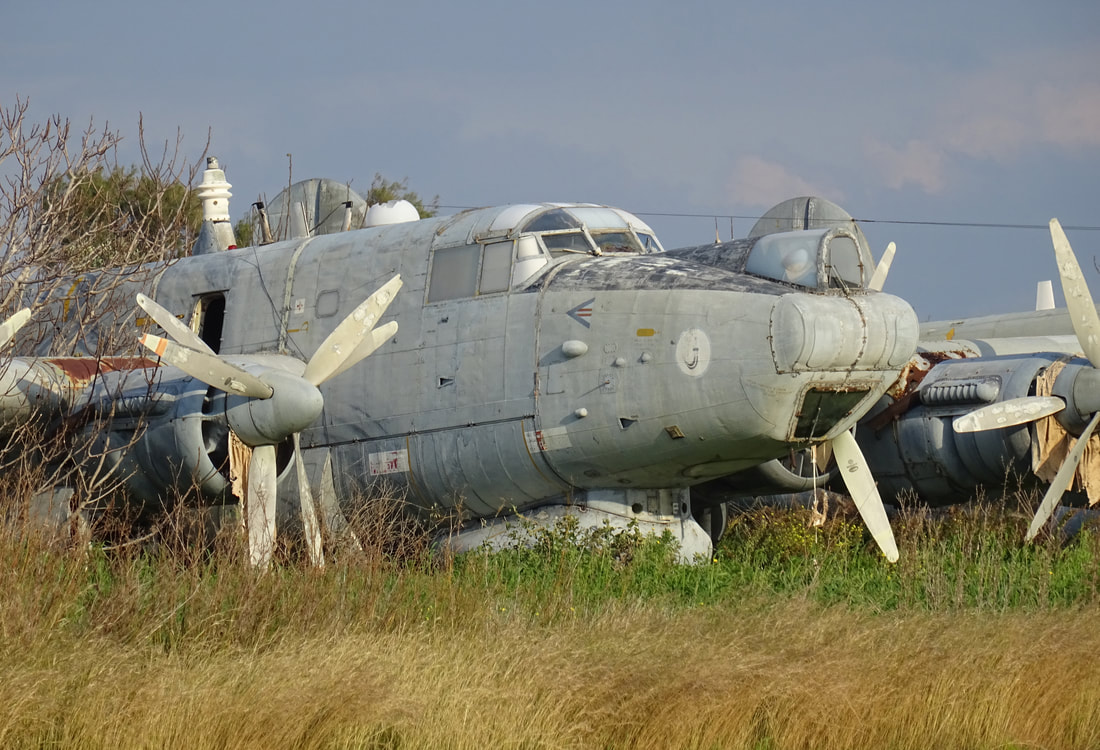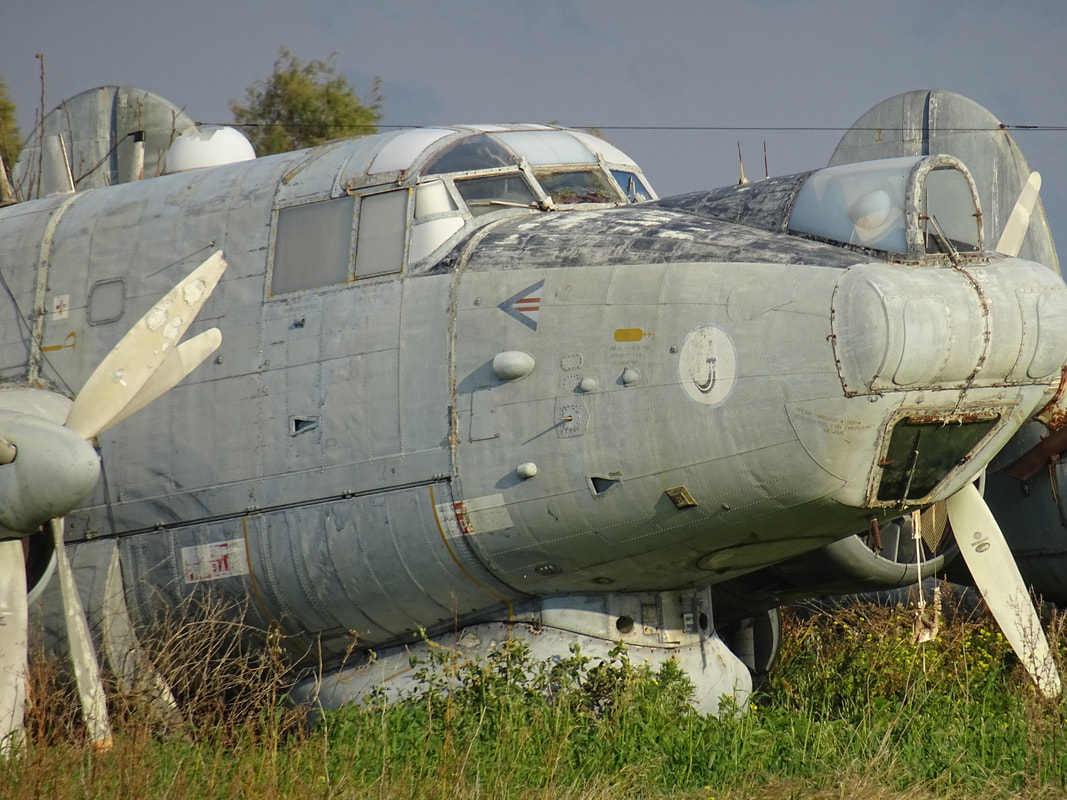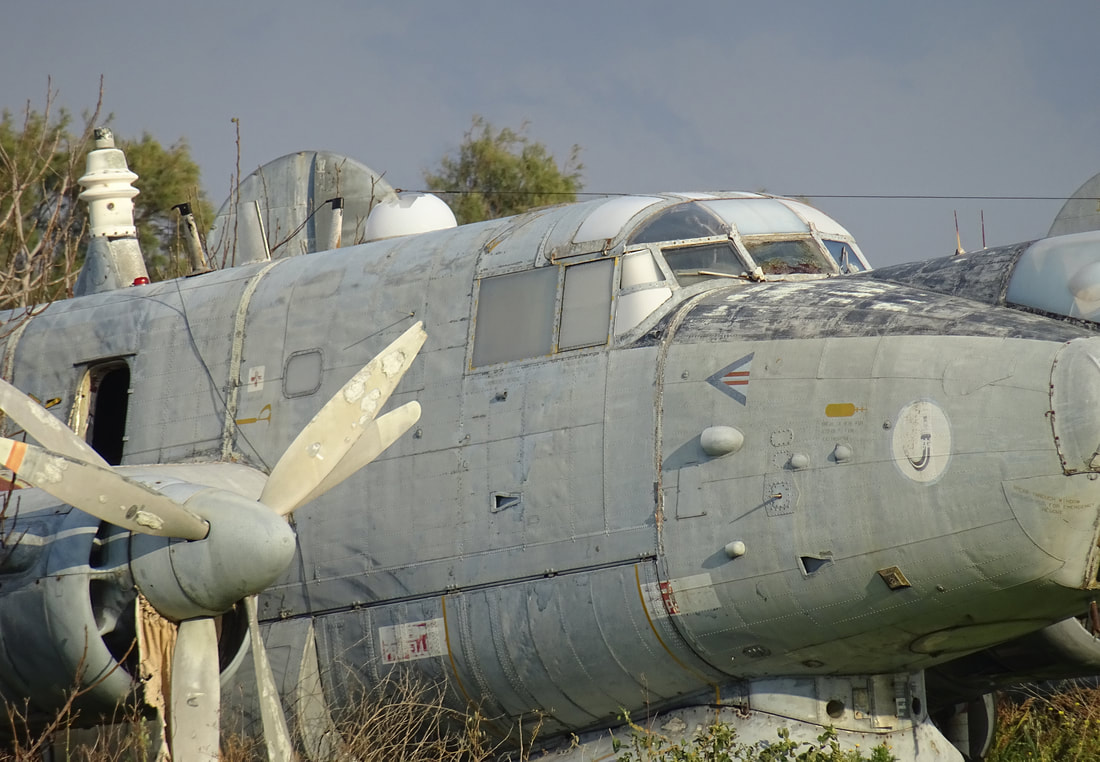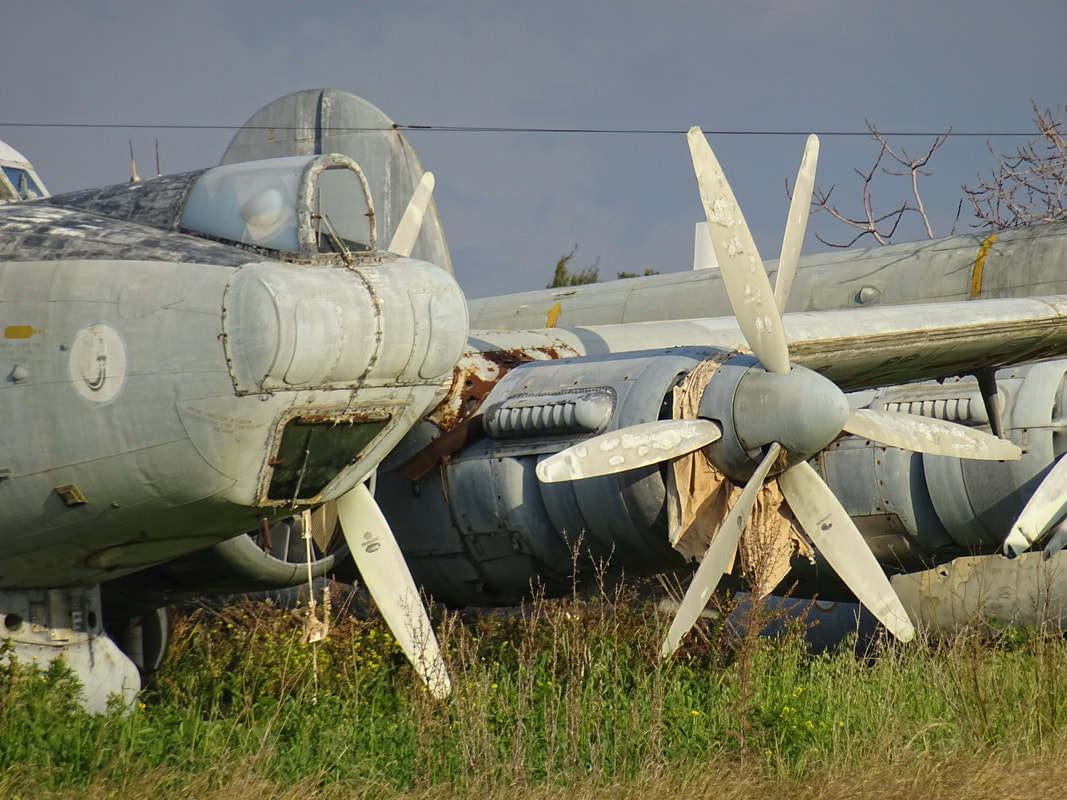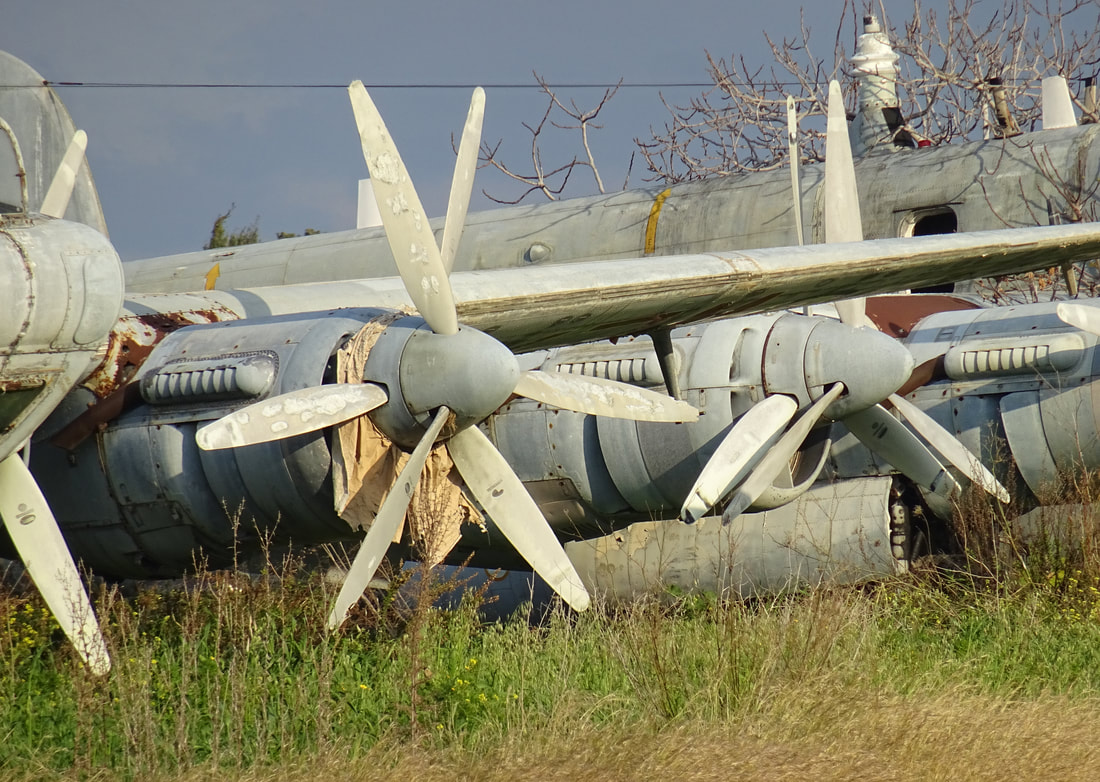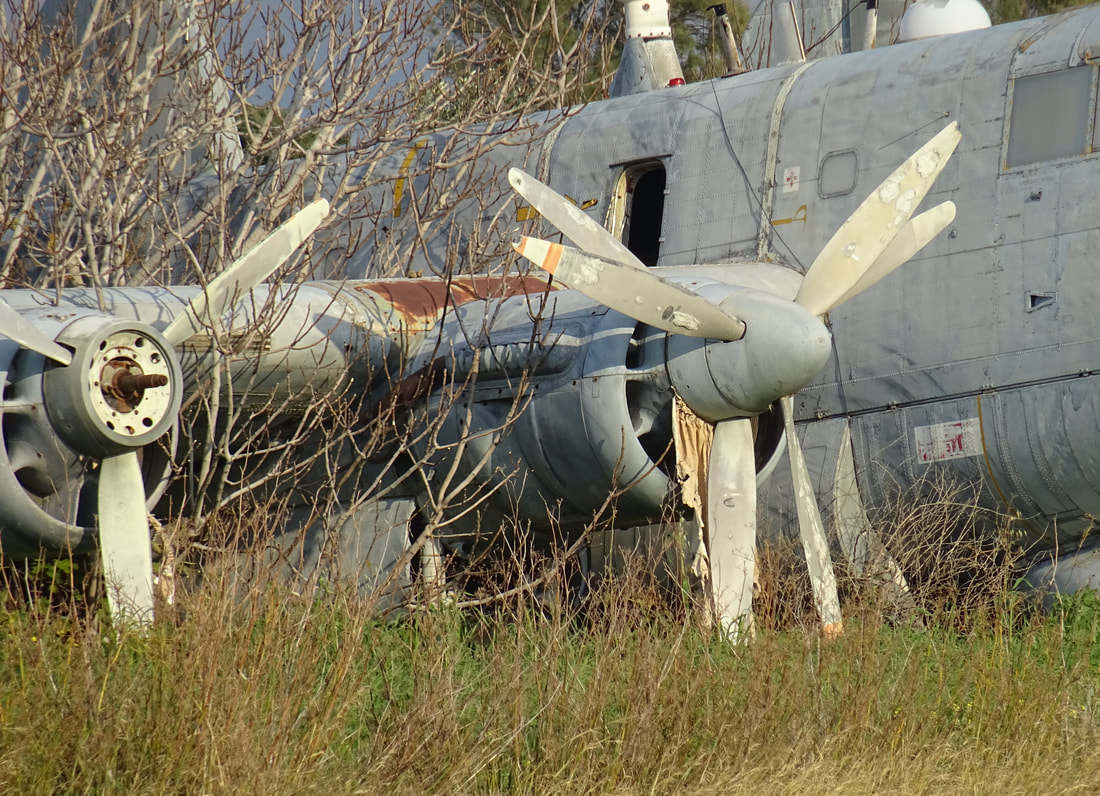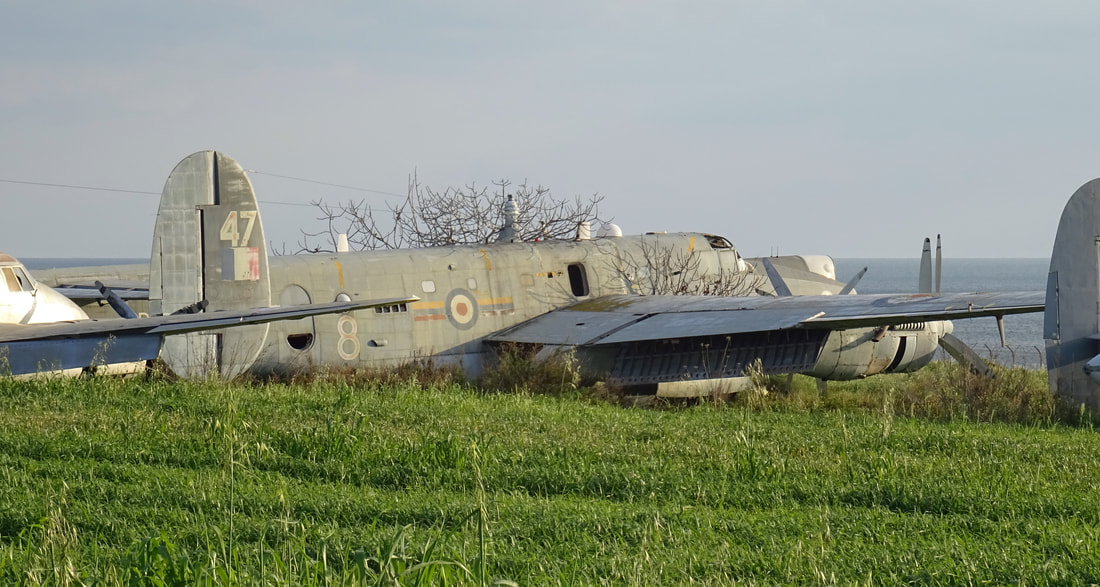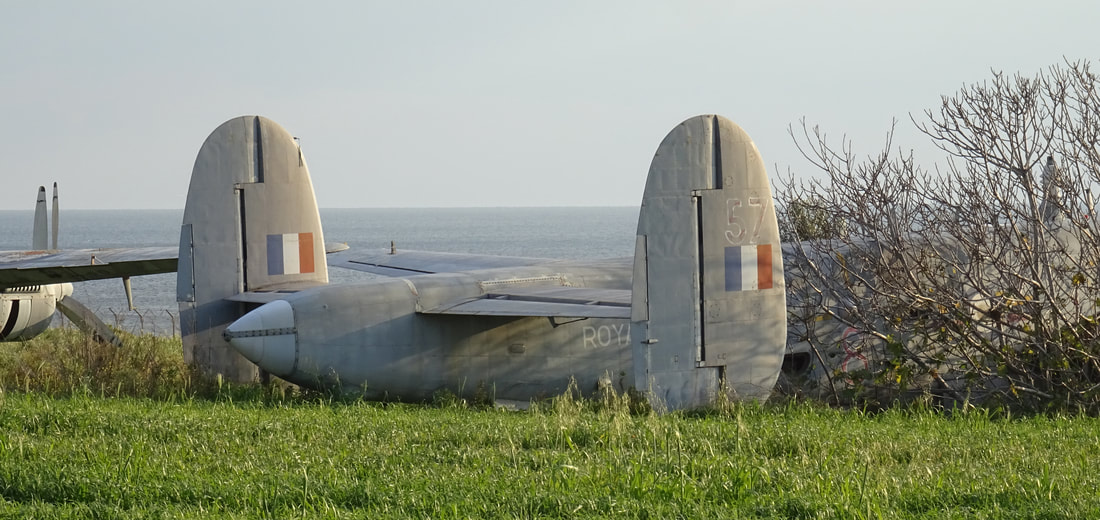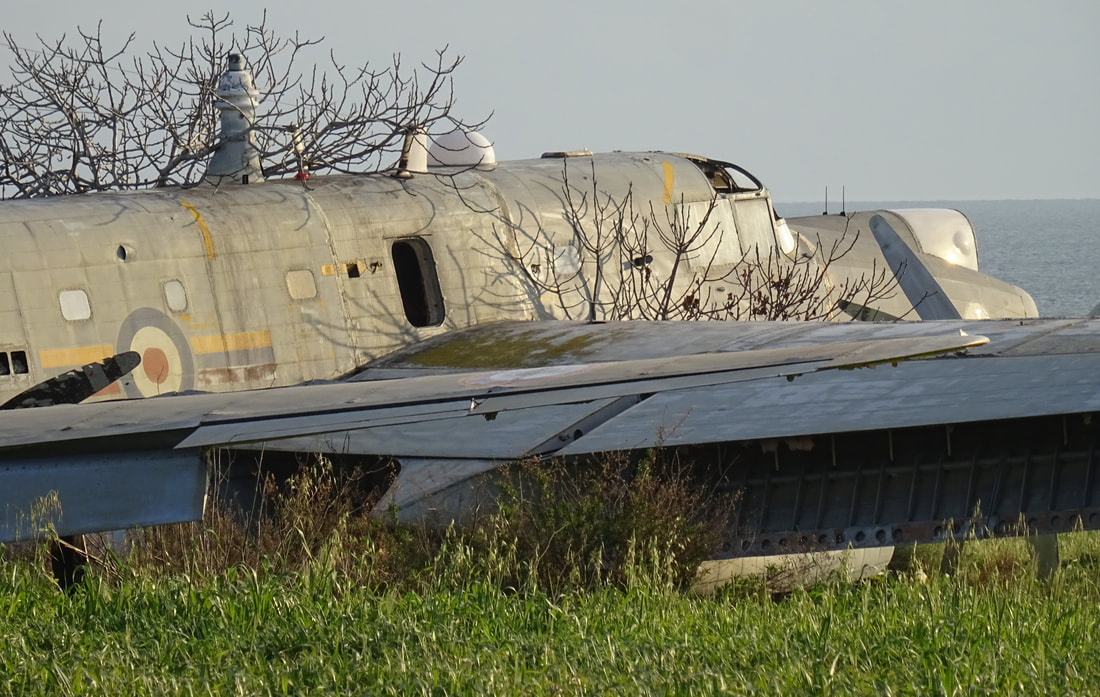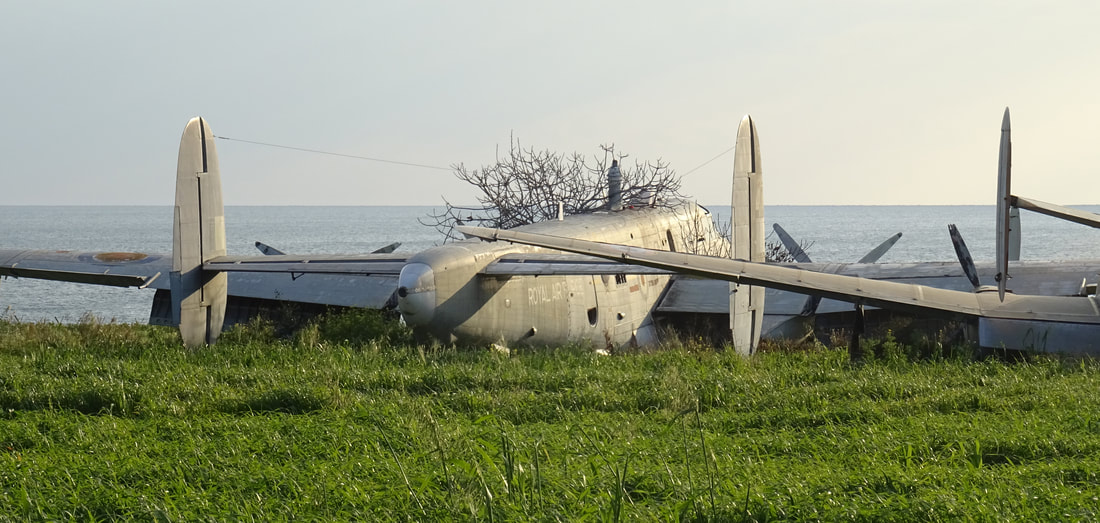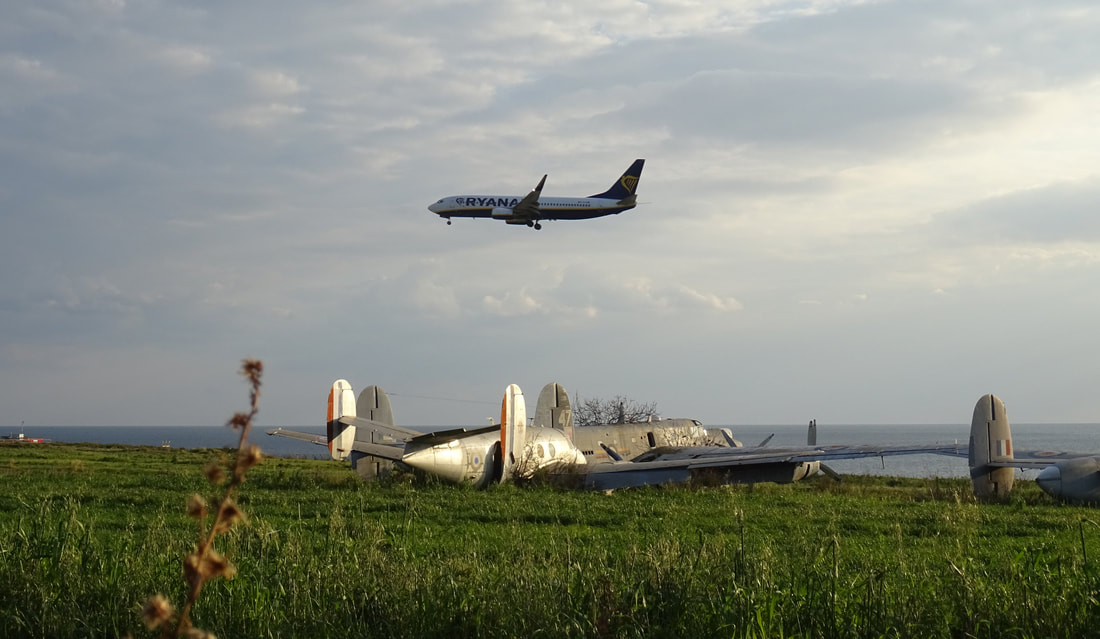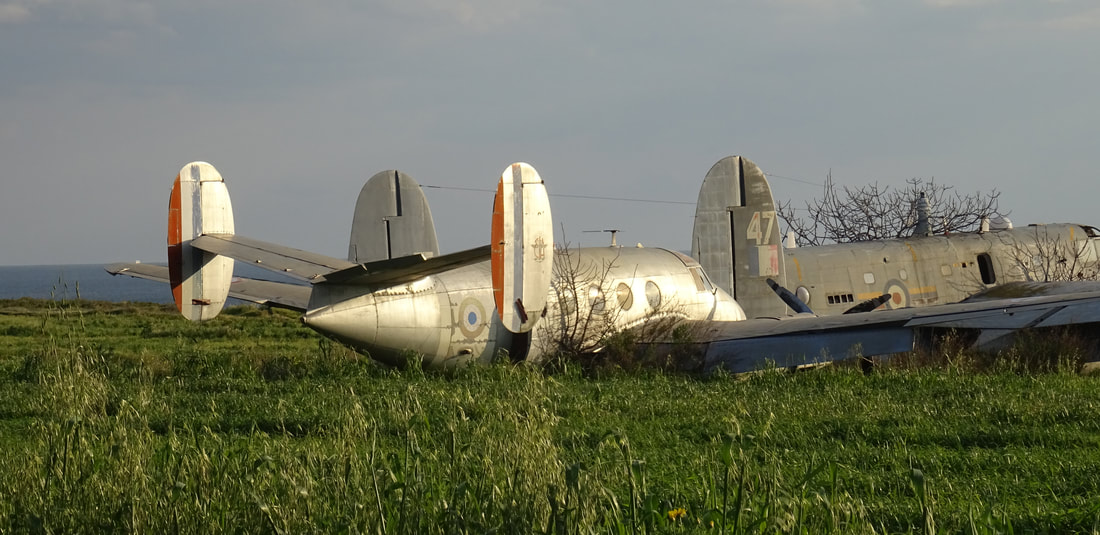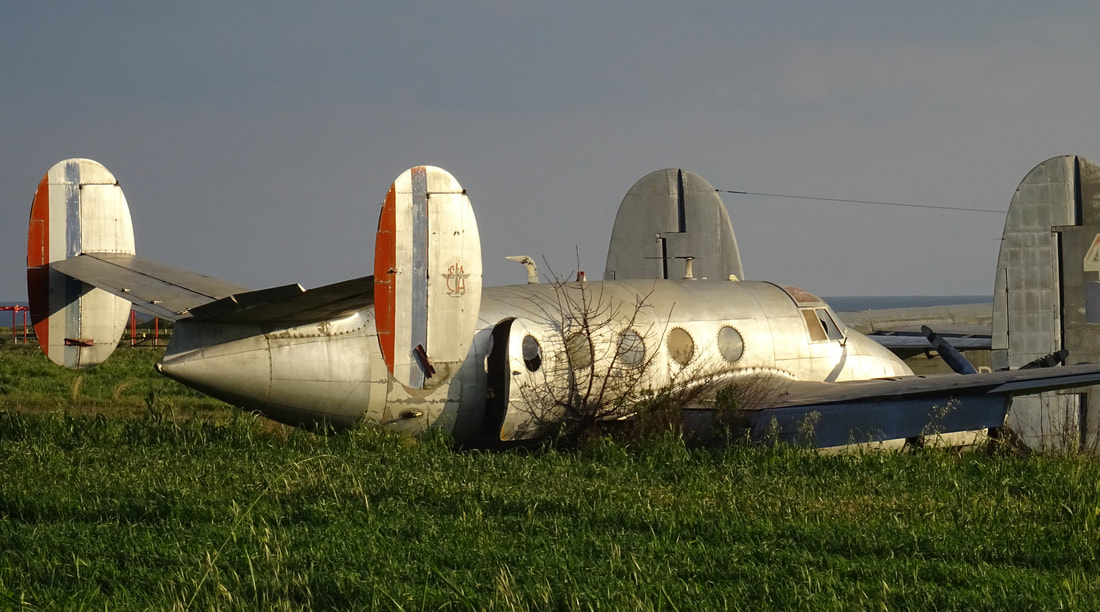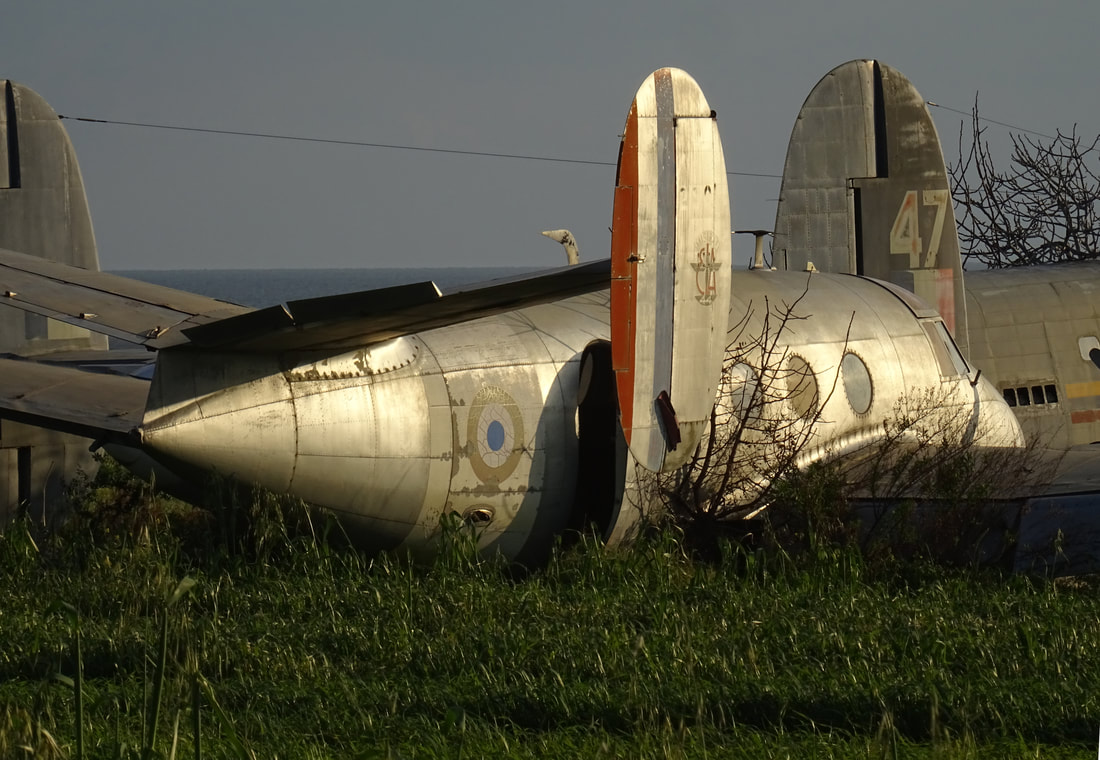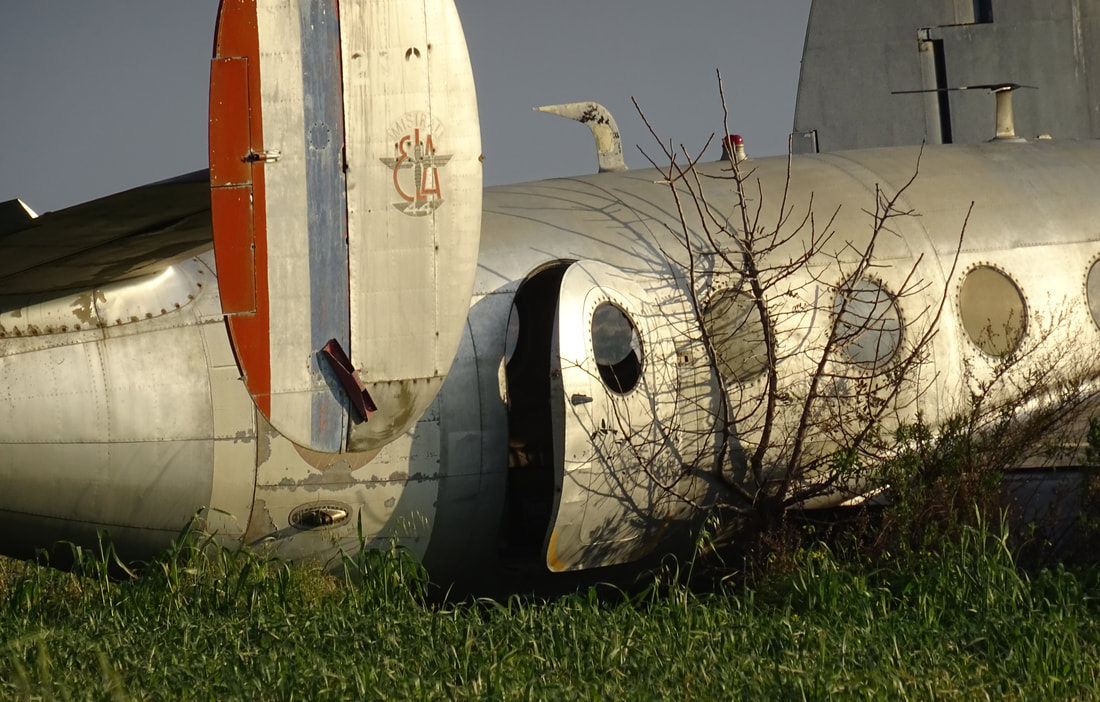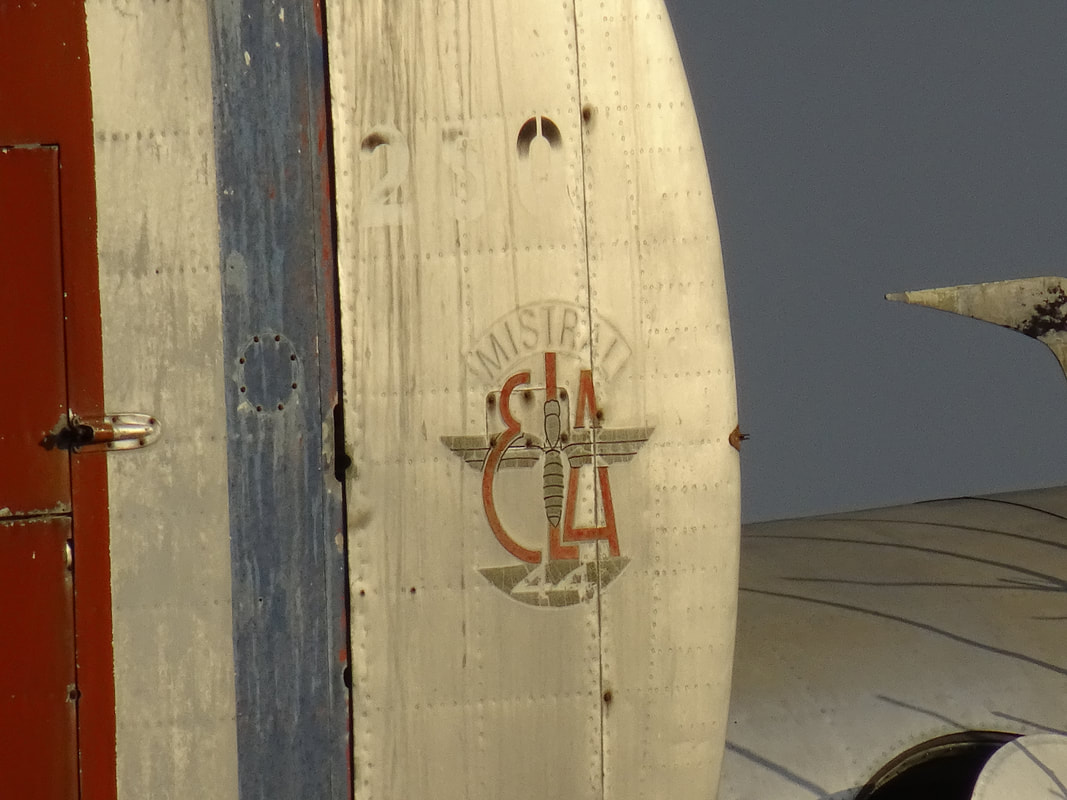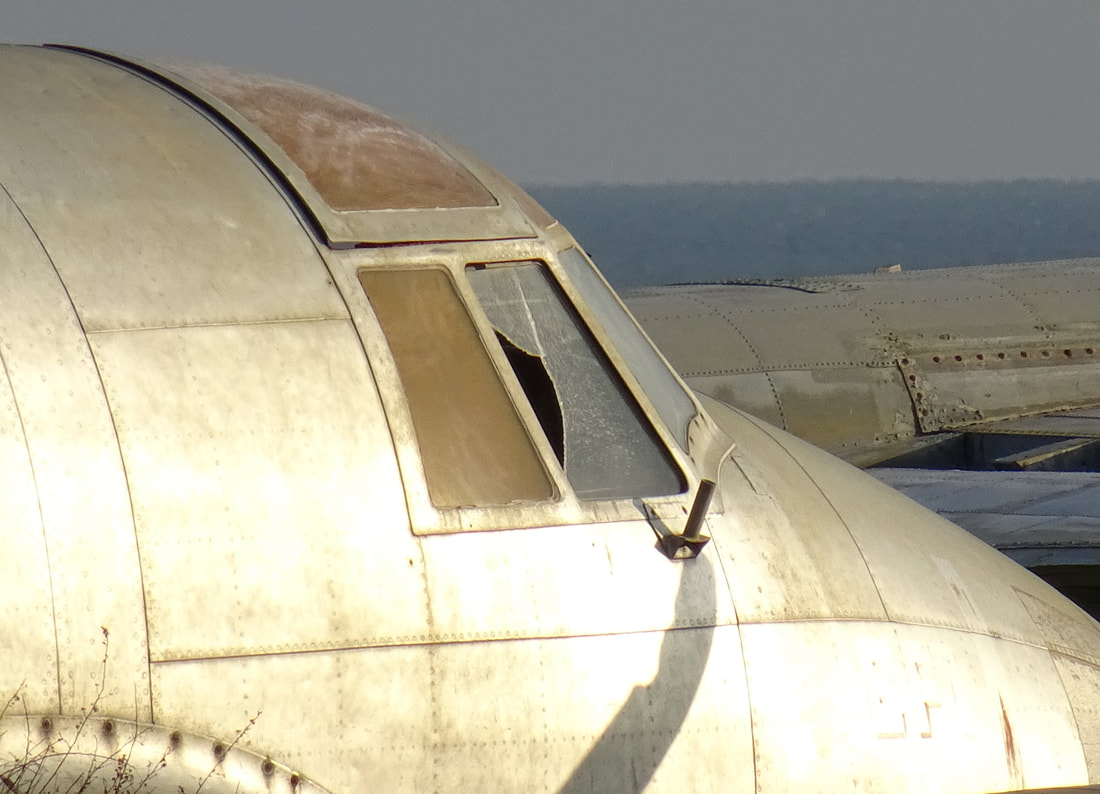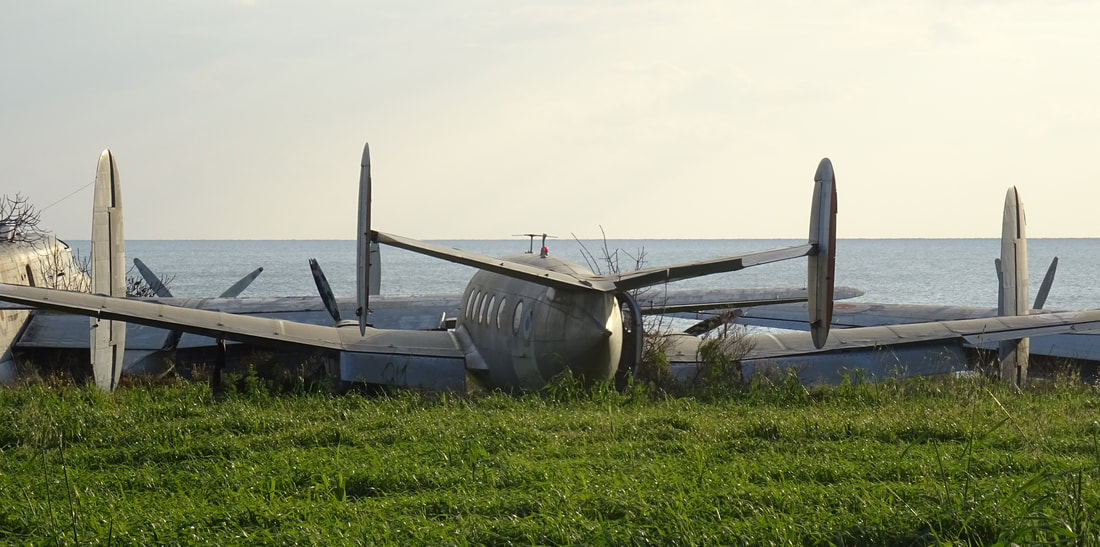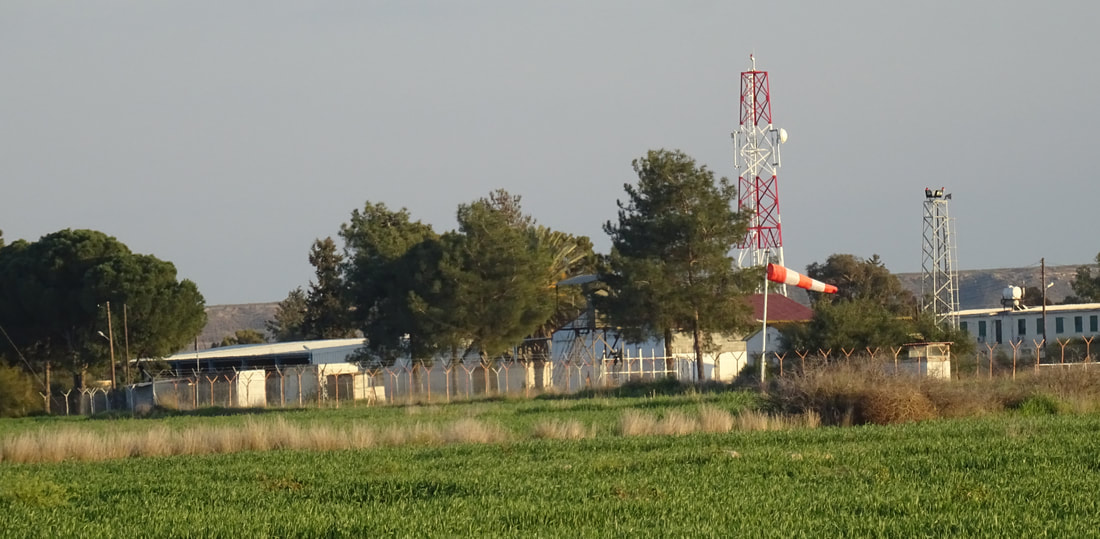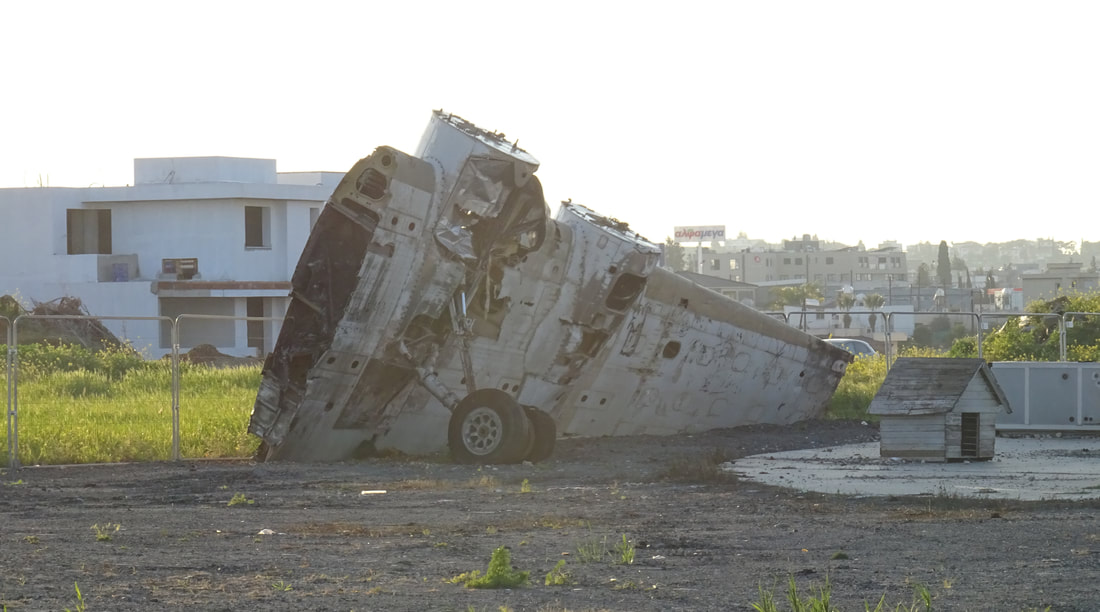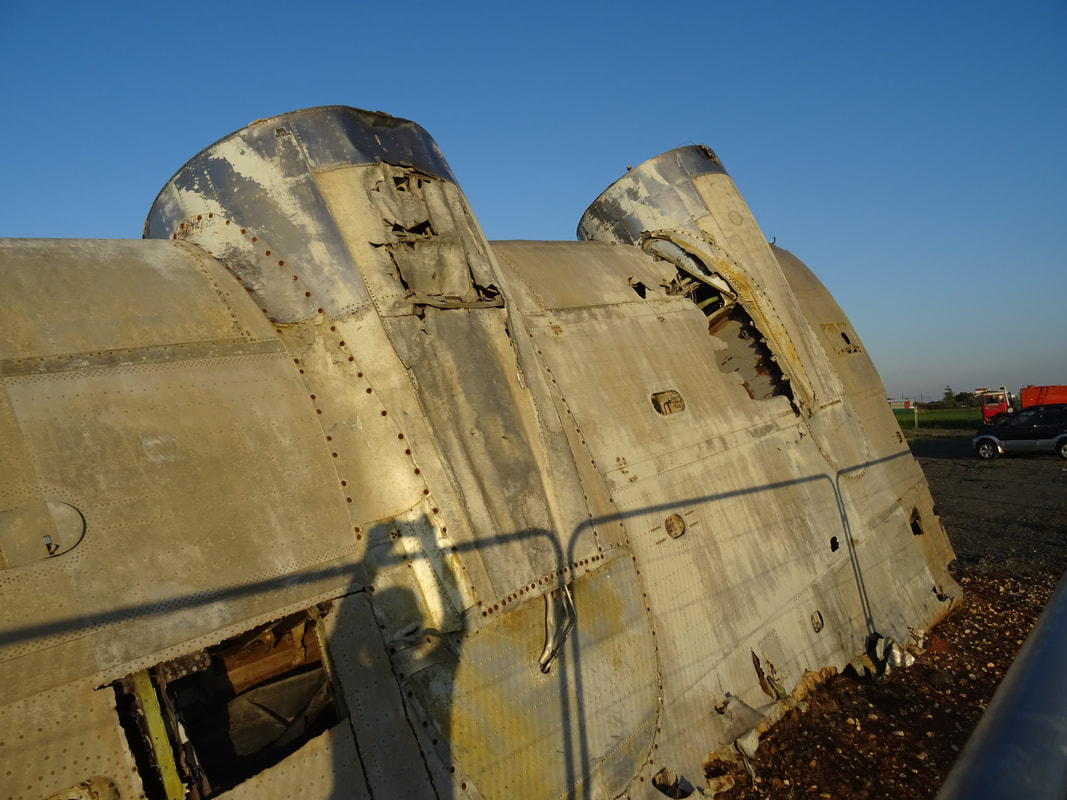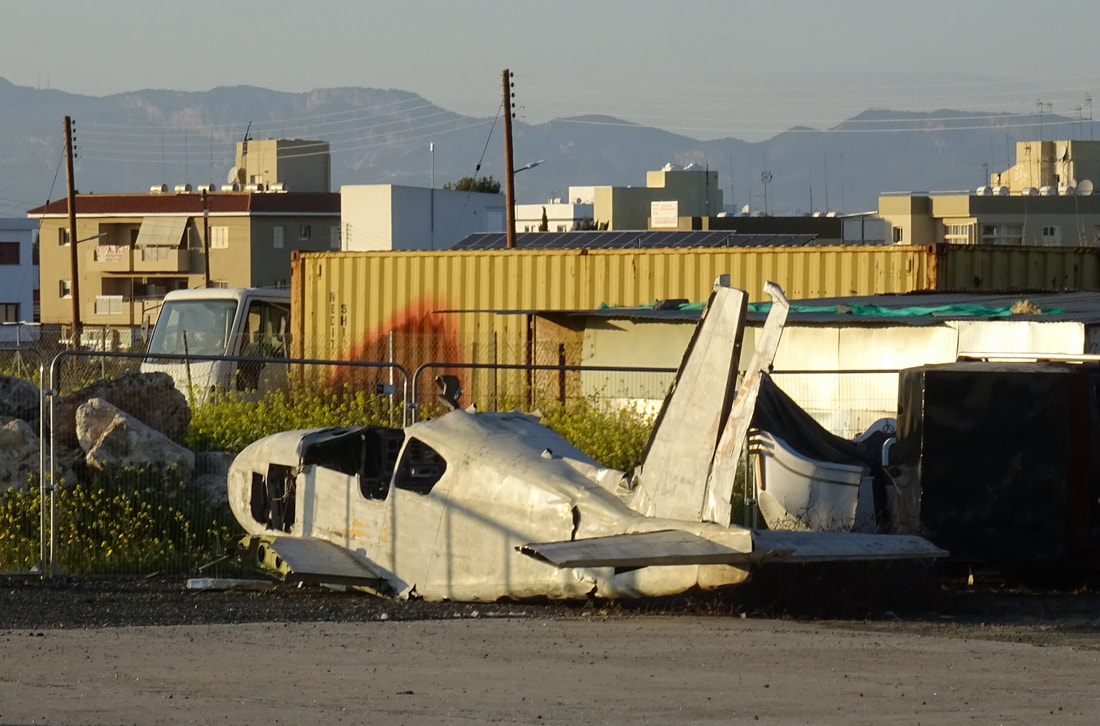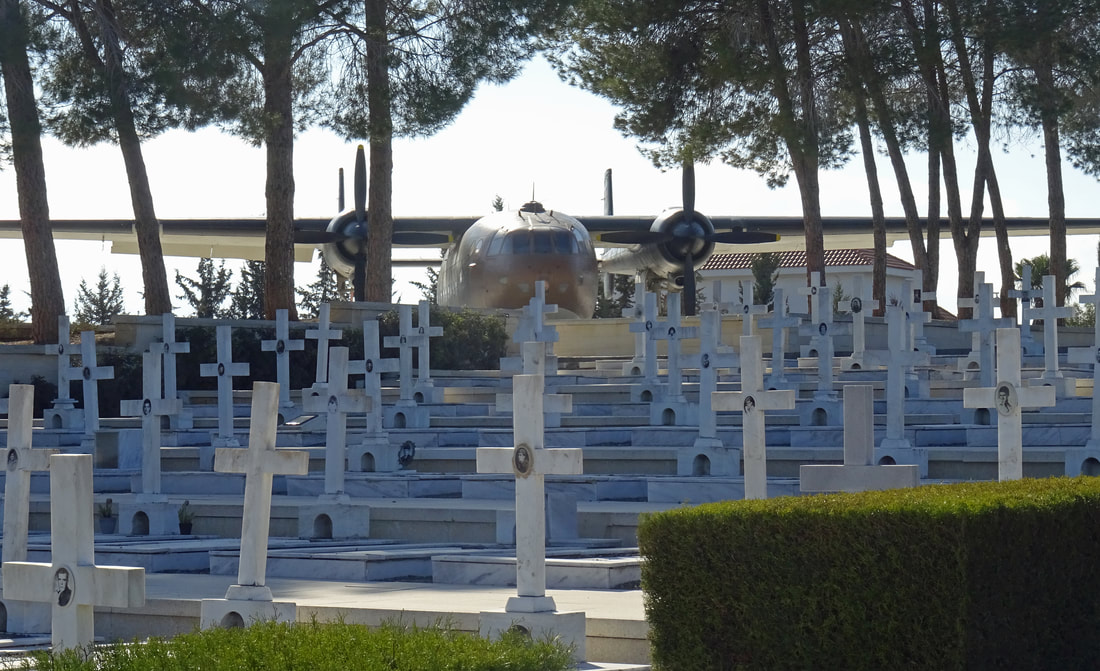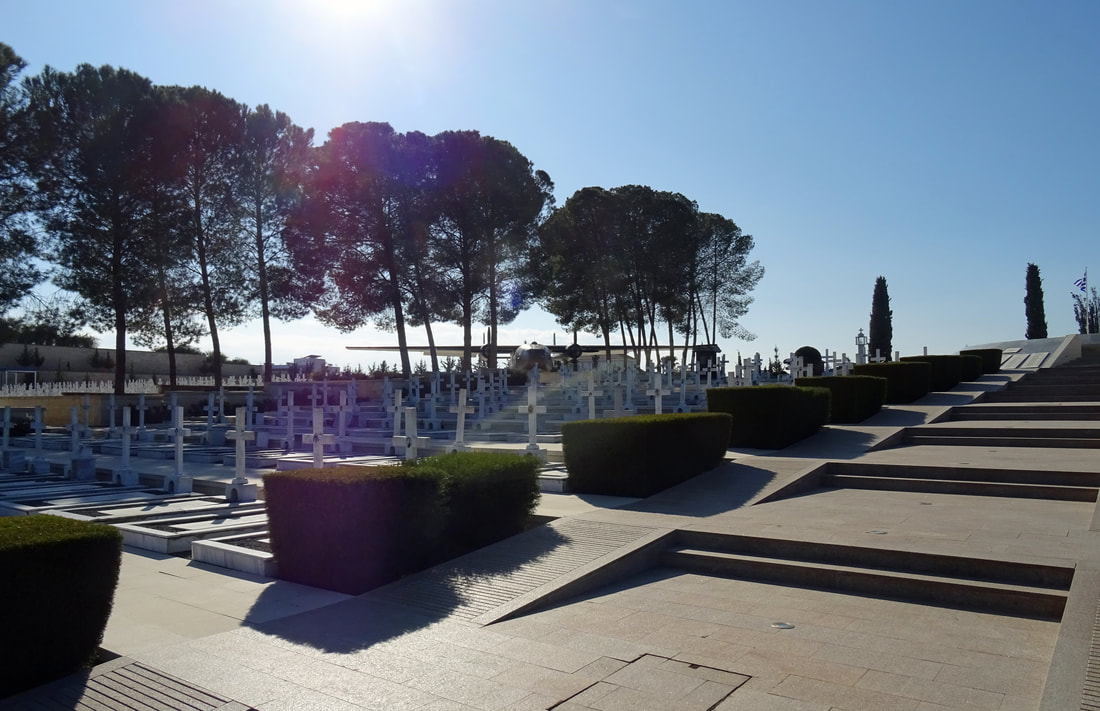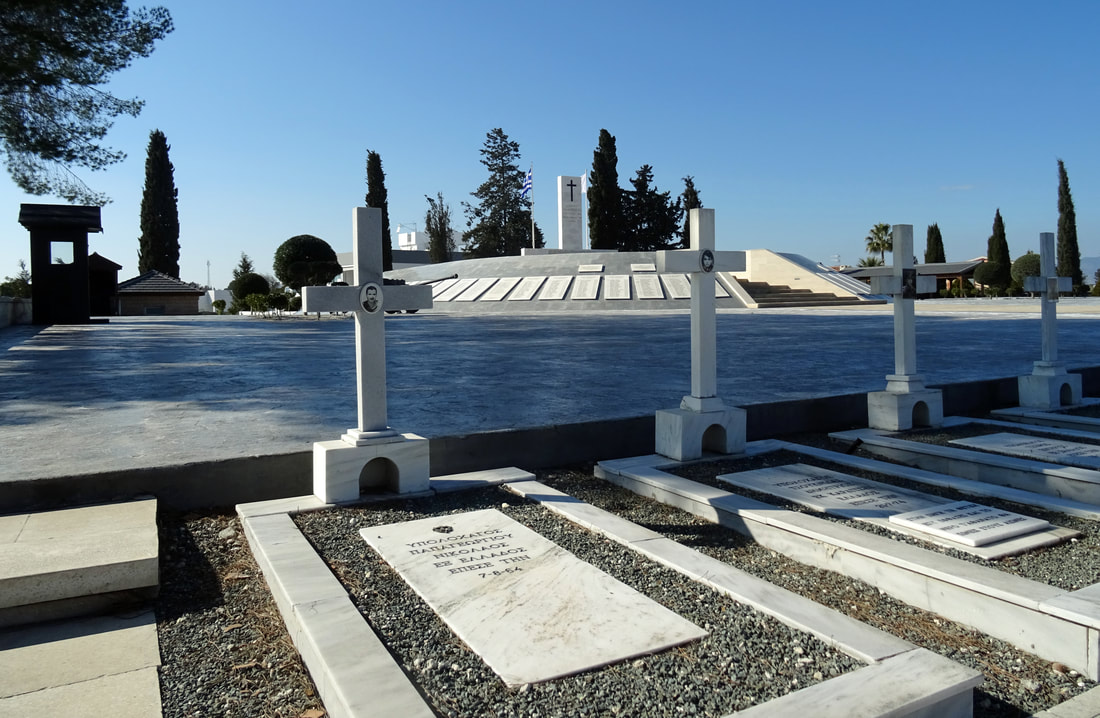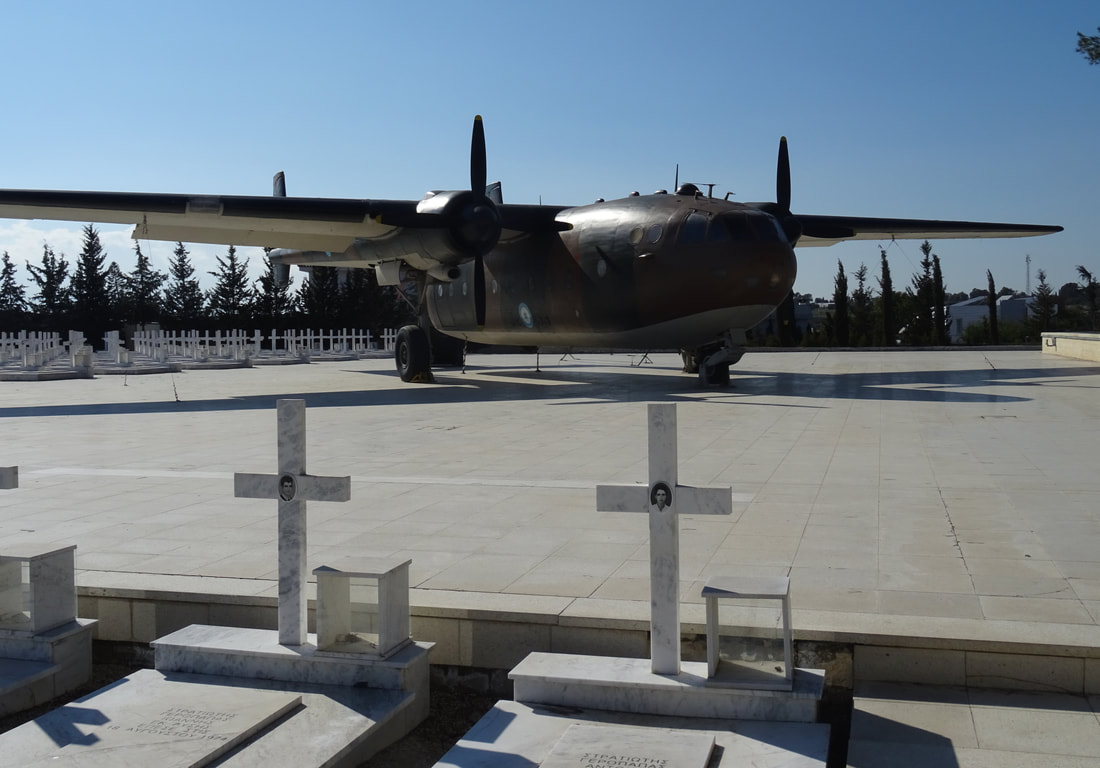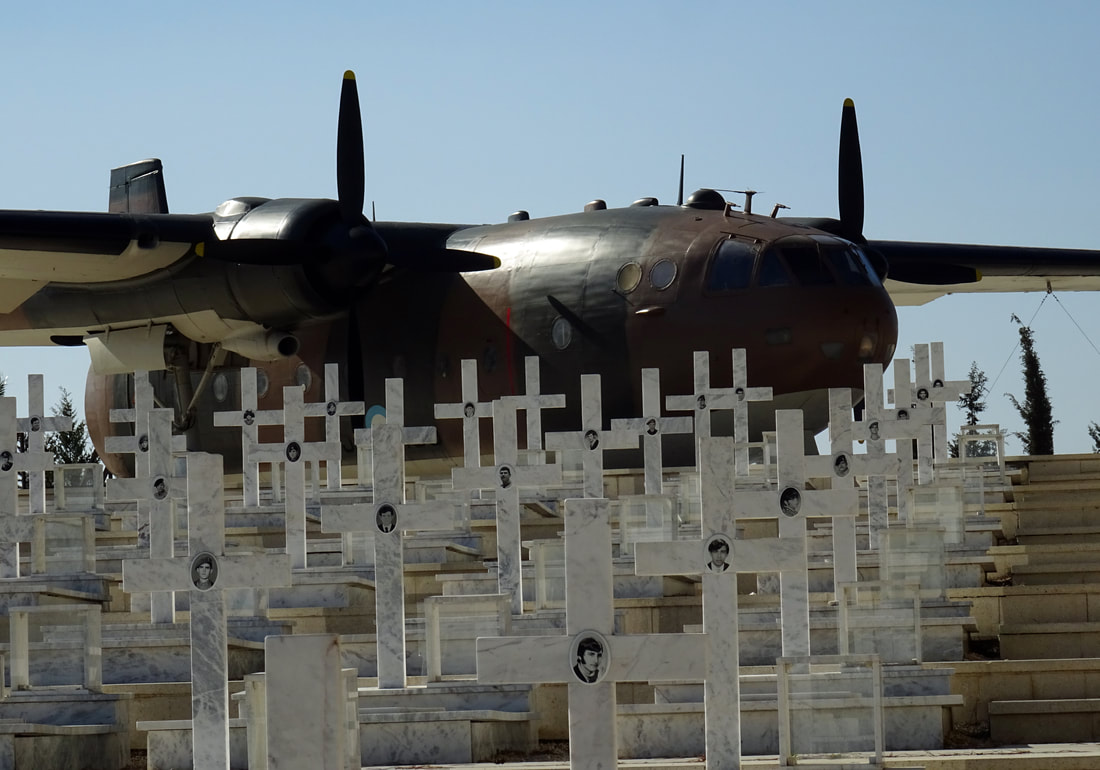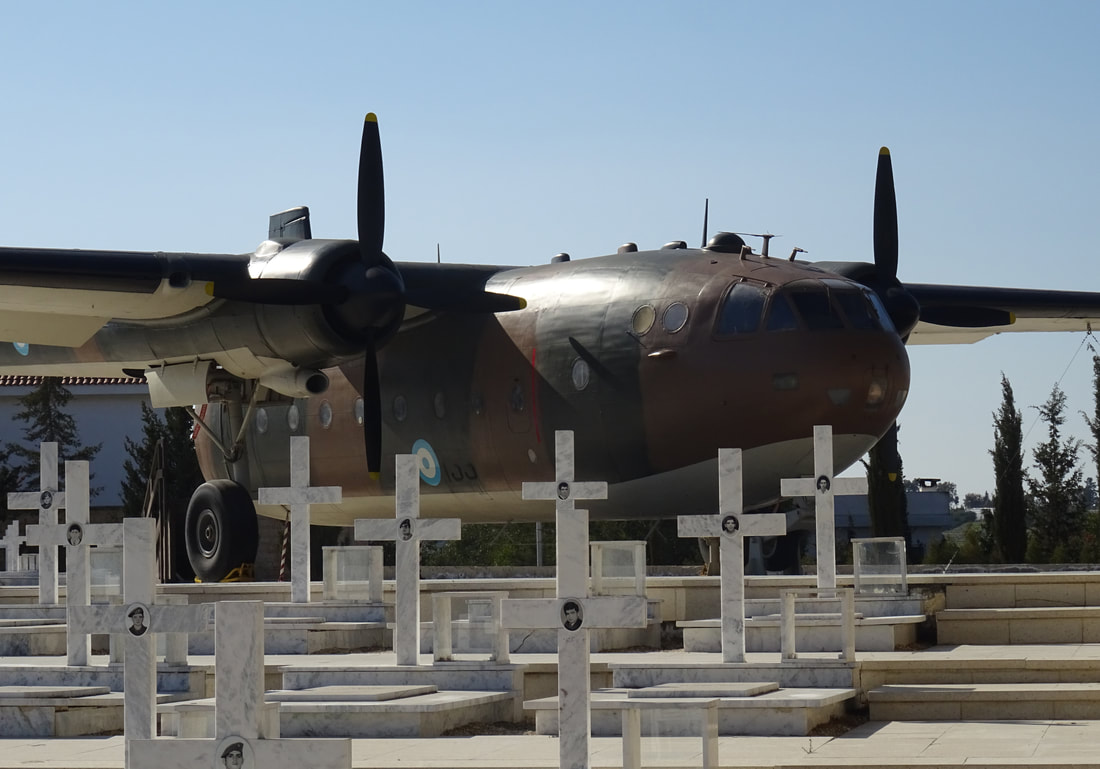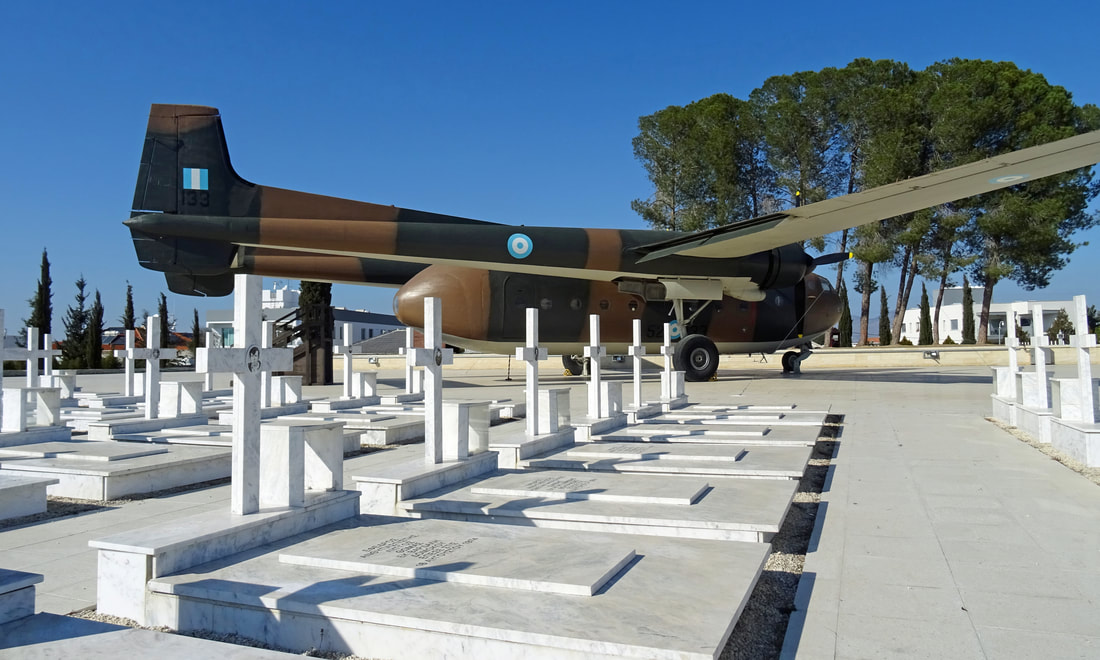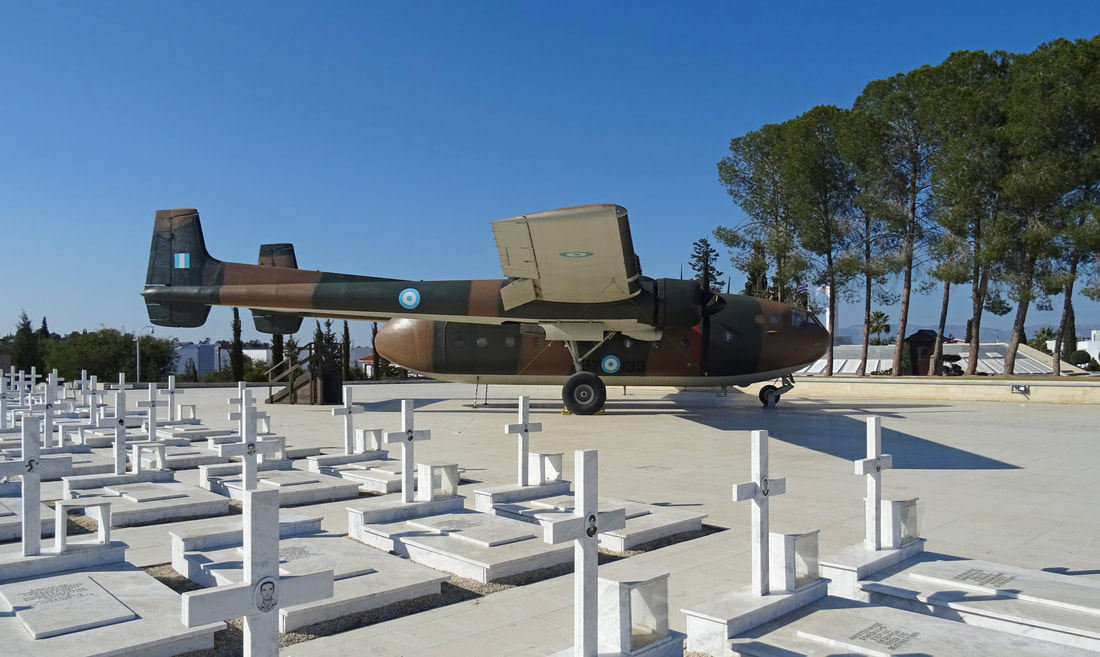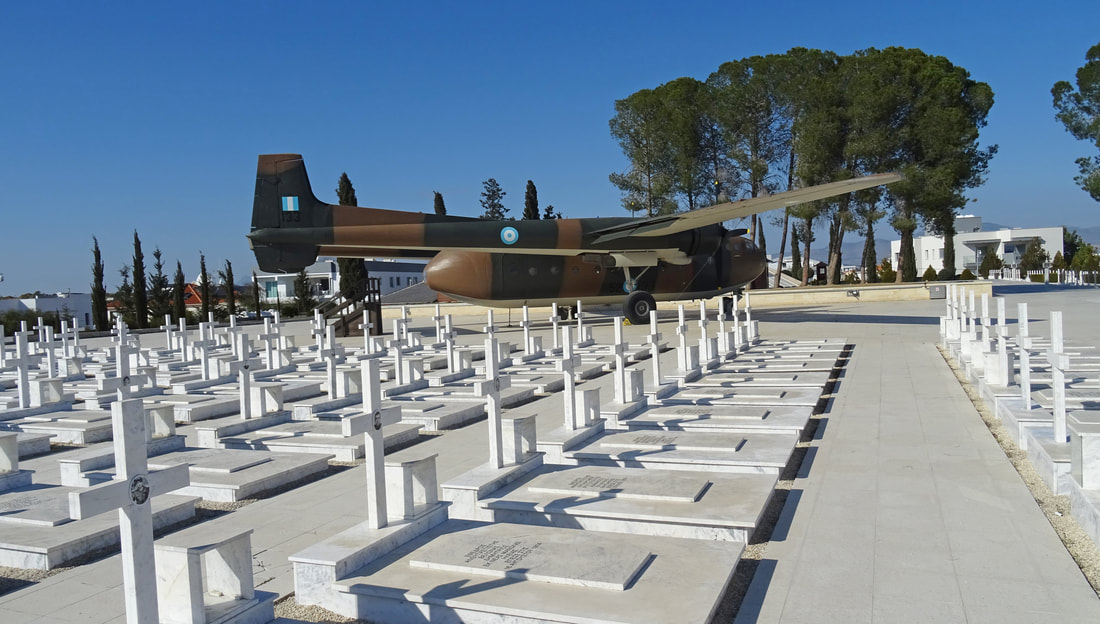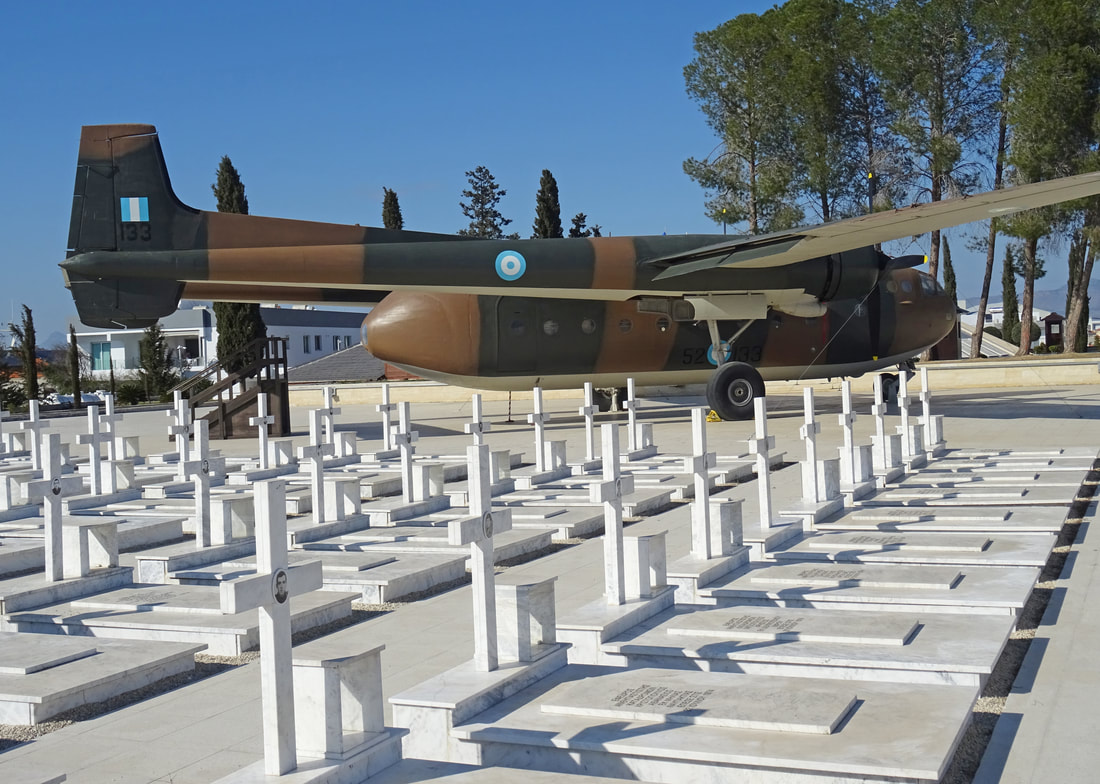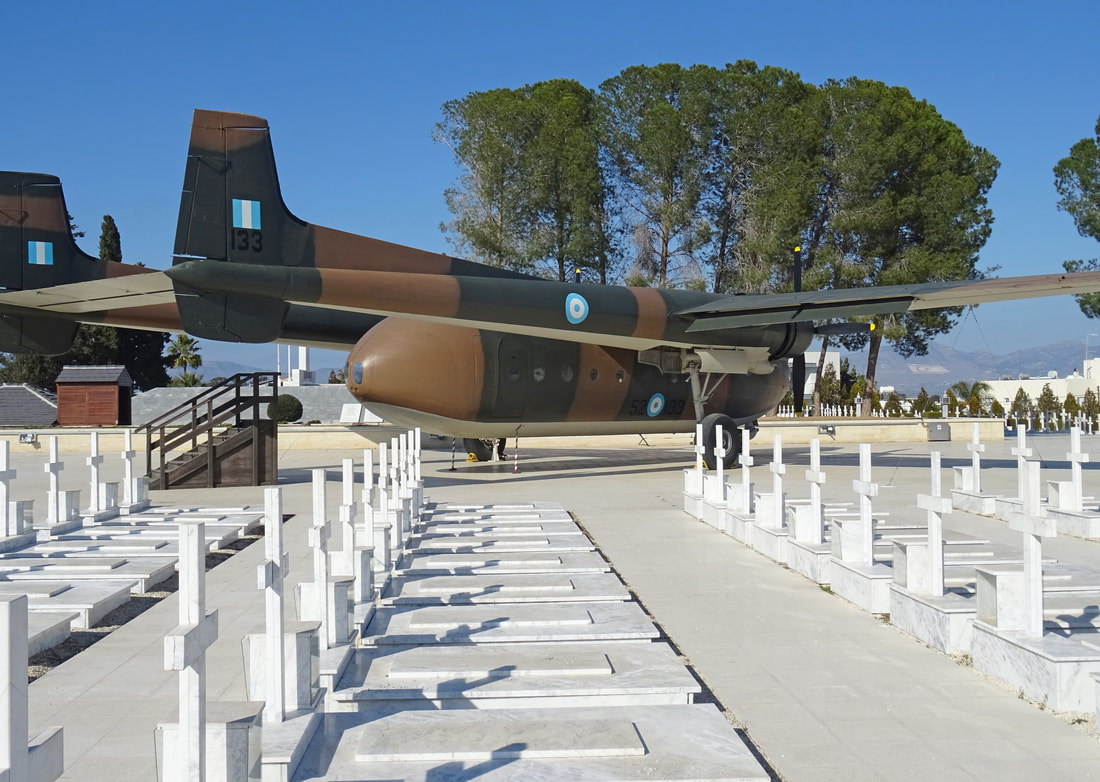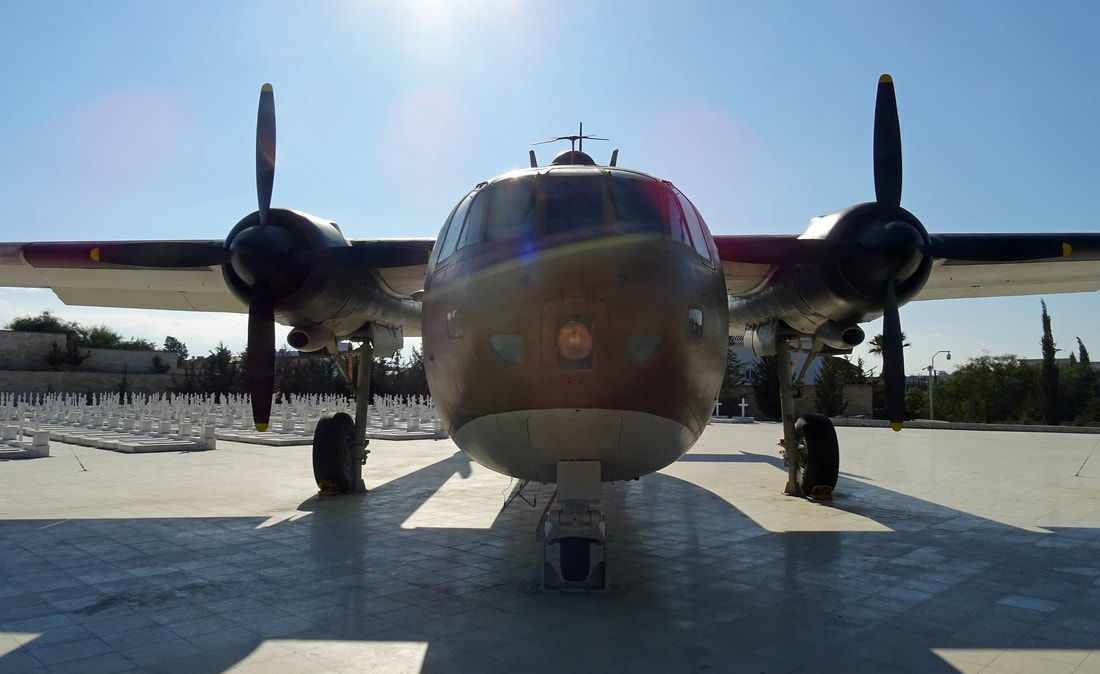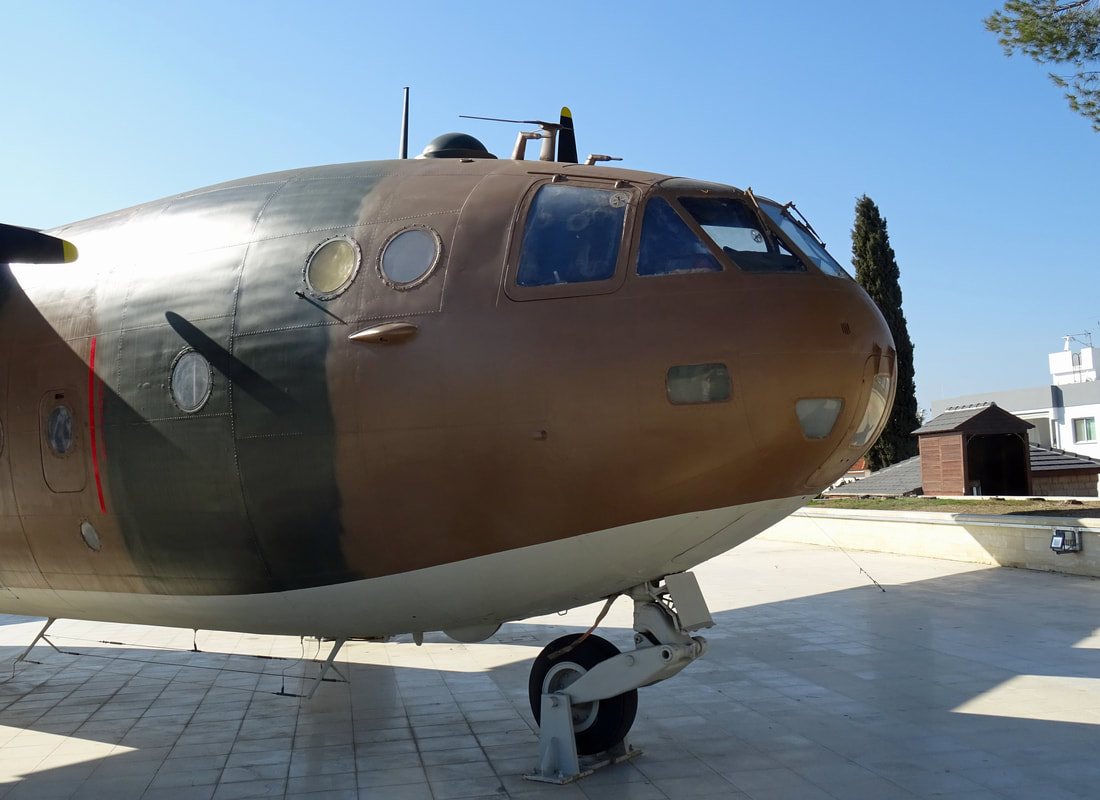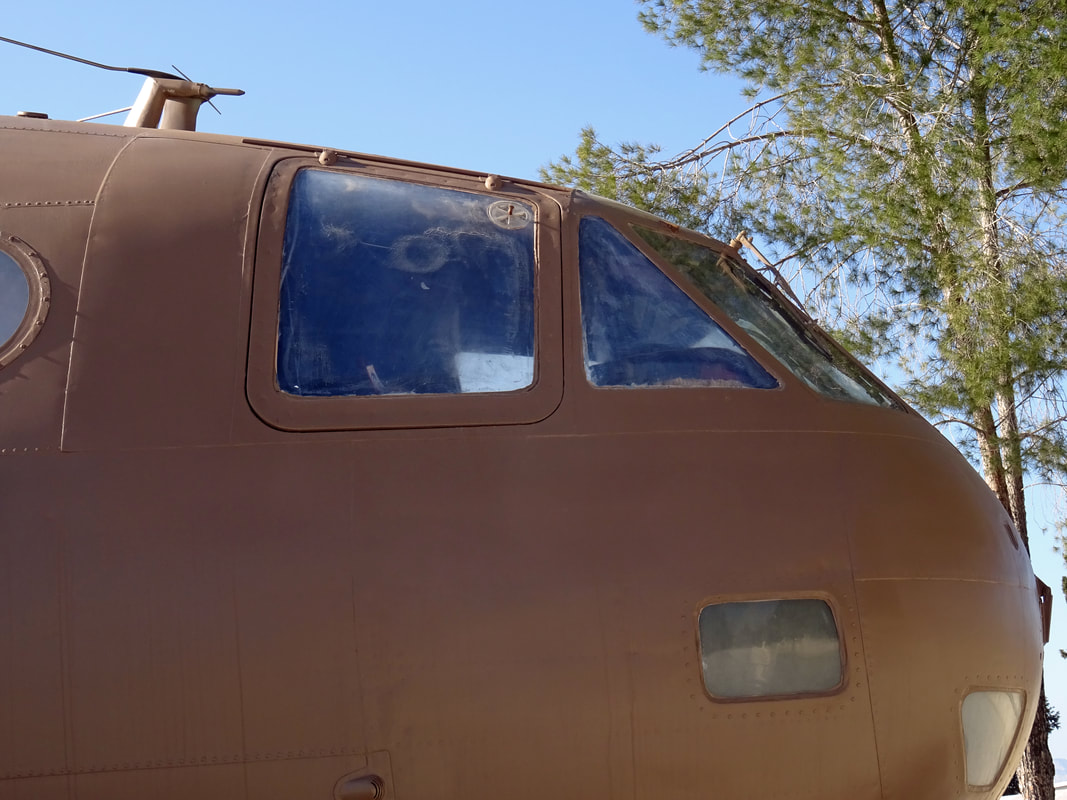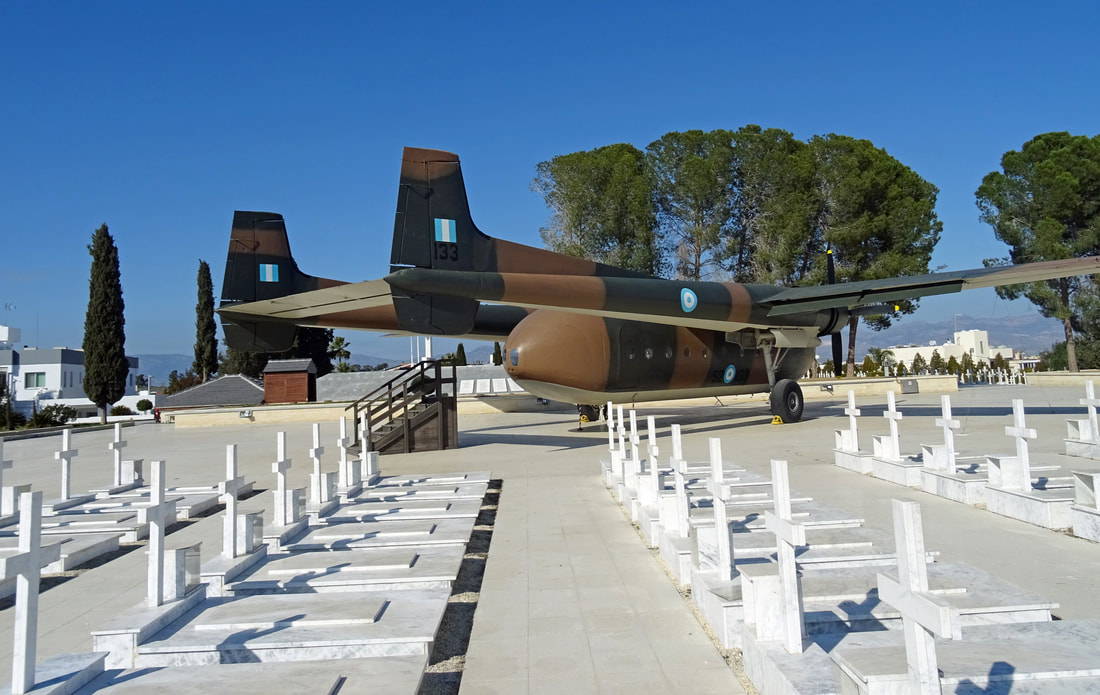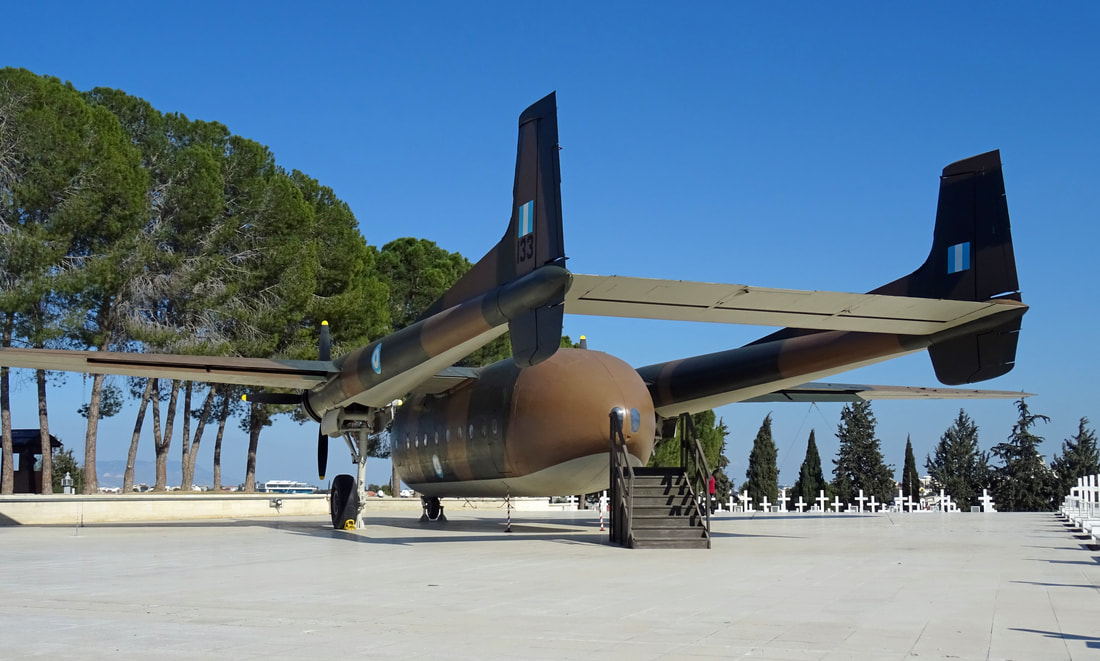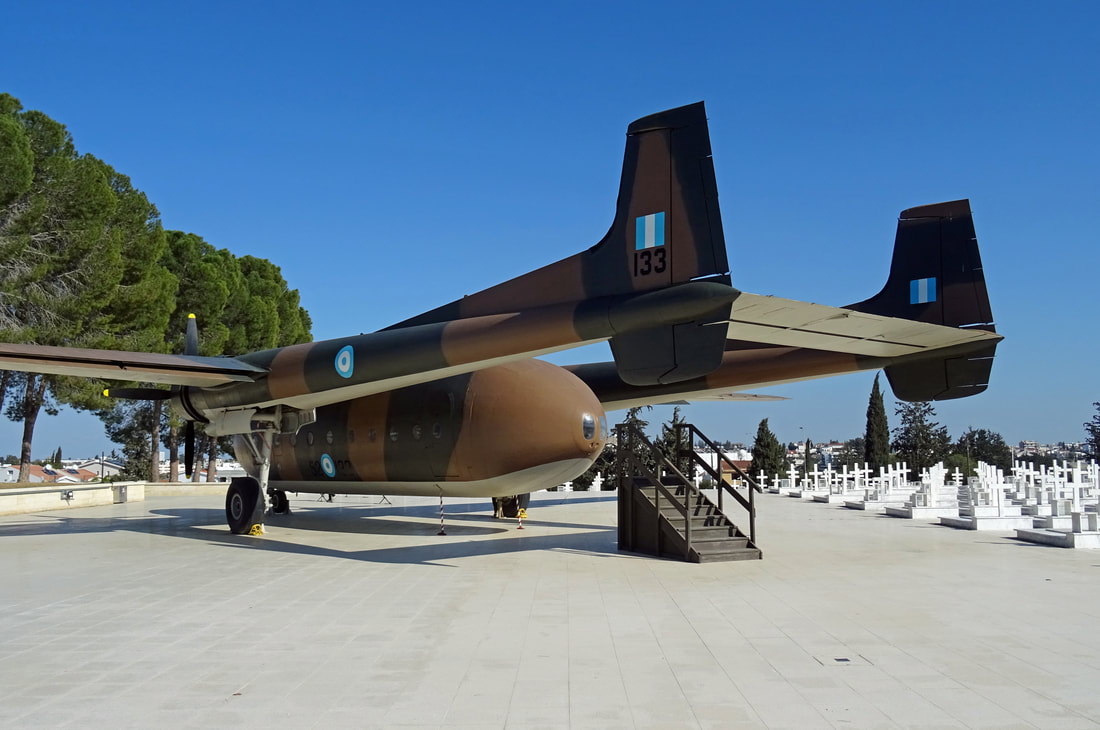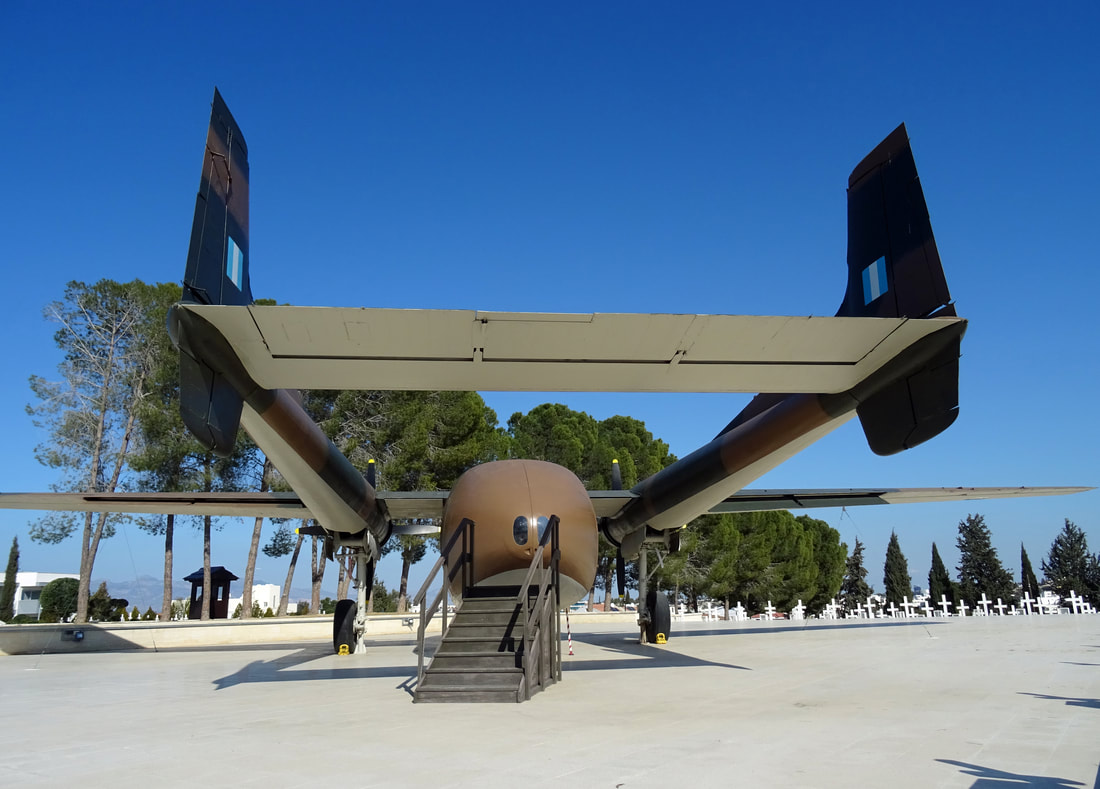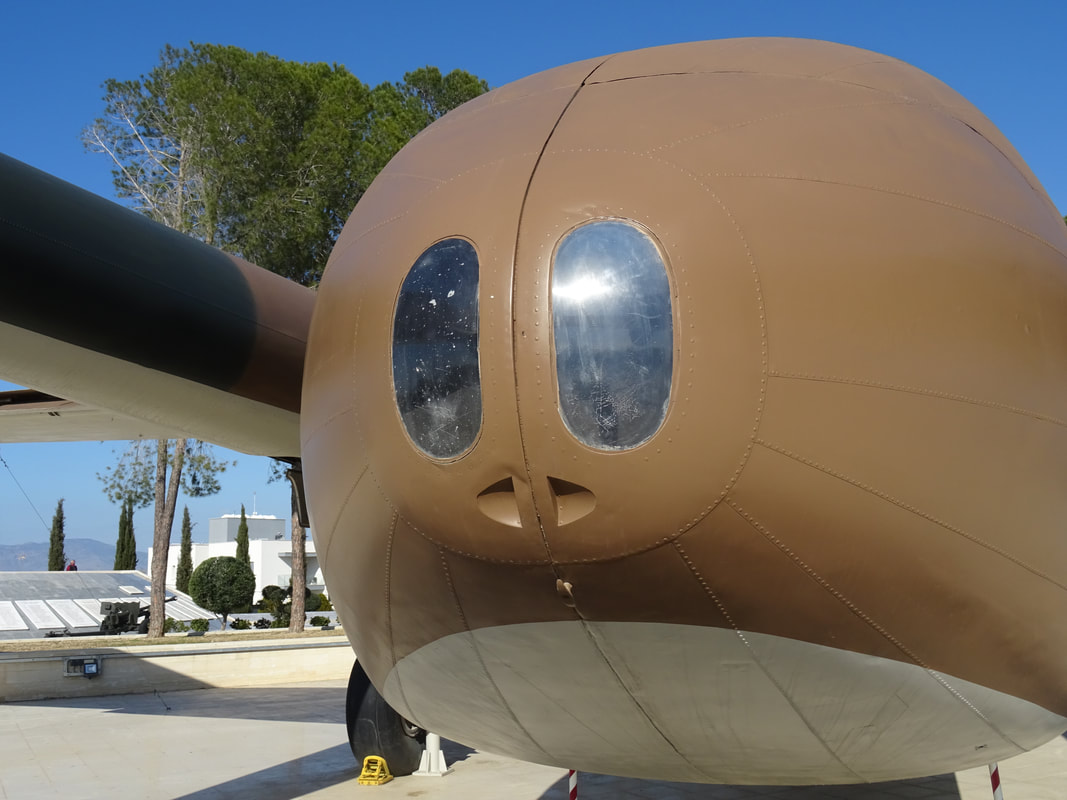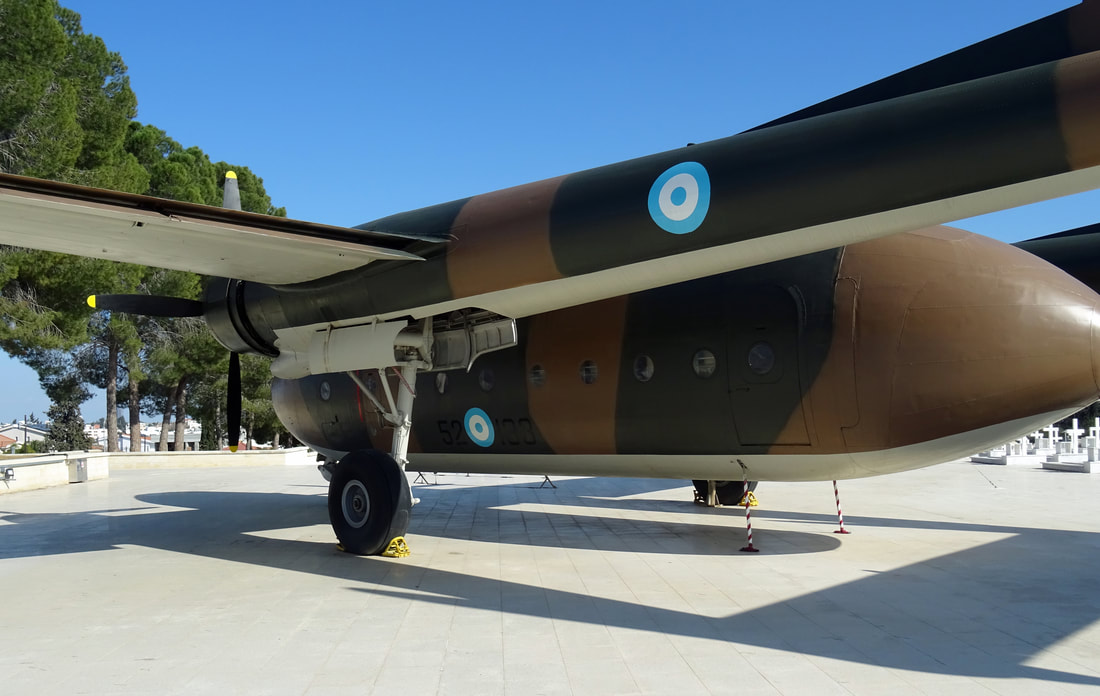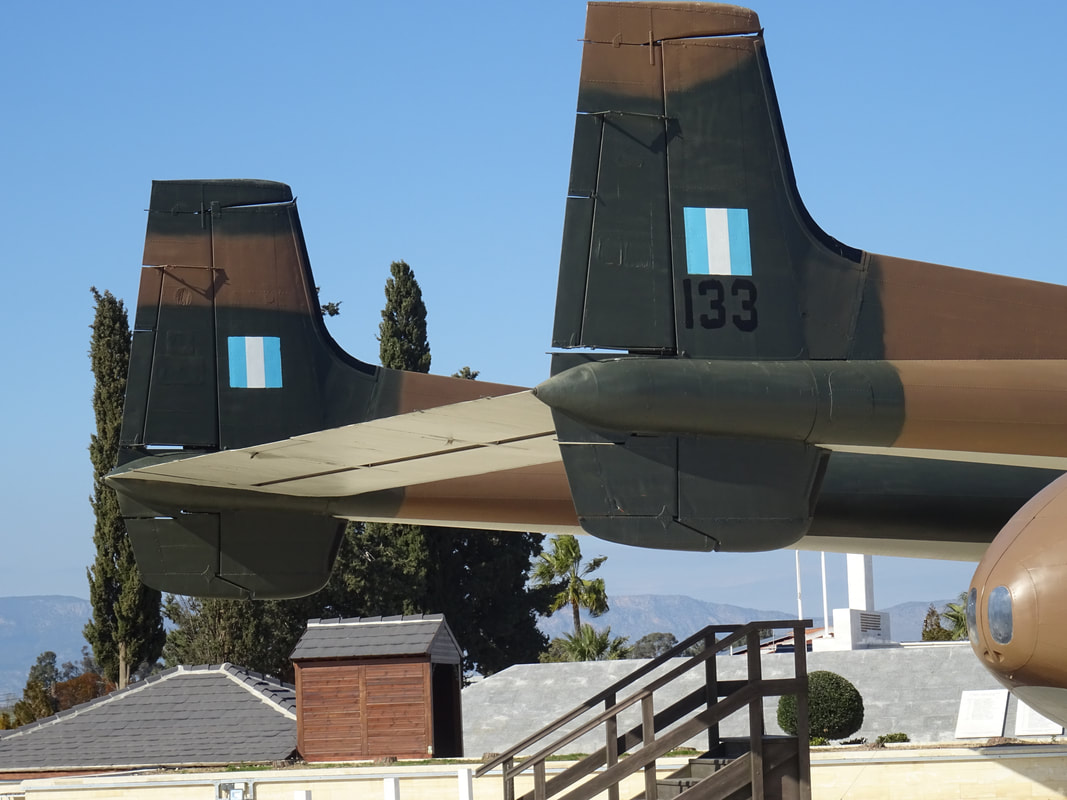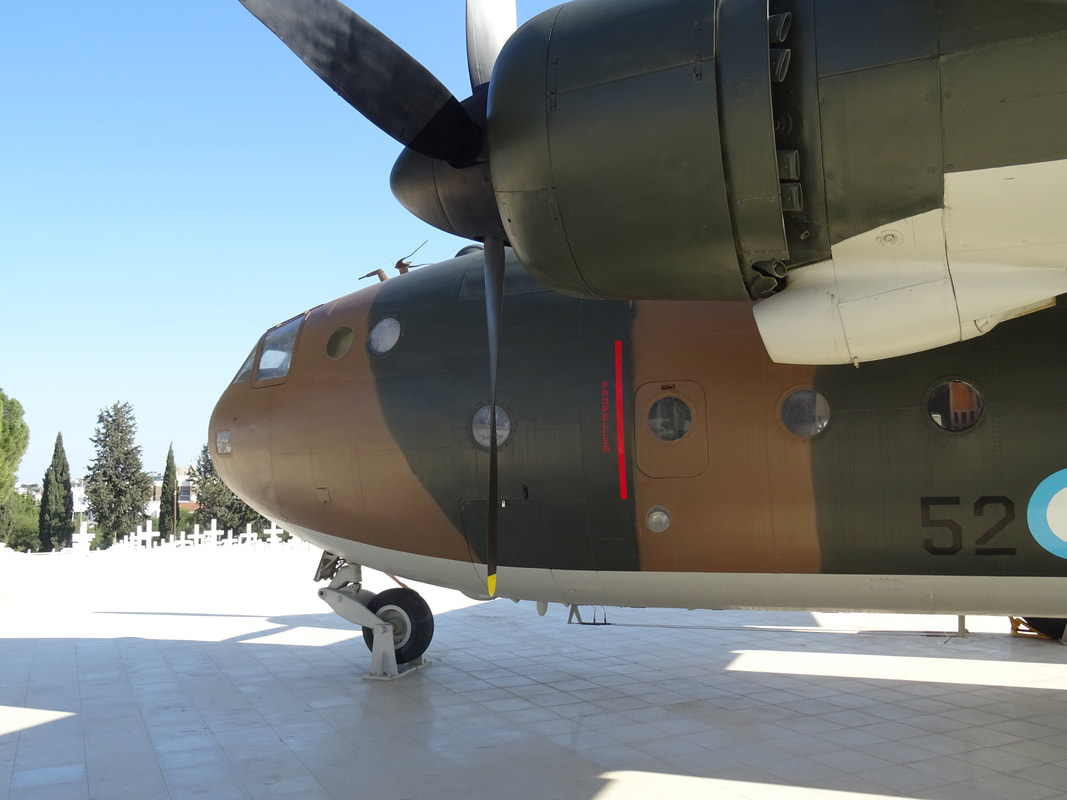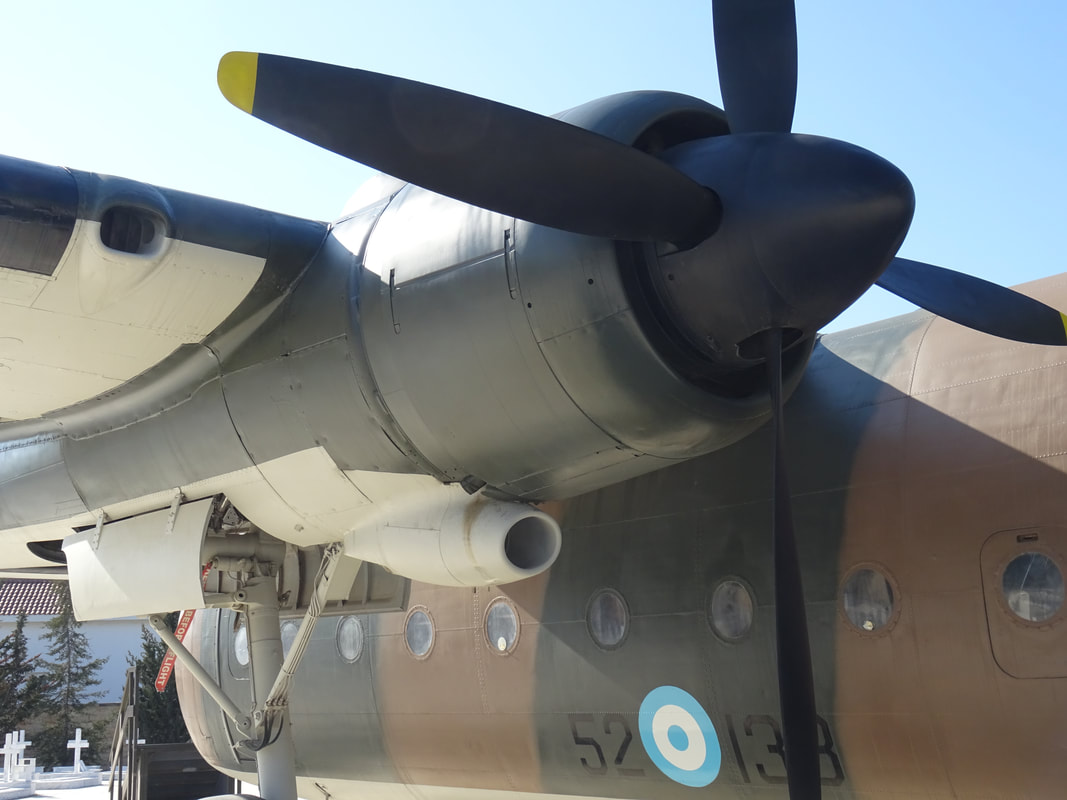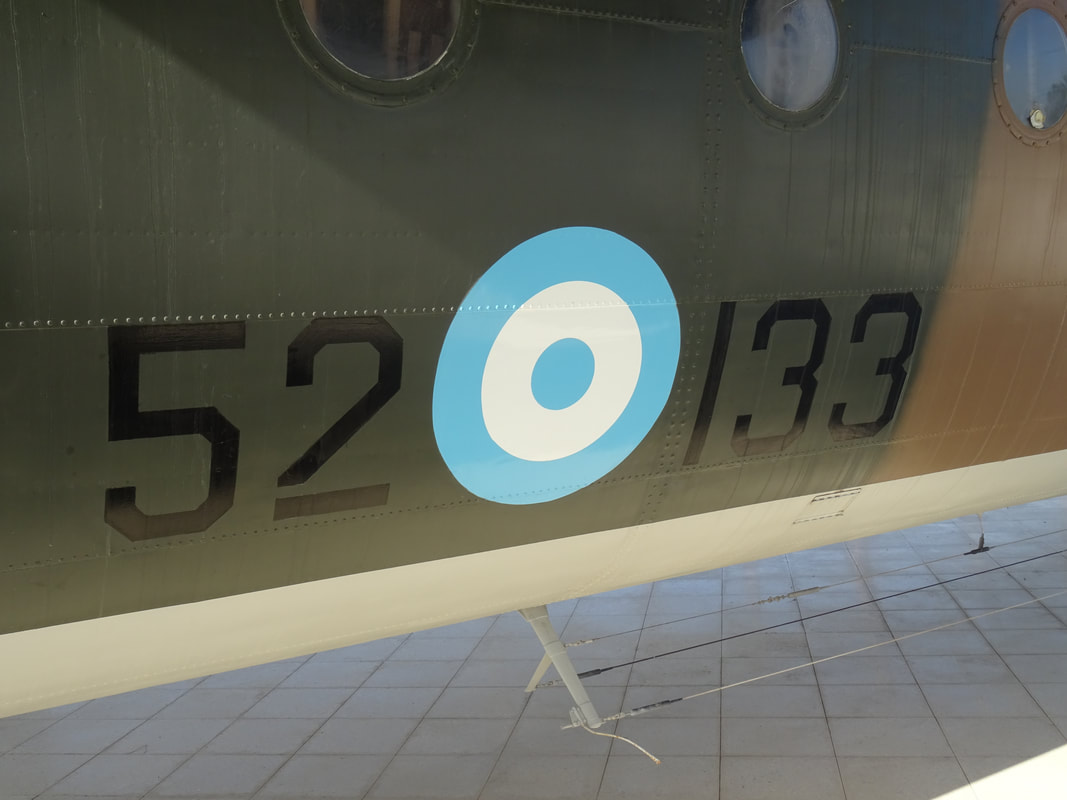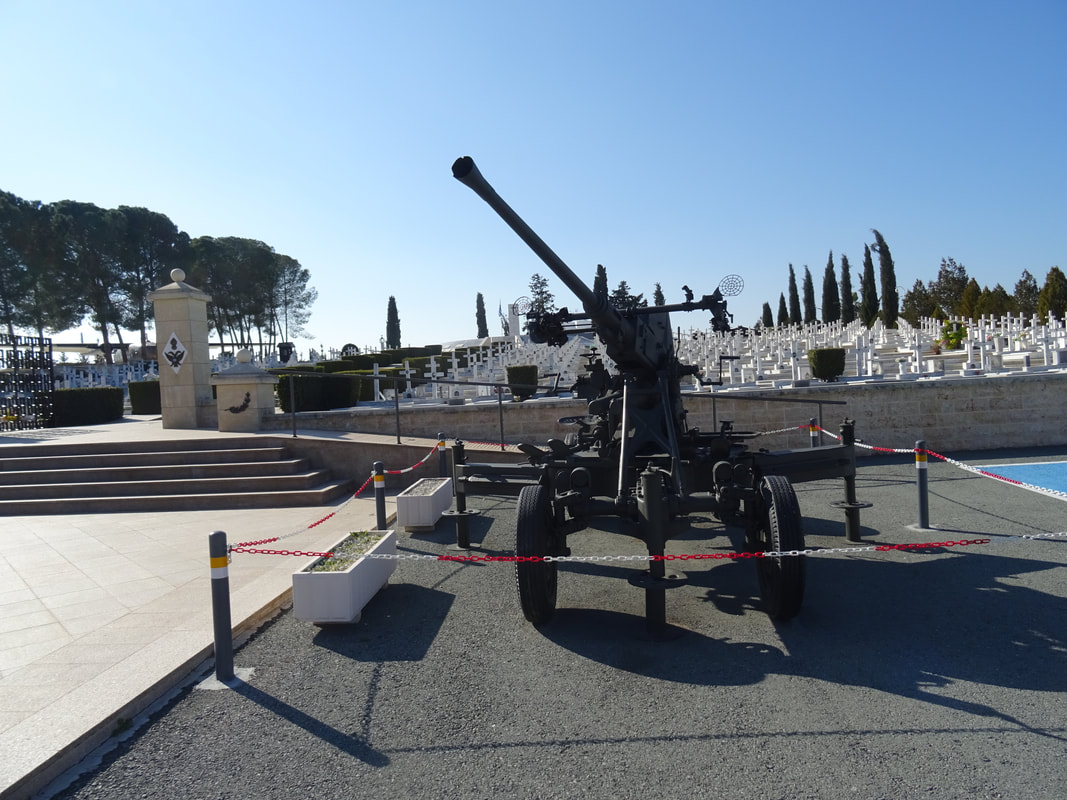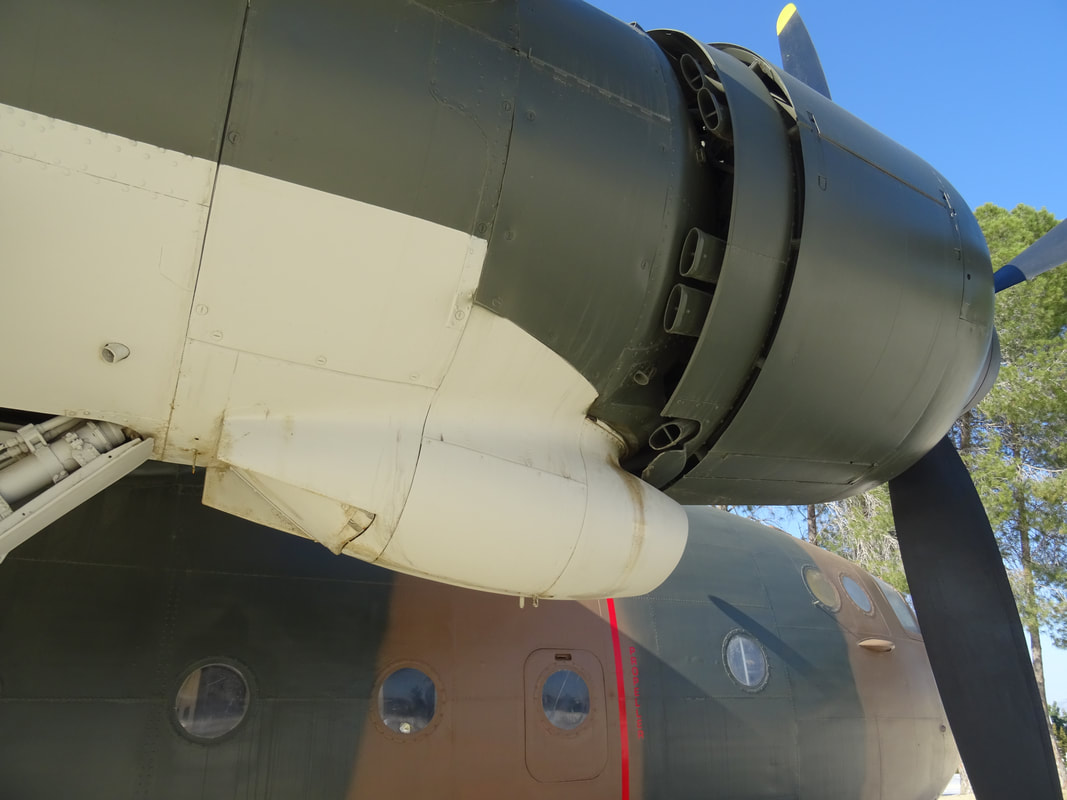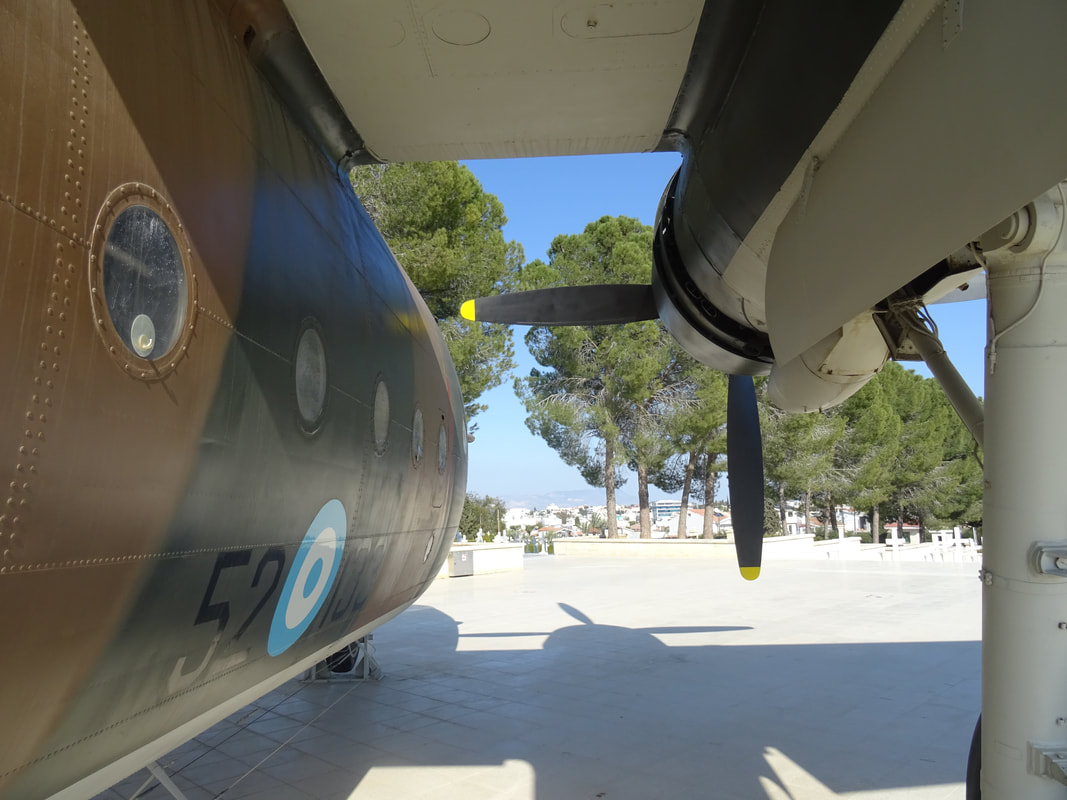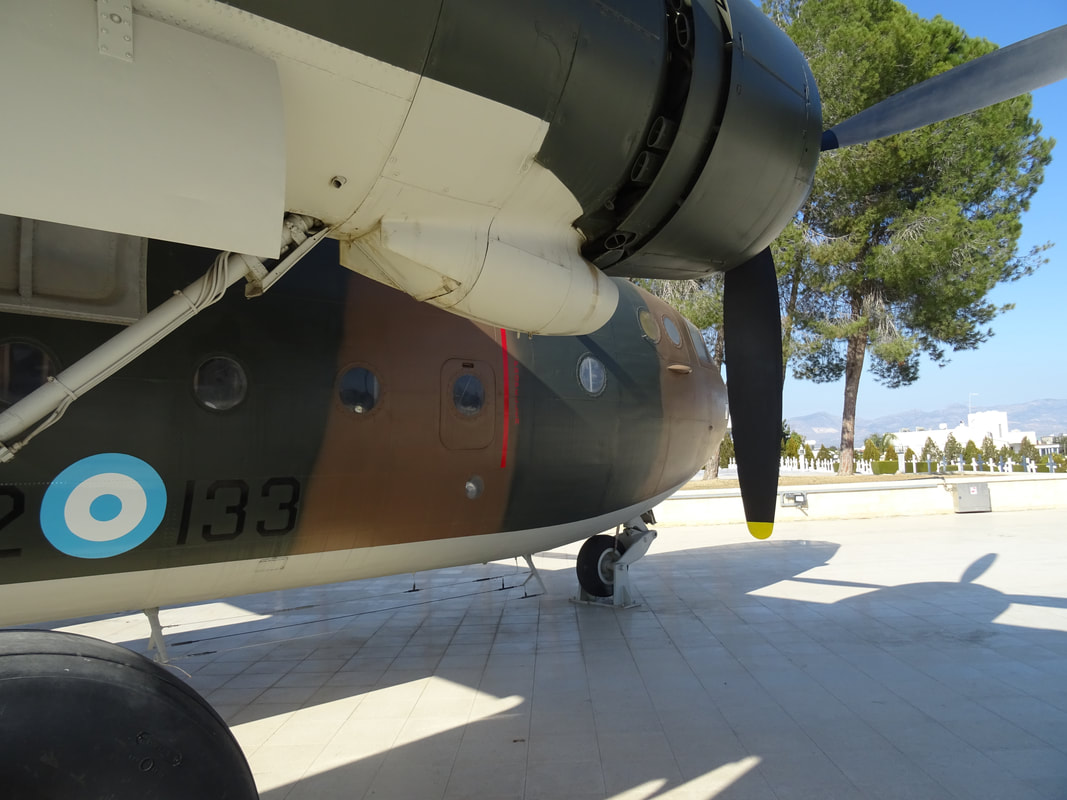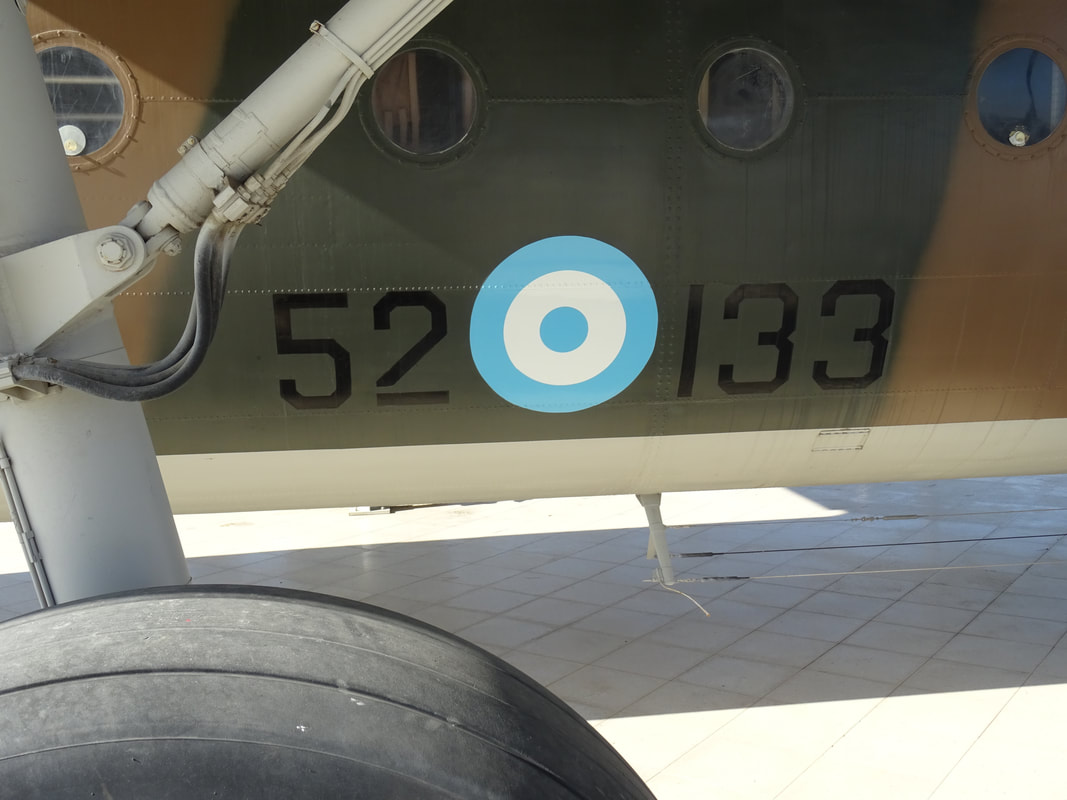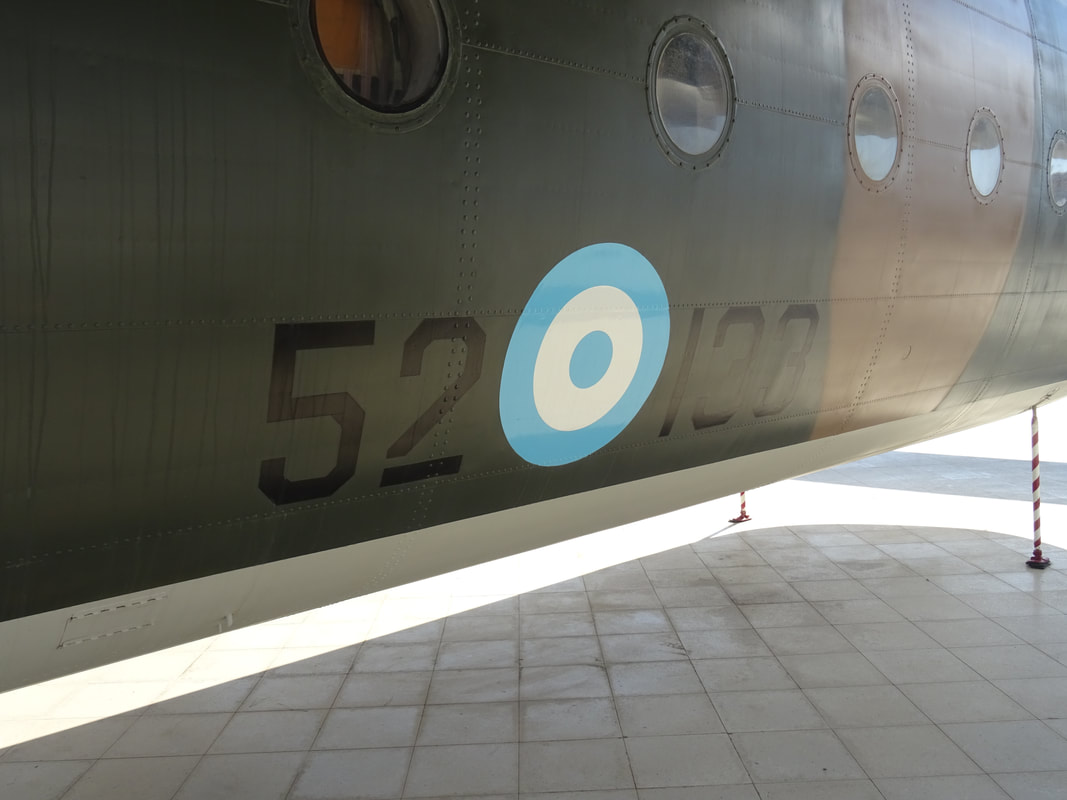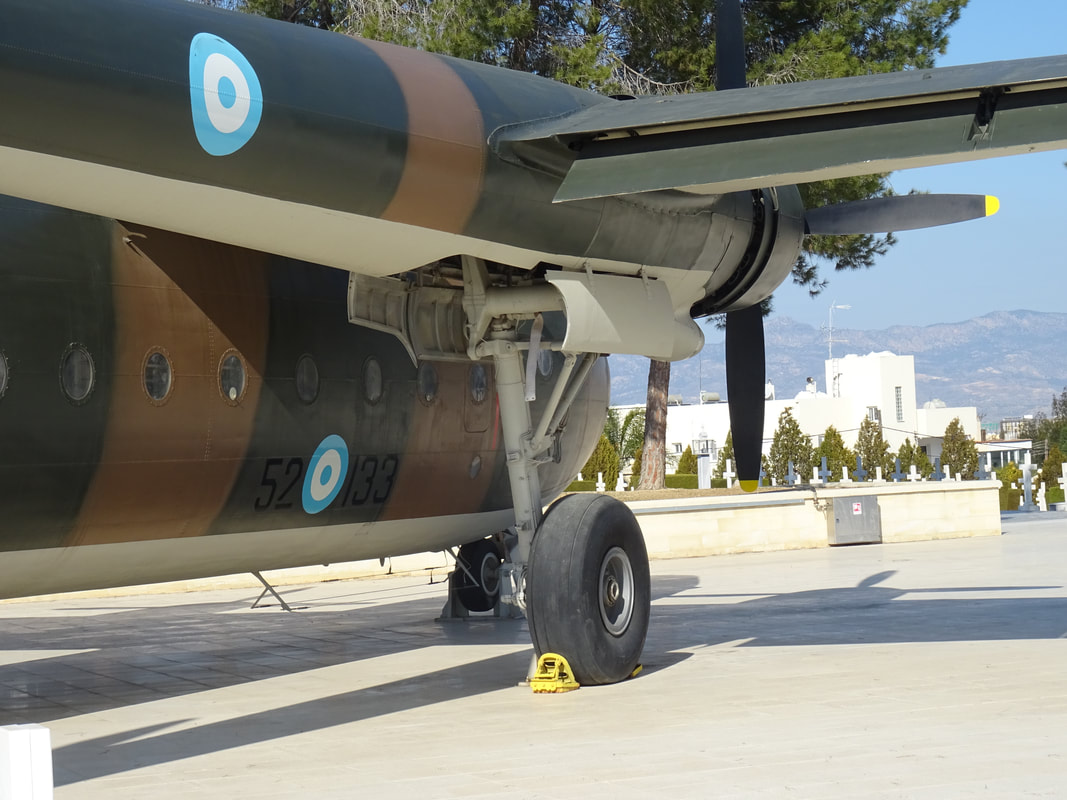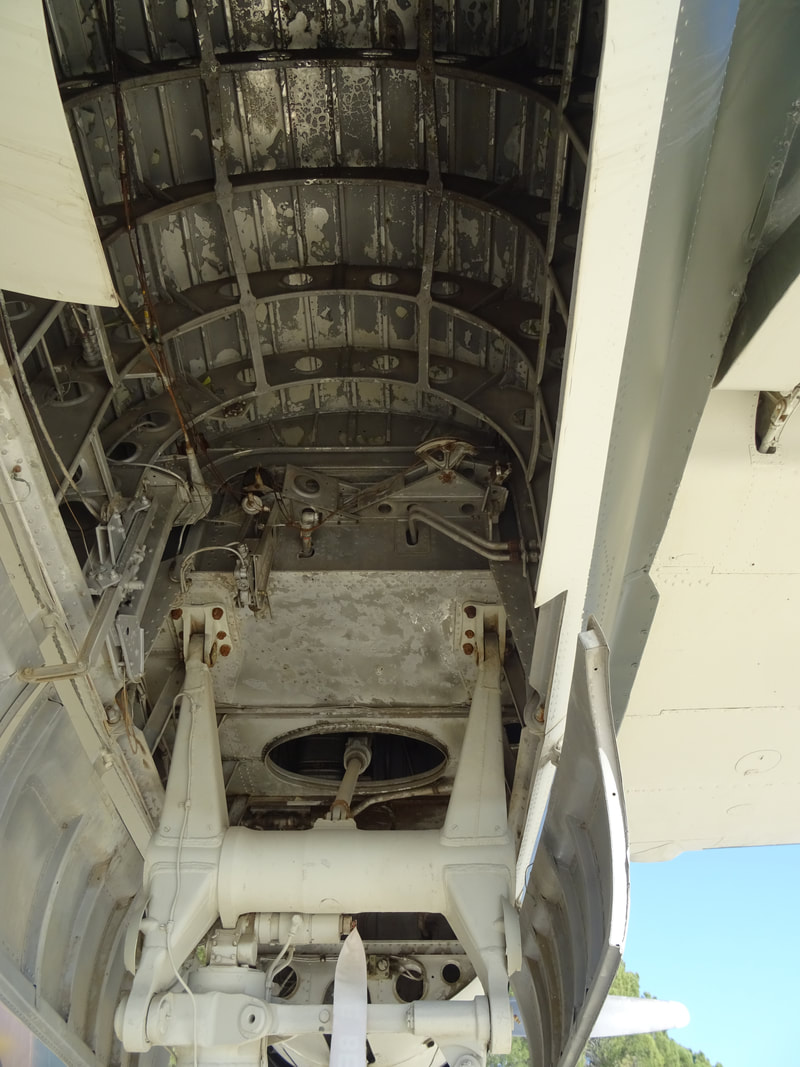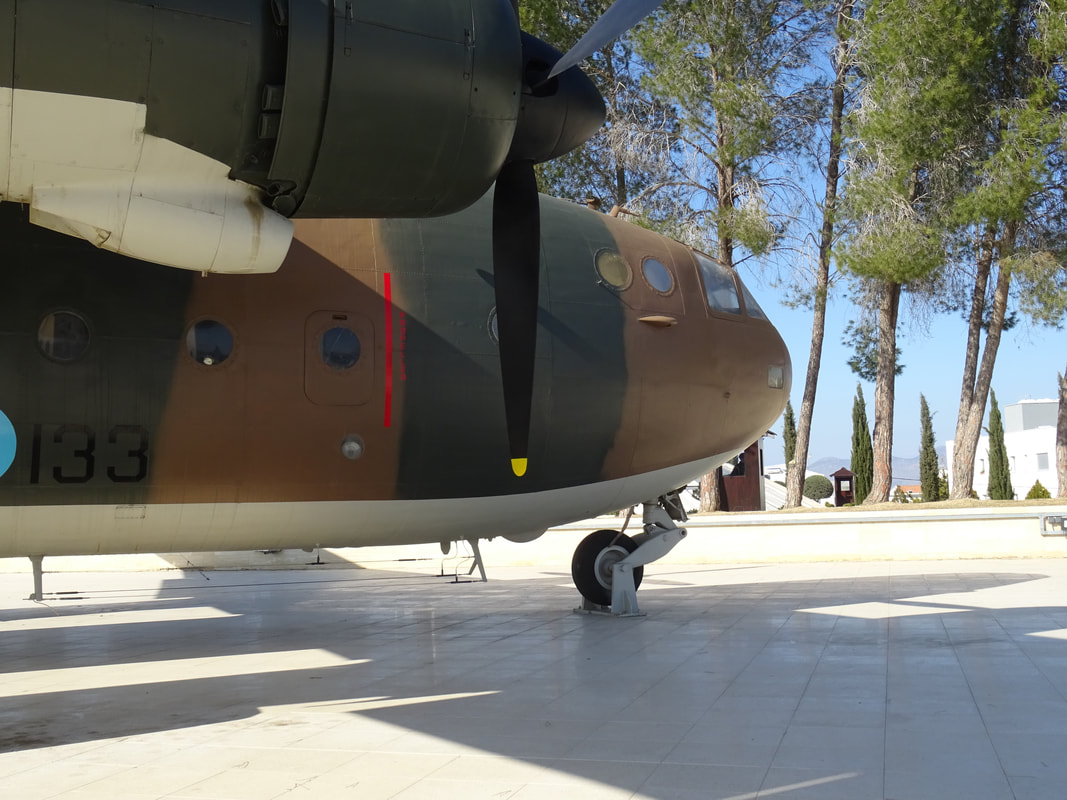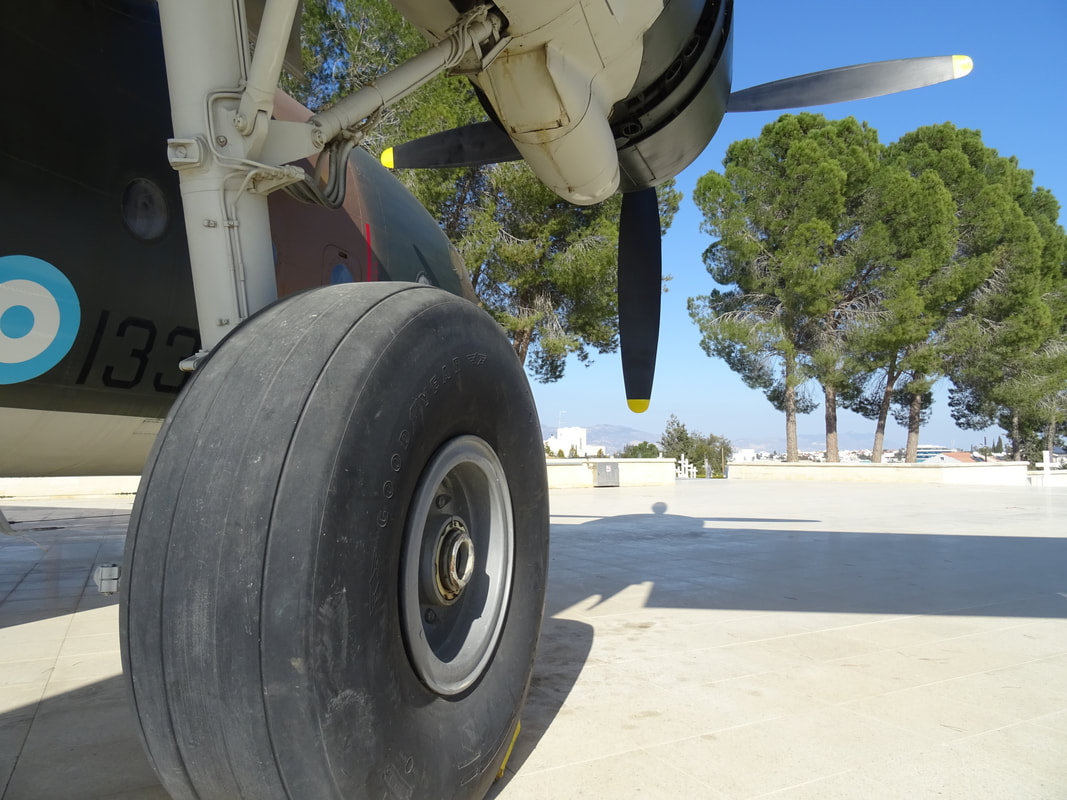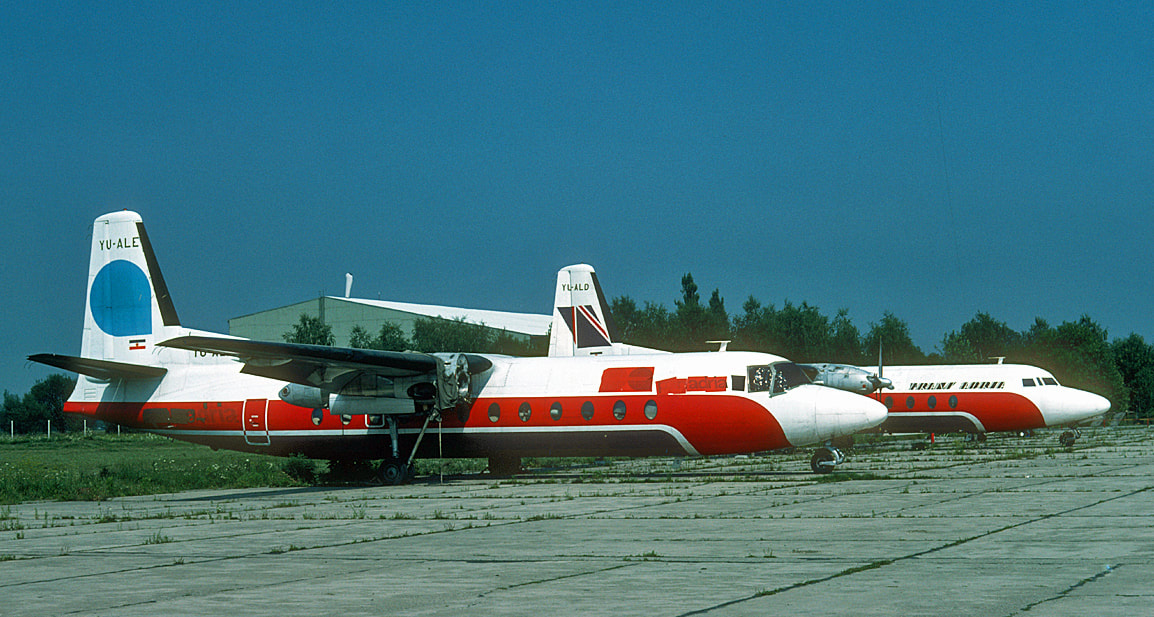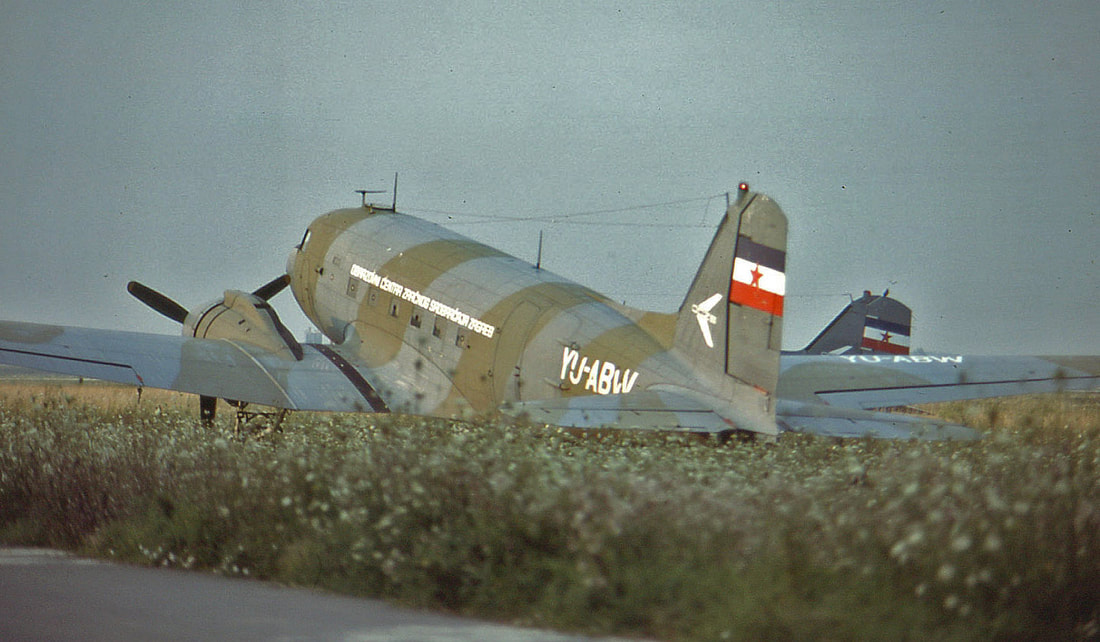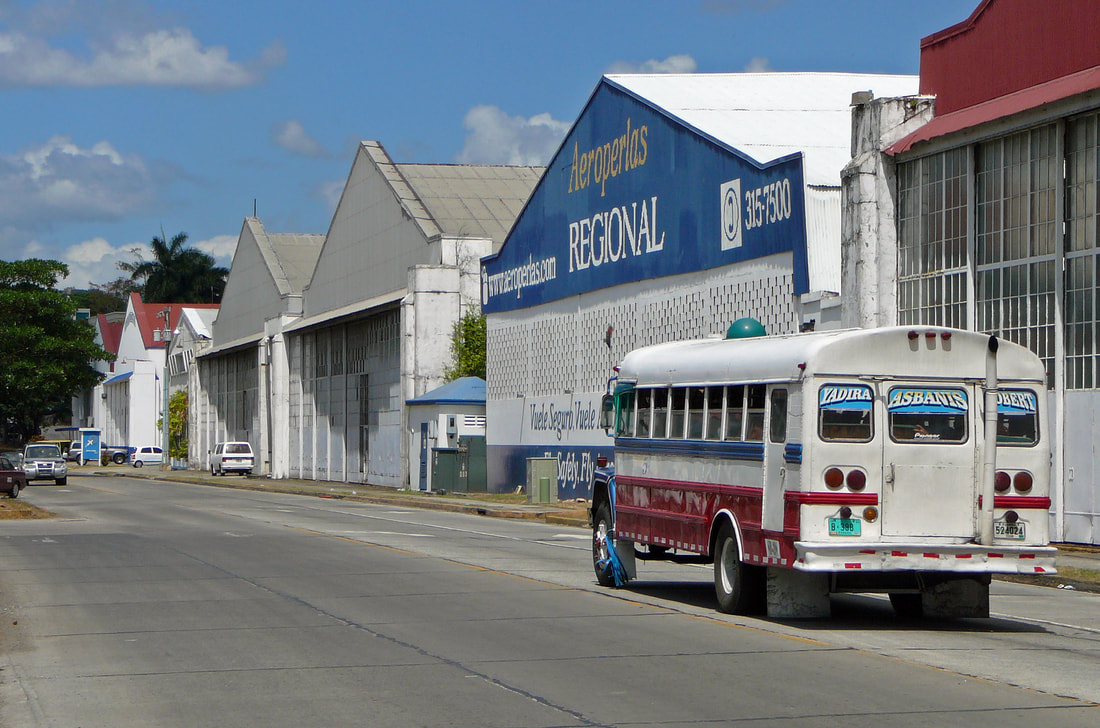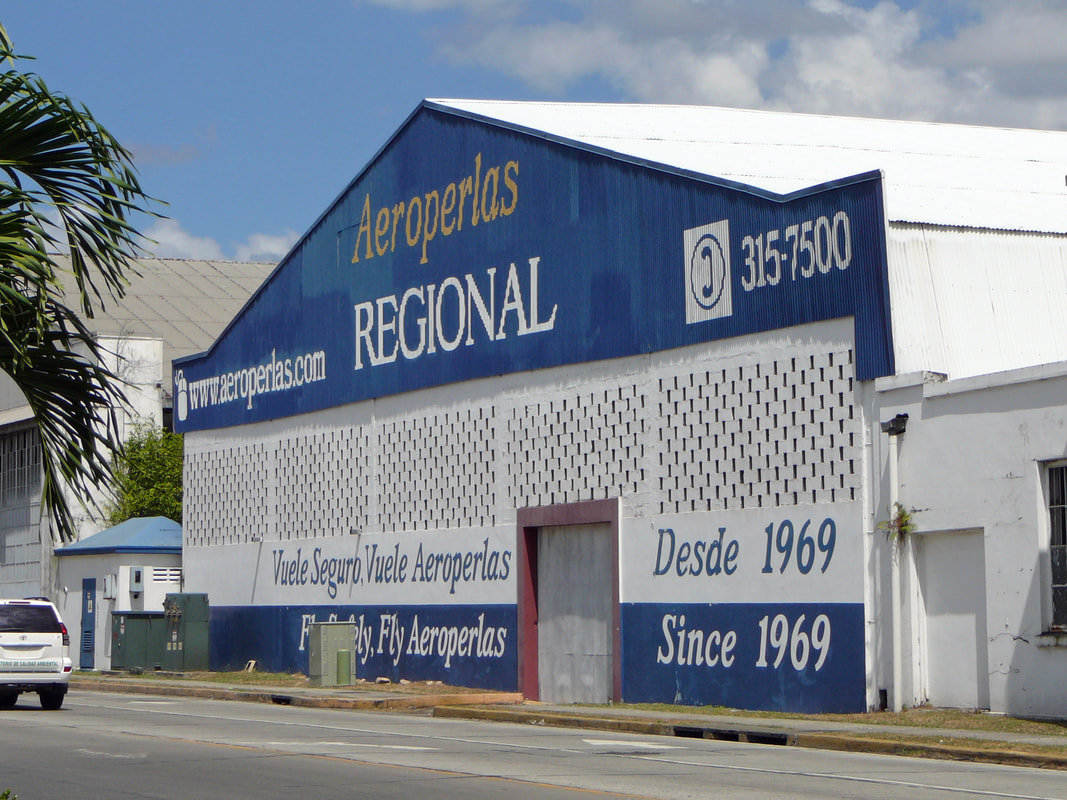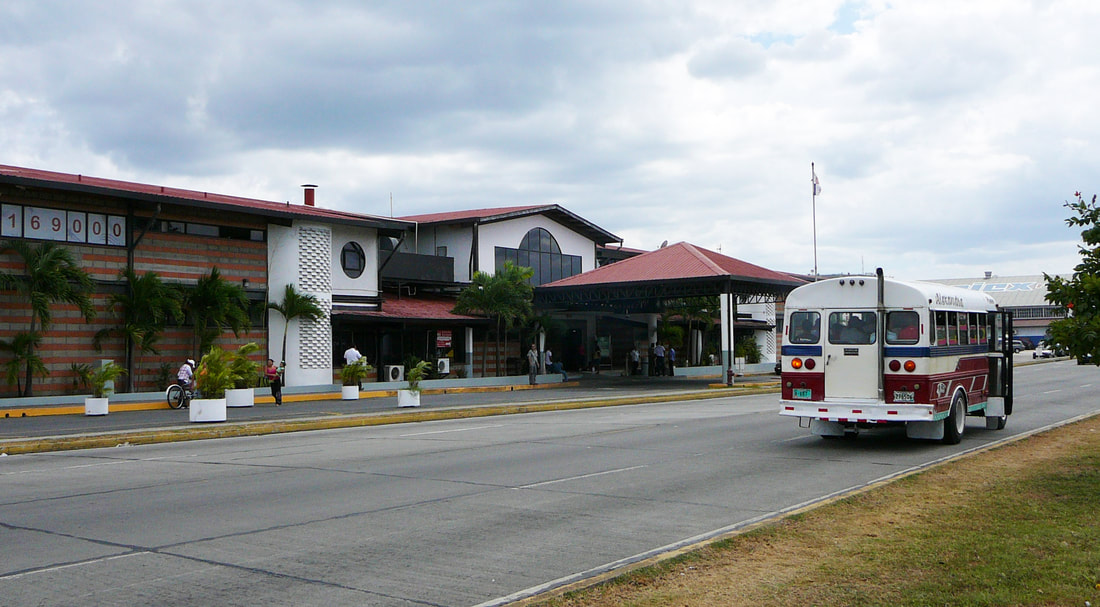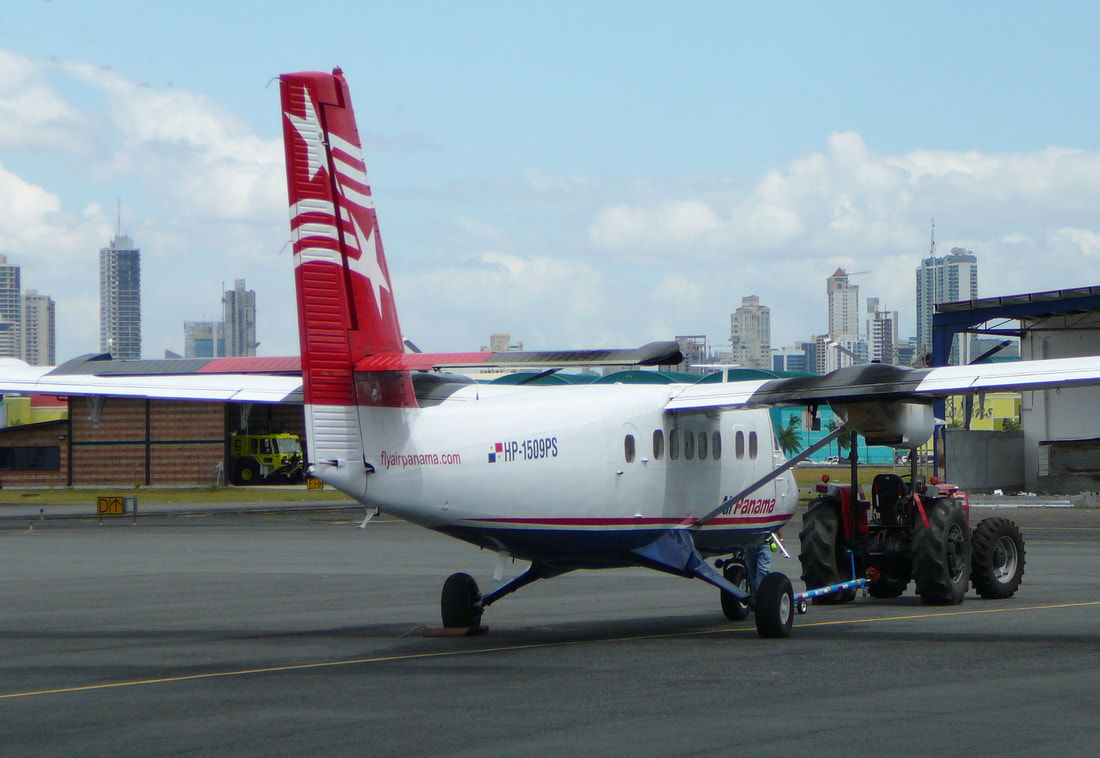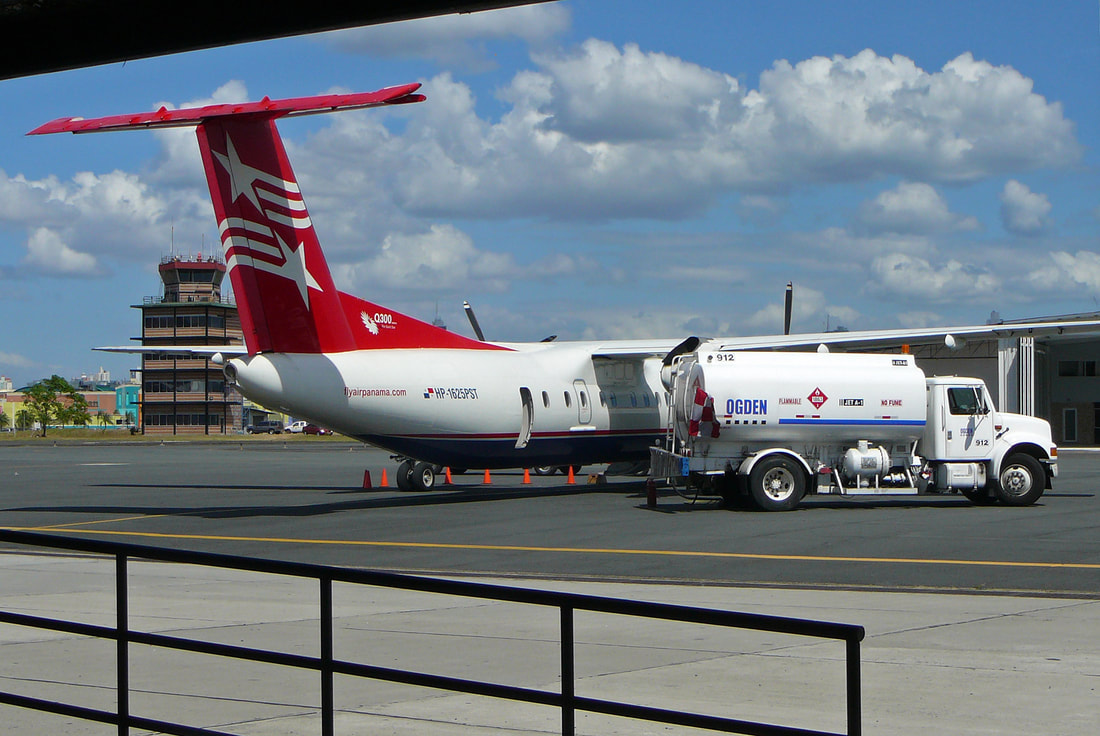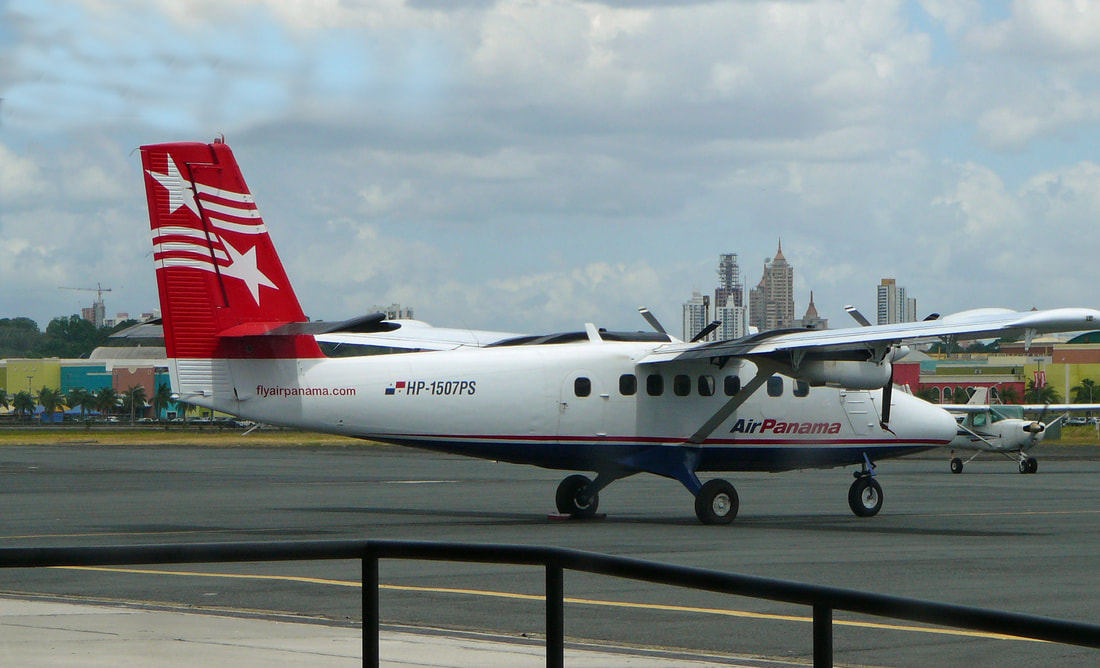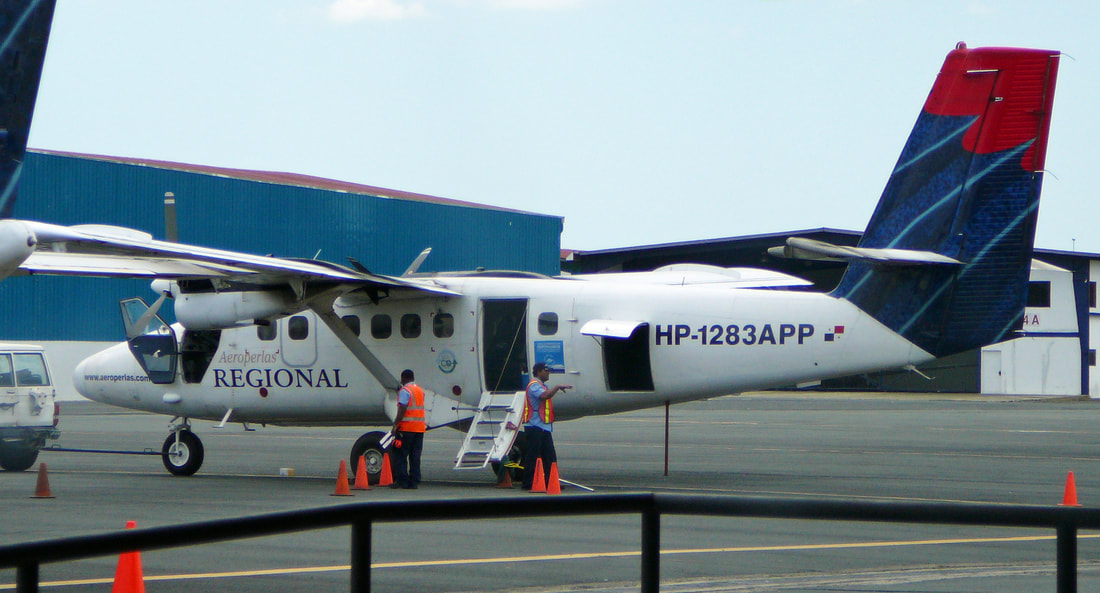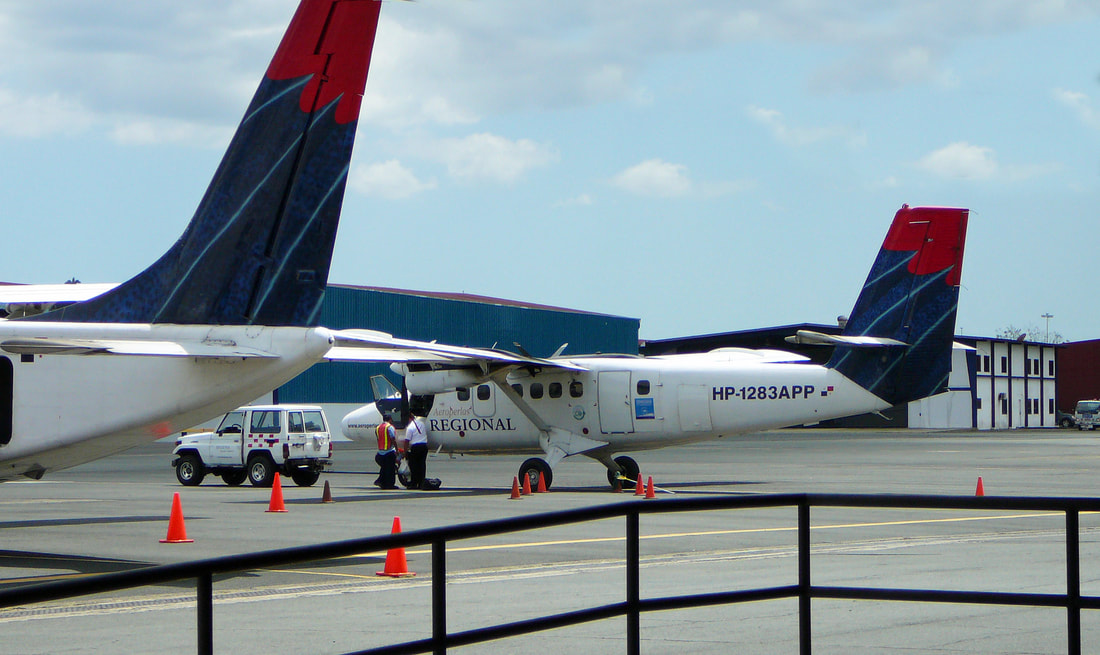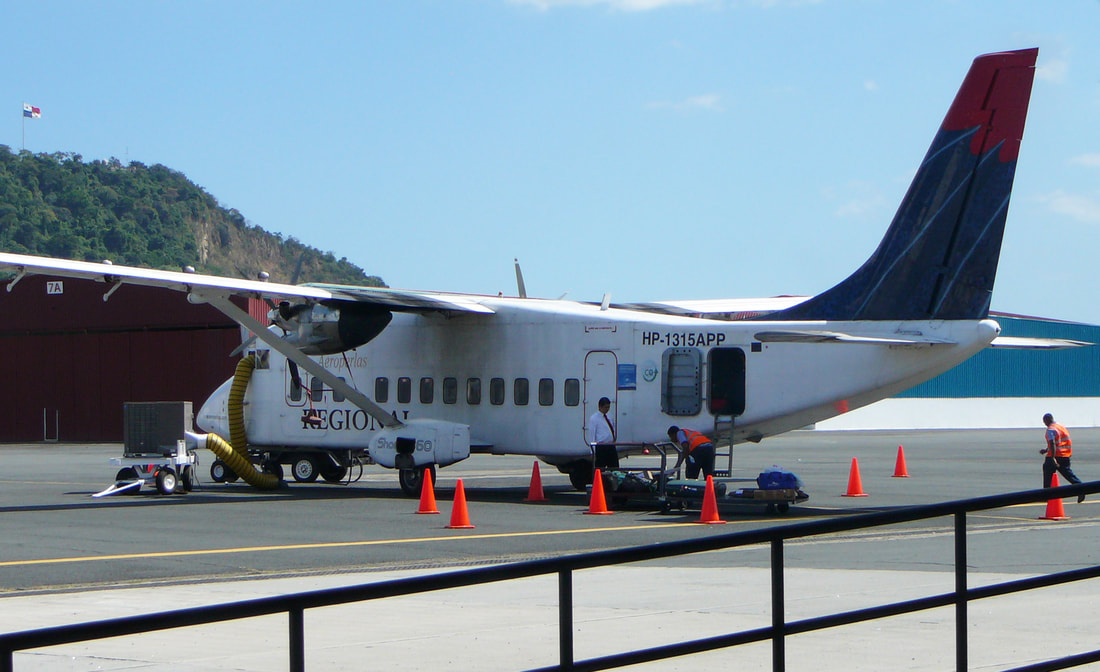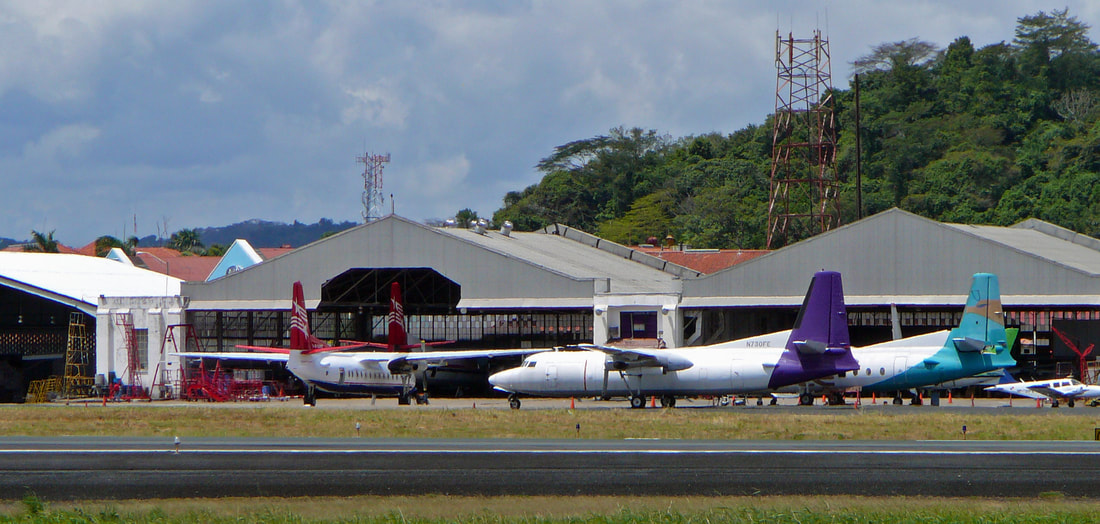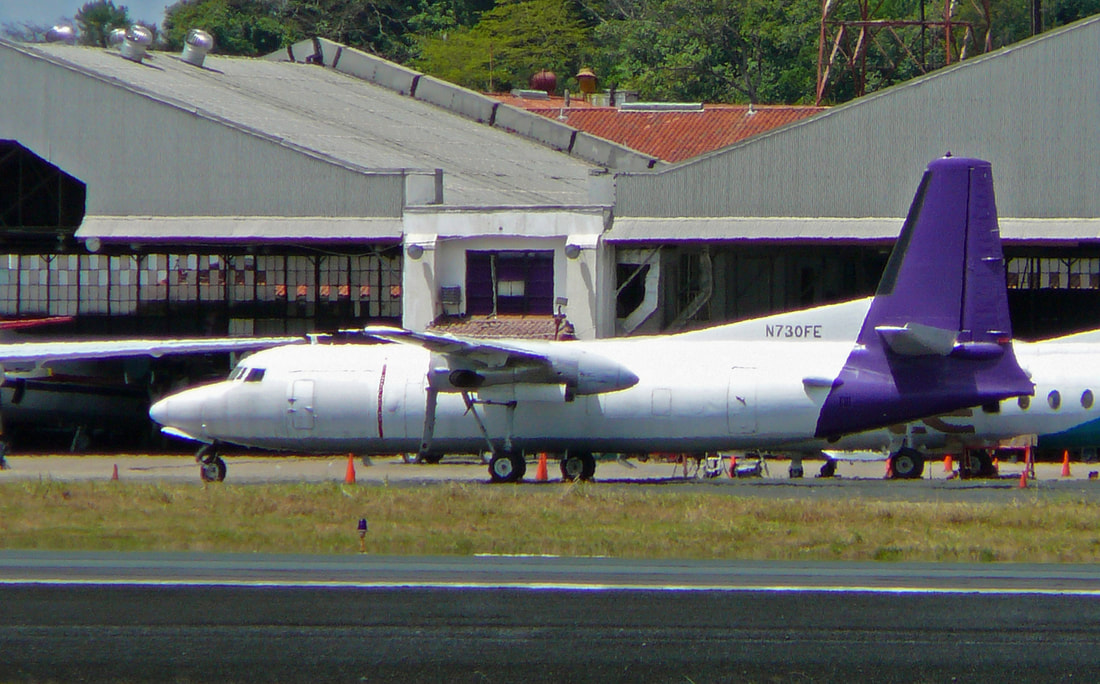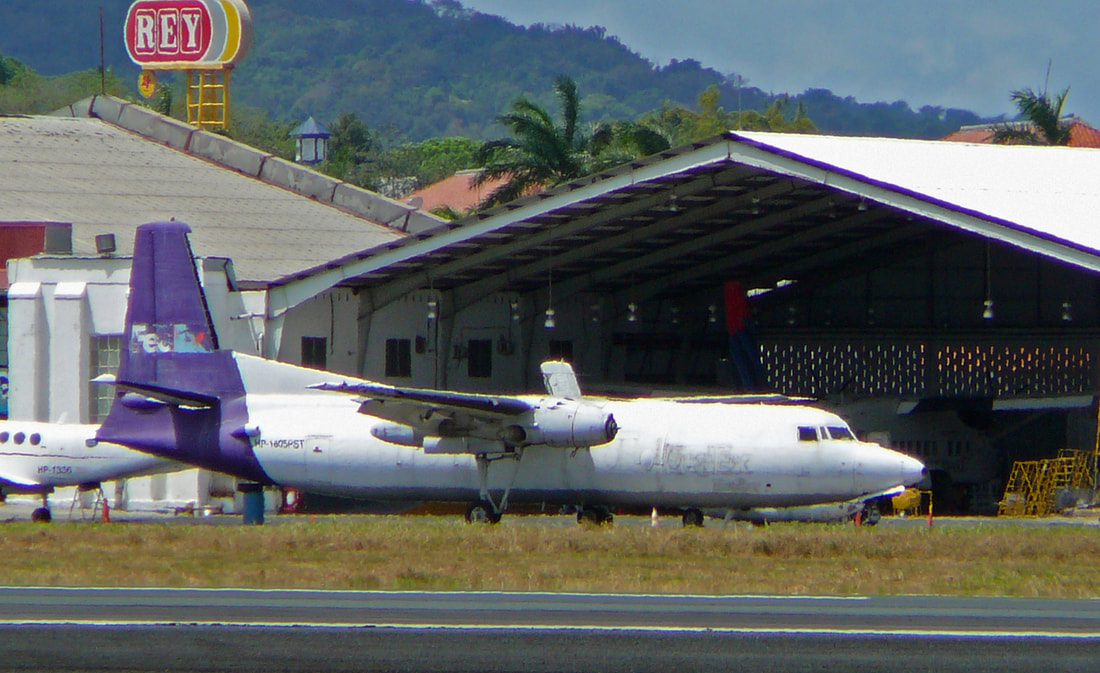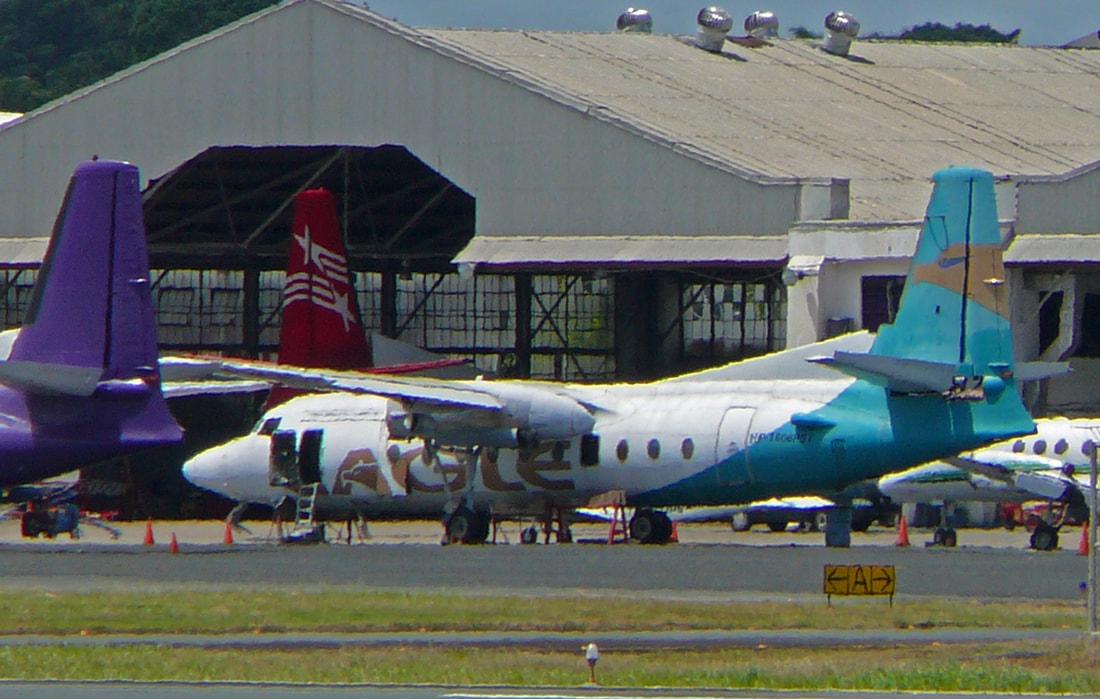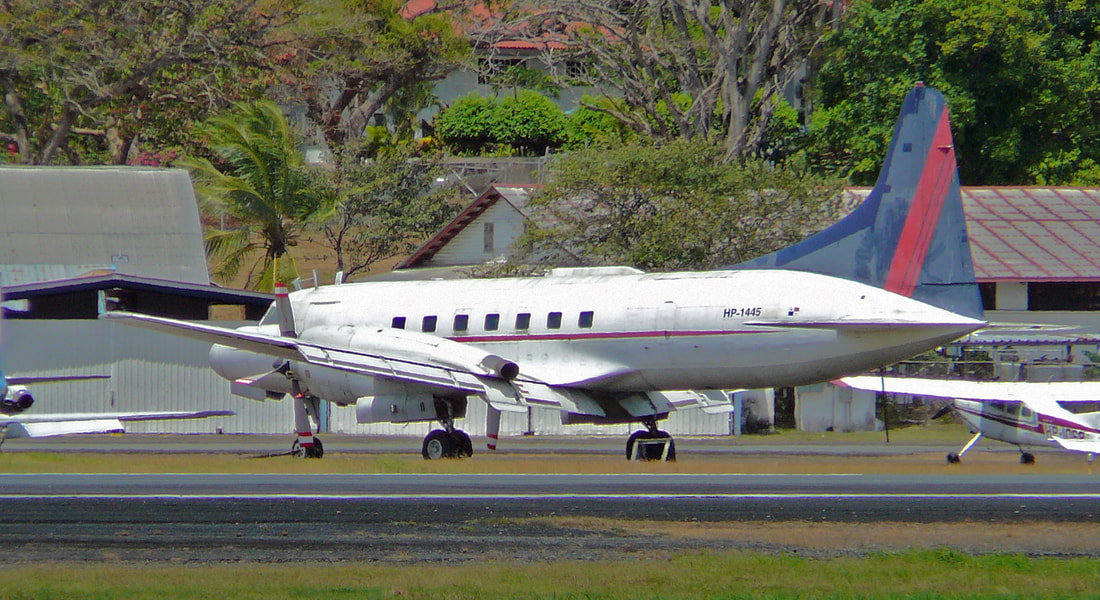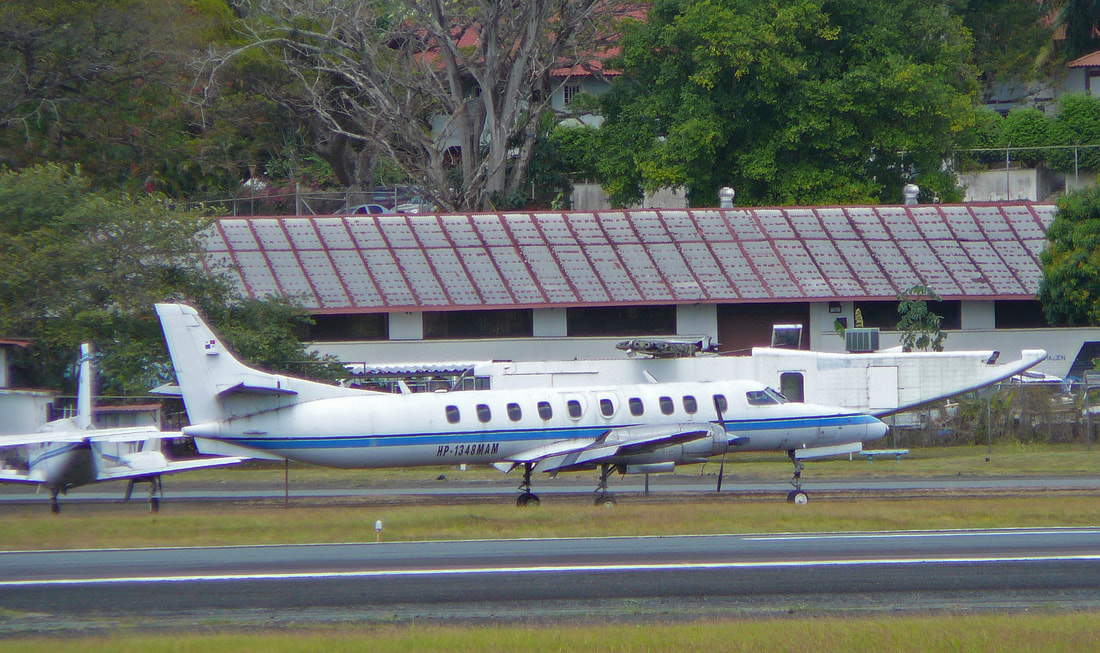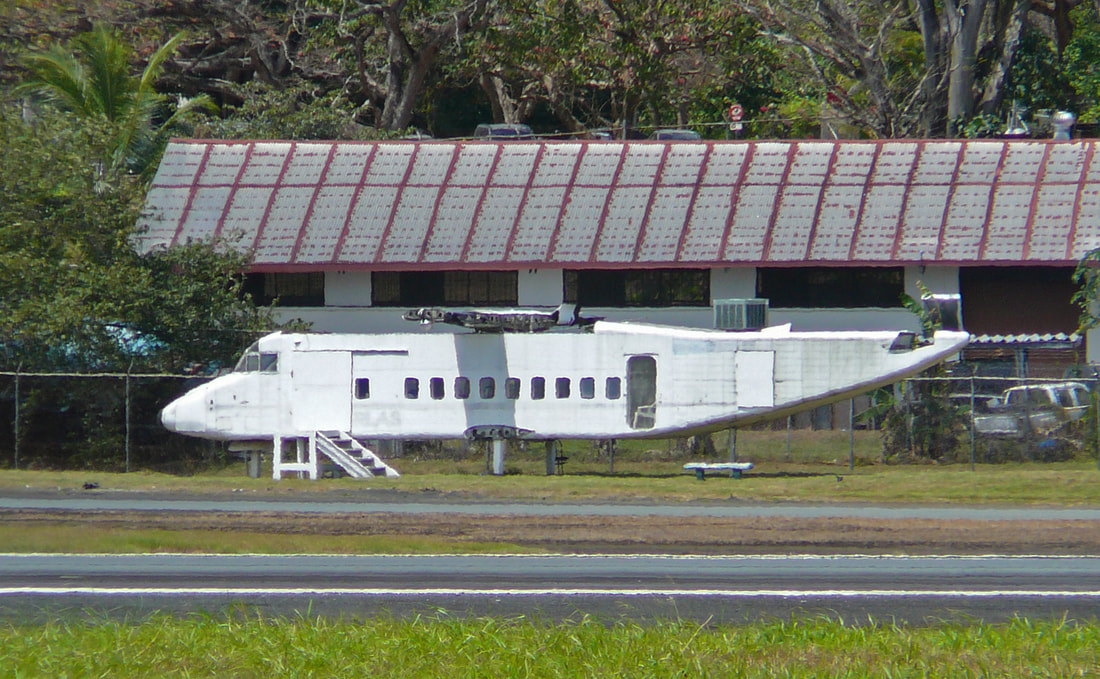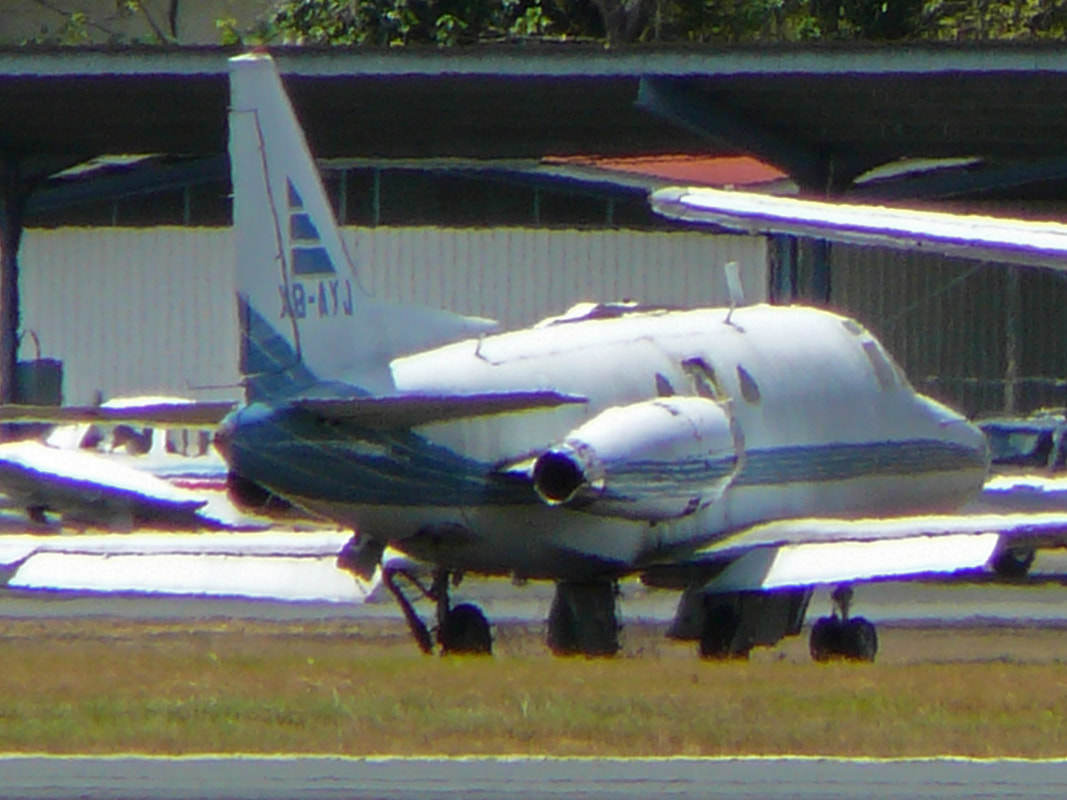Oldprops
AMSTERDAM OLDPROPSAMSTERDAM OLDPROPS
AMSTERDAM OLDPROPSAMSTERDAM OLDPROPS
Fred Olsen Lockheed L.188 Electra LN-FOH being loaded on a soaked ‘Romeo ramp’. She was operating the scheduled KLM Cargo flight, KL949 AMS/MMA, on August 27, 1996.
LN-FOH. Originally delivered in February 1961 to Western Airlines as N9746C, this aircraft retired after 10-year service with the Los Angeles based airline and was bought in 1971 by Nordic-Air as LN-MOI. After a brief spell with Nordic, the Electra changed hands in November 1973 when it was bought by Fred Olsen Flyselskap. After flying for almost 24 years with the Norwegians, she was sold to Amerer Air. Linz, Austria based Amerair did operate her for the next eight years. In August 2006 she was bought by Buffalo Airways and obtained a new lease of life as C-GLBA. After six years of faithful service with the Yellowknife based cargo operator her service life was over and she was stored at Red Deer, Alberta to be parted-out for spares.
Our neightbour was African International DC-8-50F 3D-ADV.
Fred Olsen Lockheed L.188 Electra LN-FOH was operating flight KL949 AMS/MMA on August 27, 1996 was commanded by Captain Eric Herskedal.
Fred Olsen Lockheed L.188 Electra LN-FOH unloading cargo at Malmo Airport, southern Sweden, on August 27, 1996.
Fred Olsen Lockheed L.188 Electra LN-FOH unloading the last pallet with cargo at Malmo Airport, southern Sweden, on August 27, 1996.
From September 1988 until December 1991, I was working, as a Cargo Tracing Officer, for the now defunct AeroGround Services. Fortunately, I had the privilege to roam around the platforms and photograph this colorful CL-44D-4 N122AE of Aeron Int'l Airlines (Oct. 17, 1988).
The Canadair CL-44 was an impressive aircraft and only 39 were built.
The Rolls-Royce RB.109 Tyne is a twin-shaft turboprop engine developed in the mid to late 1950s by Rolls-Royce Limited. It was first test flown during 1956 in the nose of a modified Avro Lincoln. Following company naming convention for gas turbine engines this turboprop design was named after the River Tyne.
Designed in 1954 by a team under Lionel Haworth and intended as a more powerful alternative to the Dart, the RB.109 Tyne was initially designed for a power of 2,500 shp but when first run in April 1955 the engine far exceeded expectations and was soon being type-tested at 4,220 shp. The Tyne was developed primarily for the four-engined Vickers Vanguard airliner, the prototype first flying on 20 January 1959 equipped with four Tyne Mk.506 of 4,985 e.s.h.p. Production deliveries of the engine were made from mid-1959 onwards to power the 43 Vanguards delivered to British European Airways and Trans-Canada Airlines.
The engine was further developed with greater power and used in the later twin-engined Dassault-Breguet Atlantique long-range reconnaissance aircraft; also in the Canadair CL-44 and Transall C-160 transport aircraft.
The engine was further developed with greater power and used in the later twin-engined Dassault-Breguet Atlantique long-range reconnaissance aircraft; also in the Canadair CL-44 and Transall C-160 transport aircraft.
This particular aircraft first flew on February 06, 1962, as N449T for the Flying Tiger Line. She changed owners in 1969 and was exported to the UK where she started working for Trans Meridian London as G-AXAA. This company changed its name to Trans Meridian Air Cargo a year later. The name was later revised to Transmeridian and in 1979 to British Cargo Airlines.
In 1980 G-AXAA was stored and a year later bought by Air Express International and reregistered as N122AE. They put a name on her: "Dixie". This ownership changed to leasing company, CFG Aircraft II Inc., in 1985. The operator remained the same but changed its name in Aeron International Airlines that same year. In 1988 N122AE was stored at Dallas-Love Field,TX. A new owner appeared on the scene in 1989. Blue Bell Aviation (Blue Bell Inc is better known as Wrangler Jeans) became the proud owner of the CL-44. The aircraft was ferried to Greensboro,NC, but was never put in operation. At some point the aircraft was donated to the Greensboro Fire Dept., which did little good for her secondhand market value. Finally she was scrapped in 1999.
In 1980 G-AXAA was stored and a year later bought by Air Express International and reregistered as N122AE. They put a name on her: "Dixie". This ownership changed to leasing company, CFG Aircraft II Inc., in 1985. The operator remained the same but changed its name in Aeron International Airlines that same year. In 1988 N122AE was stored at Dallas-Love Field,TX. A new owner appeared on the scene in 1989. Blue Bell Aviation (Blue Bell Inc is better known as Wrangler Jeans) became the proud owner of the CL-44. The aircraft was ferried to Greensboro,NC, but was never put in operation. At some point the aircraft was donated to the Greensboro Fire Dept., which did little good for her secondhand market value. Finally she was scrapped in 1999.
A rare visitor. Iraqi Airways Antonov An-12BP YI-AFJ (msn 8345910) at Schiphol on September 18, 1986. In the back-ground Freightstation 4 in which Avia Persto and Aero Ground Services were housed.
Note: - The bulge is for the weather radar and is made of plastic.
Note: - The bulge is for the weather radar and is made of plastic.
The Antonov An-12 is a four-engined turboprop transport aircraft designed in the Soviet Union. It is the military version of the Antonov An-10 and has many variants. The An-12 has a round, slender body with stepped cockpit and glassed-in nose.
The first prototype An-12 flew in December 1957. Over 900 had been built (both military and civilian versions) when Soviet production finally ended in 1973. The An-12BP entered Soviet military service in 1959. In terms of configuration, size, and capability, the aircraft is similar to the United States-built Lockheed C-130 Hercules. Soviet military and former-Soviet An-12s have a defensive tail gun turret.
Note: - Landing gear pods bulge at lower body midsection. Upswept rear section.
The first prototype An-12 flew in December 1957. Over 900 had been built (both military and civilian versions) when Soviet production finally ended in 1973. The An-12BP entered Soviet military service in 1959. In terms of configuration, size, and capability, the aircraft is similar to the United States-built Lockheed C-130 Hercules. Soviet military and former-Soviet An-12s have a defensive tail gun turret.
Note: - Landing gear pods bulge at lower body midsection. Upswept rear section.
Aer Turas Teoranta was an Irish airline and later a freight operator based in Dublin, Ireland from 1962 until May 2003.
Aer Turas started operations in 1962 as an air taxi service from Ireland to the UK with a single de Havilland Dragon Rapide. They soon began to focus on freight rather than passenger operations and were quite successful for many years. In the 1980s Aer Lingus acquired a majority shareholding in Aer Turas. However a decade later, soaring insurance costs, increased competition and the turbulence following September 11th terrorist attacks in the USA all contributed to an overall operating loss and ultimately resulted in the company going into receivership.
Even in 1978 the number of active Bristol Britannia's were rapidly dwindling.
Redcoat Air Cargo was a British cargo airline between 1977 and 1982 with headquarters at Horley in Sussex and an operating base at Luton Airport. The company started operations in 1976 using a Bristol Britannia leased from Geminair. It used the aircraft to operate cargo flights from the United Kingdom to West Africa. It later bought its own Britannias, several being ex Royal Air Force Transport Command aircraft, and by 1979 was also operating freight charters for the Ministry of Defence.
The crash of the Britannia in 1980 led to the purchase of a Canadair CL-44 from British Cargo Airlines. Delay in acquiring the aircraft from the official receiver and subsequent engine problems led to cash flow issues and in 1982 the company entered voluntary liquidation.
The first time I saw "Amy" was on the Sunday afternoon of June 26, 1978. The location was at Schiphol-East. Delivered in October 1958 to BOAC as G-AOVS, this Britannia 512 was scrapped at Luton during August 1979.
Redcoat Air Cargo was a British cargo airline between 1977 and 1982 with headquarters at Horley in Sussex and an operating base at Luton Airport. The company started operations in 1976 using a Bristol Britannia leased from Geminair. It used the aircraft to operate cargo flights from the United Kingdom to West Africa. It later bought its own Britannias, several being ex Royal Air Force Transport Command aircraft, and by 1979 was also operating freight charters for the Ministry of Defence.
The crash of the Britannia in 1980 led to the purchase of a Canadair CL-44 from British Cargo Airlines. Delay in acquiring the aircraft from the official receiver and subsequent engine problems led to cash flow issues and in 1982 the company entered voluntary liquidation.
The first time I saw "Amy" was on the Sunday afternoon of June 26, 1978. The location was at Schiphol-East. Delivered in October 1958 to BOAC as G-AOVS, this Britannia 512 was scrapped at Luton during August 1979.
A classic early Propliner is this Trans International Lockheed L-100-30 Hercules N12ST. I photographed her at the Schiphol-East in the late 70s.
This 1970 build ship seems still active in Uganda as part of the Uganda Air Cargo fleet.
This 1970 build ship seems still active in Uganda as part of the Uganda Air Cargo fleet.
Tropical Airlines CL-44-44D4-2 is seen here at Schiphol-East in 1979. She ended-up in the DRC for the Congolese Air Force.
Argosy G-APRL worked the airways for Elan in the late 80's.
Unloading live eel at Amsterdam. She returned empy East Midlands airport that same night.
G-BEYF is a HPR.7 Herald-401 and initially flew for the Royal Malaysian Air Force from 1963 until 1977.
On a very cold April 30, 1979 (Old Queens-Day of Holland), I took a slide of this Air Charter S.A. Canadair CL-44 N4993U.
N4998S at Schiphol-East in the late 70s. She started her career with Loftleidir.
Same plane at Miami in April 1980. She was sold to AECA in Ecuador. She finally crashed in 1988 while landing at Baranquilla, Colombia, while operating for Lineas Aereas Sudamericanas.
Zorro-masked Skyways Fairchild Hiller FH-227B at Amsterdam-Schiphol on a lightly overcasted day in 1979.
G-SKYA was the first FH-227 (licence built stretched Fokker 27) onto the British Register when Skyways Cargo Airline expanded their fleet by adding three former Wien Alaska Fairchild Hiller FH-227 turboprop freighters to its DC-3 piston freighters. After gaining her cargo door, G-SKYA came to England in August 1978. However, Skyways Cargo Airline's expansionist strategy was not as successful as hoped and growing financial difficulties forced the closure of Skyways' final incarnation in October 1980. G-SKYA past on to TABA of Brasil following Skyways' demise as PT-LBG. Fate hit a blow on June 1982. On an internal scheduled passenger flight from Eirunepe, Brasil to Tabatinga, Brasil, our Fairchild hit a lighting tower and crashed into a car park; the aircraft exploded and burned, and all 44 on board were killed.
Stellair spit and polish C-47, F-GEOM, from Nantes, is seen here at Amsterdam Schiphol-East, awaiting her cargo of crates with urgently needed oil drilling equipment, before the flight continuous to Bergen, Norway, on the late afternoon of May 22, 1987.
Note the windows! - The C-47 Skytrain had holes in their windows for the troopers to shoot trough for a certain feeling of defence.
Stellair’s prestine C-47, F-GEOM, tops up with oil and gasoline at Amsterdam Schiphol-East.
Built as Douglas C-47A-35-DL (c/n. 9798) 42-23936 this aircraft started life as a military transporter during World War II, originally being delivered to the US Air Force in North Africa Oran with the 8th AF in 1943. By February 1944 she had been transferred to the European Theatre, in time to take part on D-Day, Arnhem, crossing of the Rhine and other major events of that period.
In 1946 she was demobbed and began civilian life in the Czech national airline Ceskoslovenske Aeroline as OK-WDU.
Following her airline service she was transferred to a Air Research and Test Institute and then in 1958 until 1983, she served in the French Navy as a navigation trainer (note astrodome positioned above the main cabin).
Registered as F-GEOM, in 1983, this redoubtable aircraft was sold to Stellair at Nantes and later transferred to Transvallair at Caen.
Between 1985 and 1993 she was registered G-OFON and operated by Classic Airways and sold in 1994 to Air Atlantique in Coventry and remained there in storage until South Coast Airways took operation of her in 1996 to 2006.
In 2006 the aircraft was flown into the Lelystad and stored at aviation museum Aviodrome. When Aviodrome became bankrupt, the aircraft was transfered to Classic Wings and for restoration. After some time, G-DAKK was bought by Dutch aviation company ClassicWings. They dismantled her, had the paint stripped and transported her fuselage by road to Weeze (ex-RAF Laarbruch) for restauration. Things didn't worked out as planned and in the morning of December 07, 2017, the C-47 arrived at Warmuseum Overloon, Netherlands from Weeze, Germany. The restoration of the C-47 is presently (2020) underway.
In 1946 she was demobbed and began civilian life in the Czech national airline Ceskoslovenske Aeroline as OK-WDU.
Following her airline service she was transferred to a Air Research and Test Institute and then in 1958 until 1983, she served in the French Navy as a navigation trainer (note astrodome positioned above the main cabin).
Registered as F-GEOM, in 1983, this redoubtable aircraft was sold to Stellair at Nantes and later transferred to Transvallair at Caen.
Between 1985 and 1993 she was registered G-OFON and operated by Classic Airways and sold in 1994 to Air Atlantique in Coventry and remained there in storage until South Coast Airways took operation of her in 1996 to 2006.
In 2006 the aircraft was flown into the Lelystad and stored at aviation museum Aviodrome. When Aviodrome became bankrupt, the aircraft was transfered to Classic Wings and for restoration. After some time, G-DAKK was bought by Dutch aviation company ClassicWings. They dismantled her, had the paint stripped and transported her fuselage by road to Weeze (ex-RAF Laarbruch) for restauration. Things didn't worked out as planned and in the morning of December 07, 2017, the C-47 arrived at Warmuseum Overloon, Netherlands from Weeze, Germany. The restoration of the C-47 is presently (2020) underway.
A typically smokey-start-up for a C-47’s Pratt & Whitney R-1830.
With 1200 hp of tired iron turning on either side, F-GEOM is held against the brakes.
Your author, while working for HM Customs in the late 80's is seen walking in front of this Finnish DC-3.
HP Herald, G-ATIG, being prepped for her upcoming flight to the UK.
Former 8 Squadron Avro Shackleton AEW.2's are seen resting in the afternoon sun at Paphos Airport, February 18, 2023.
The underlying airframe of all Shackletons traced its DNA all the way back to the Avro Lincoln four-engine bomber, first flown during World War II, and which was itself a further development of the iconic Avro Lancaster heavy bomber.
The 'Growler', as the aircraft was affectionately known.
Nicknamed “Growler” by their crews, on account of its thunderous engines, the Shackleton AEW2 provided a less-than-comfortable working environment for the crew, with noise and vibration adding to their fatigue on long missions, which could last up to 12 hours.
Some of the soundproofing of the Shackleton had been removed from the aircraft to save weight. What is more, the power demands of the radar meant the Griffon engines had to be operated much of the time at almost maximum power, making things even noisier.
A sheathed Arabian dagger - approved by King George VI in December 1943, and adopted in recognition of the units long association with Arabia. The weapon is sheathed to symbolize the guardian duties of the Squadron.
Note the rocker arm assembly. They are the covers over the valve rocker arms, just like the cover on a car engine and were very large on the Griffons.
The crew itself typically comprised of two pilots, two navigators, an engineer, and four radar operators. The way these airmen went about their tasks also had much in common with a previous era, the radar requiring constant knob-turning, while grease pencils stood in for computer screens.
Shackletons were powered by the mighty Rolls Royce Griffon engine and were the last aircraft in the illustrious line of four engined propellor powered bomber aircraft to see Royal Air Force service.
The Shackleton did carry HF antennae, but these were supported by two small metal masts, just ahead of Orange Harvest.
Her 'Orange Harvest' Radar Warning Antenna is clearly visible on top of the Shackleton.
Clearly visible on top Avro Shackleton AEW.2, WL757, is the antenna for the 'Orange Harvest' radar warning receiver system.
Note the 'guppy' radome below the forward fuselage.
The external antenna for Orange Harvest was the distinctive white dielectric 'spark plug' carried on the upper surface of the Shackleton. This 'spark plug' has often been mis-identified as an insulator for a HF long-wire antenna running to the aircraft's tail. It is actually self-contained, and at a wavelength far shorter than would use long wires.
The powerful Griffon engines, were driving six-bladed contra-rotating propellers.
In order to keep the overall upper cowling within reasonable size, the area where the covers were was bulged, rather than enlarging the compete upper cowling.
The Shackleton was finally retired in 1991.
This Dassault MD.312 Flamant, kept the 'Shacks' company.
Golden hour at Paphos.
The Flamant was a six-seat transport aircraft of the French Air Force.
Bare metal hulk at Paphos.
L'escadron de transport 44 Mistral.
Glinting in the afternoon sun.
The evening falls over Paphos Airport.
Lakatamia AFB is an airfield south of Nicosia in Cyprus. The airfield was built by the British. It was in use by elements of 451Sqn RAAF as early as 1941. When it was still in use with the British Army Air Corps the airfield had two runways. Upon Cyprus independence the British withdrew to the Sovereign Base Areas and handed over control to Cyprus.
Under Cyprus control the airfield was more or less abandoned, as the Cypriot armed forces operated from Nicosia. The invasion of Cyprus by Turkey changed that. Because the Cyprus defense forces could no longer use Nicosia they reactivated Lakatamia. It mainly served as a helicopter airfield, but still capable of receiving (small) fixed wing aircraft until spring of 2013. Then at some point after April 2013, the remaining runway was almost completely dug up and removed.
Under Cyprus control the airfield was more or less abandoned, as the Cypriot armed forces operated from Nicosia. The invasion of Cyprus by Turkey changed that. Because the Cyprus defense forces could no longer use Nicosia they reactivated Lakatamia. It mainly served as a helicopter airfield, but still capable of receiving (small) fixed wing aircraft until spring of 2013. Then at some point after April 2013, the remaining runway was almost completely dug up and removed.
Dumped remains of Douglas DC-6, N19CA, seen at Lakatamia, Cyprus, in February 2023.
The aircraft was cut in Larnaca International Airport in 1991 after used for parts between 1976-79 to keep airworthy the other two DC-6's. One crashed in Muscat in 1978 and the second one was impounded in Libya. N19CA was transferred in the old RAF Lacatamia airfield to become a restaurant. This never happened, her engines were stolen and the nose/mid section was put on fire by drugs users. That's was the end of her, just for your information this aircraft was the first ever to fly to USA through the North Pole when she was operated with SAS in her early years.
NMB, in Larnaca in 1988.Click here to edit. Kind thanks to Modestos Meletiou for this information.
NMB, in Larnaca in 1988.Click here to edit. Kind thanks to Modestos Meletiou for this information.
During July 1979, N19CA, was damaged beyond repair. The DC-6 was withdrawn from use and stored at Larnaca until being dismantled in October 1996. Parts of the plane were transported to dump near Lakatamia AFB.
Almost nothing is left of New World Charter Douglas DC-6B N19CA.
Old Piper PA-23-250 Aztec 5B-CGC, last owner Dedalus Aviation.
Greek Air Force Nord Noratlas, Makedonitissa Military Cemetery, Nicosia, Republic of Cyprus, Eastern Mediterranean, February 2023.
Greek Noratlas preserved in Cyprus.
In the framework of the memorial events of the 1974 Turkish invasion of Cyprus, the President of the Republic of Cyprus Nikos Anastasiadis carried out the unveiling of a Noratlas transport aircraft. The carrier is similar to the one which was hit by friendly fire while it was transporting commandos from Crete in defence of the island. Inside the aircraft, one can find items that were retrieved from the 1974 wreckage.
To commemorate the tragic loss of a Hellenic Air Force N2501D Noratlas that was accidentally shot down during the night of 21/22 July 1974, a former Hellenic Noratlas was transported from Elefsis (Greece) to Nicosia (Cyprus) and put on display at the very site where on this eventful night in July 1974 so many lost their lives.
A little history on the tragic events is that three Noratlas', carrying Greek Commandos that were on a secret mission called NIKI – a mission to counter the Turkish Cypriot Operation - were shot down by friendly fire because the Greek-Cypriot A-A gunners were not informed of their arrival and opened fire. 52-133 was shot down, killing all but one onboard (4 crew and 16 commandos lost their lives, one commando was able to bail out just before impact, surviving the ordeal), whilst 52-139, 52-151, 53-207 were damaged and were all abandoned at Nicosia airport.
The Noratlas that has been put on display did not take part in the NIKI operation. 52-128 (MSN D030) was operated by the West German Air Force as 52+28 before delivery to the Hellenic Air Force on 27 January 1970. It made its last flight on 19 March 1986 and it was subsequently preserved in the Heritage Park of 112 PM/Elefsis AB. The aircraft has now been transferred to Cyprus and is put on display as 52-133 at the Hill of Makedinitisa near the monument that has been erected there. The Noratlas that was shot down was N2501D 52-133 (MSN D035) and used callsign "NIKI 4" during its last mission.
A little history on the tragic events is that three Noratlas', carrying Greek Commandos that were on a secret mission called NIKI – a mission to counter the Turkish Cypriot Operation - were shot down by friendly fire because the Greek-Cypriot A-A gunners were not informed of their arrival and opened fire. 52-133 was shot down, killing all but one onboard (4 crew and 16 commandos lost their lives, one commando was able to bail out just before impact, surviving the ordeal), whilst 52-139, 52-151, 53-207 were damaged and were all abandoned at Nicosia airport.
The Noratlas that has been put on display did not take part in the NIKI operation. 52-128 (MSN D030) was operated by the West German Air Force as 52+28 before delivery to the Hellenic Air Force on 27 January 1970. It made its last flight on 19 March 1986 and it was subsequently preserved in the Heritage Park of 112 PM/Elefsis AB. The aircraft has now been transferred to Cyprus and is put on display as 52-133 at the Hill of Makedinitisa near the monument that has been erected there. The Noratlas that was shot down was N2501D 52-133 (MSN D035) and used callsign "NIKI 4" during its last mission.
A Noratlas aircraft arrived by ship in Cyprus from Greece on Monday. It was disassembled when it arrived and was transported to a military cemetery in Nicosia in the Makedonitissa area where it will be reassembled and become a memorial to Greek Soldiers who were killed during the Turkish invasion of the island in 1974. The Noratlas is the same type of aircraft the Greek air force officers used when they flew to Cyprus to help defend the island from the Turkish invasion. Of the 15 Greek aircrafts that were deployed to aid Cyprus’ National Guard in 1974, only 13 of them made it to the island. Many of the planes were fired on by the National Guard when they arrived as they were mistaken as the invading Turkish army. Recently one of the 13 aircrafts, which was buried at the Makedonitissa cemetery with a memorial monument to the soldiers placed on top of it, was exhumed and the remains of the 19 fallen Greek soldiers which were left inside of the plane when it was buried were finally returned to their families
On 20 July 2018, which is the 44th anniversary of the Turkish invasion of Cyprus, the Republic of Cyprus used this unveiling as a way to honour the Greek commandos and airmen. The place of the unveiling, which is called Tymvos Makedonitissas, is where the aircraft fell. Inside the memorial aircraft, one can find items that were recovered from the 1974 wreckage.
The Noratlas was part of a covert operation called NIKI, which was being executed in defence of Cyprus, which was then under Turkish attack. It was transporting 28 commandos from the base of Souda and 4 crew. The aircraft was mistakenly thought by the Cypriot defence forces to be Turkish and was shot down with anti-aircraft fire. As a result of the impact, 16 soldiers were tossed outside of the aircraft. Their bodies were collected and buried in the military cemetery of Lakatamia. Commando Thanasis Zafeiriou was the only one to survive the crash and died on 1 September 2016. The rest of the soldiers had to be buried with the wreckage, because their bodies had jammed at the front part of the aircraft.
Greek troops were deployed in Cyprus following the Turkish invasion. While on a night approach to Nicosia Airport under callsign 'Niki 4', the airplane was mistakenly shot down by Greek soldiers based by the airport and crashed in flames 3 km short of runway. A passenger was injured while 31 other occupants were killed.
Since July 2018 this Noratlas has been on display at the Makedonitissa Tomb on the outskirts of Nicosia. This airframe is MSN D030, and used to be registered 52-128. It took part in the 'Operation Niki' airlift on 22nd July 1974, when 15 Noratlas aircraft flew in Greek troops to combat the Turkish invasion of Cyprus. It now wears 52-133 to honor 'Niki-4', the fourth Noratlas attempting to land at Nicosia under the cover of darkness. Shot down by friendly fire from Greek-Cypriot troops located two miles from the airport, 33 commandos and crew were killed, plus a further two commandos killed onboard Nortatlas 'Niki-6'.
The aircraft faces north-east, so is best for photography in the morning. The sun to shined on this fitting memorial to the lives lost almost 50 years earlier.
Displayed as 52-133 "Niki 4" the aircraft that was shot down by friendly fire on approach to Nicosia Airport in July 1974.
July 21st to 22nd 1974
At 05:00hrs the first of many airstrikes against Greek camps and gun positions west of the city began and the airport runways were once more targeted. The defences of the airport were further strengthened with additional troops, guns and armoured vehicles. Throughout the day, these fresh resources were deployed and re-deployed for maximum effect.
In the late afternoon of the 21st July a road roller and several trucks loaded with asphalt appeared at the airport. As soon as it became dark, the cratered runways were hurriedly repaired. At 0100hrs on the 22nd July, runway lights were tested and a convoy of National Guard vehicles entered the airport area.
At 05:00hrs the first of many airstrikes against Greek camps and gun positions west of the city began and the airport runways were once more targeted. The defences of the airport were further strengthened with additional troops, guns and armoured vehicles. Throughout the day, these fresh resources were deployed and re-deployed for maximum effect.
In the late afternoon of the 21st July a road roller and several trucks loaded with asphalt appeared at the airport. As soon as it became dark, the cratered runways were hurriedly repaired. At 0100hrs on the 22nd July, runway lights were tested and a convoy of National Guard vehicles entered the airport area.
Operation 'Niki' (Victory) was about to reach its dramatic conclusion.
A military operation launched by mainland Greek forces was on its way to Cyprus. The plan called for twenty Noratlas and ten Dakota transport aircraft to transport a commando battalion and their equipment to Nicosia Airport. At 22:30hrs (21st July) they began to depart the Souda airbase on Crete at five minute intervals. For reasons never fully understood (possibly a slipping time scale) only fifteen Noratlas aircraft had departed before the operation was aborted.
A military operation launched by mainland Greek forces was on its way to Cyprus. The plan called for twenty Noratlas and ten Dakota transport aircraft to transport a commando battalion and their equipment to Nicosia Airport. At 22:30hrs (21st July) they began to depart the Souda airbase on Crete at five minute intervals. For reasons never fully understood (possibly a slipping time scale) only fifteen Noratlas aircraft had departed before the operation was aborted.
Approaching Cyprus independently (without sophisticated navigational aids) the aircraft descended to around 50ft, crossed over RAF Akrotiri (sparking an alert), gained height to cross the Troodos mountains and once more descended to approach the airport from the east.
The Greek aircraft were told that their arrival was expected. Unfortunately, this was not the case and each aircraft came under a barrage of 'friendly' anti-aircraft fire. The first three aircraft (codename Niki 1/2/3) were damaged but landed their troops and equipment........Niki 3 was later destroyed by the commandos.
The Greek aircraft were told that their arrival was expected. Unfortunately, this was not the case and each aircraft came under a barrage of 'friendly' anti-aircraft fire. The first three aircraft (codename Niki 1/2/3) were damaged but landed their troops and equipment........Niki 3 was later destroyed by the commandos.
Niki 4 was hit by anti-aircraft fire and crashed near the UN Blue Beret Camp.......killing 32 (4 crew & 28 of the 29 commandos).
It has been reported that the aircraft crashed onto the gun position that shot them down but this isn't corroborated by eye-witness reports.
Niki 5/6 flew through the gunfire and landed successfully but Niki 7 crash-landed with both engines ablaze. Two commandos were dead with eleven wounded or injured. The remaining aircraft turned on their lights to show the defenders they were friendly......this had some effect and reports say that the firing ceased or was reduced. (A lot of weapons were fired by armed civilians over whom the military chain of command had no control)
A further aircraft, Niki 12, was short of fuel and was destroyed on the runway. The commandos and their equipment were quickly moved from the airport to receive their orders and as one soldier recorded......."We try to recuperate from the loss of our friends during the landing. There is no time for thinking, we must get some sleep. It's an unsound sleep and full of nightmares".
It has been reported that the aircraft crashed onto the gun position that shot them down but this isn't corroborated by eye-witness reports.
Niki 5/6 flew through the gunfire and landed successfully but Niki 7 crash-landed with both engines ablaze. Two commandos were dead with eleven wounded or injured. The remaining aircraft turned on their lights to show the defenders they were friendly......this had some effect and reports say that the firing ceased or was reduced. (A lot of weapons were fired by armed civilians over whom the military chain of command had no control)
A further aircraft, Niki 12, was short of fuel and was destroyed on the runway. The commandos and their equipment were quickly moved from the airport to receive their orders and as one soldier recorded......."We try to recuperate from the loss of our friends during the landing. There is no time for thinking, we must get some sleep. It's an unsound sleep and full of nightmares".
During these days of intense activity around the airport, the Turkish forces had succeeded in crossing the Kyrenia range and joining up with their forces around Nicosia. This enabled much needed armoured support to be used in operations around the airport.
International pressure was mounting on Turkey to call a ceasefire. Late on the 21st July (or very early on the 22nd), the Turkish Prime Minister Ecevit agreed to a proposed ceasefire that would come into effect at 16:00hrs (Cyprus time) on the 22nd July. This proposal was also accepted by the Greek side. One line of the agreement read "no reinforcements to be brought into Cyprus after 16:00hrs, 22nd July".
This gave the Turkish forces several hours to gain maximum benefit before the ceasefire deadline........waves of helicopters, further airdrops and shipping brought further resources bringing the number of soldiers in Cyprus to 16,000. There were also around 50 tanks, associated armoured vehicles and some artillery.
This gave the Turkish forces several hours to gain maximum benefit before the ceasefire deadline........waves of helicopters, further airdrops and shipping brought further resources bringing the number of soldiers in Cyprus to 16,000. There were also around 50 tanks, associated armoured vehicles and some artillery.
At 15:00hrs (on the 22nd July) an exceptionally low level strike on the airport scored nine hits on the runways and at 16:45hrs (after the time of the ceasefire) there was another spectacular action. A flight of six F-104 Starfighters followed by two F-100 Super Sabres attacked the airport and nearby artillery positions. Twenty bombs hit the runways and the Trident 5B-DAE (parked on the threshold) was destroyed.
Two bombs and some napalm fell short and hit Camp UNFICYP wounding a British soldier and starting a fire.
A young REME soldier let off a burst of fire at the offending aircraft and was duly charged with...................
"Conduct to the prejudice of good order and military discipline, in that he did, without authority, open fire on a Turkish aircraft engaged in dropping bombs on him". His defence was that when the napalm exploded, somebody had shouted "Fire, fire".........and so he did.
The results of his courts-martial are not known.
A young REME soldier let off a burst of fire at the offending aircraft and was duly charged with...................
"Conduct to the prejudice of good order and military discipline, in that he did, without authority, open fire on a Turkish aircraft engaged in dropping bombs on him". His defence was that when the napalm exploded, somebody had shouted "Fire, fire".........and so he did.
The results of his courts-martial are not known.
Operation Niki (Greek: Επιχείρηση Νίκη), named after the goddess Nike, was a clandestine airlift operation during the Turkish invasion of Cyprus that was carried out on 21/22 July 1974, with the aim of transporting a battalion of Greek commandos from Souda, Crete to Nicosia, Cyprus. Upon their arrival, the aircraft were engaged in friendly fire, which resulted in the loss of 33 men and the destruction of three aircraft.
Preparations and departure
The Greek leadership in Athens was largely taken by surprise. The political situation deteriorated rapidly due to the Turkish invasion and the junta was soon at the verge of total collapse. Despite an initial order for implementation, the existing military plans for the reinforcement of the defenses in Cyprus were cancelled. In a climate of confusion and indecision, it was eventually decided to send one commando battalion by air. An initial plan to airlift a battalion based in northern Greece from Thessaloniki airport using requisitioned Boeing 720 aircraft of Olympic Airways was cancelled. Later, it was decided to airlift another unit from Souda airport, using almost the entire transport fleet of the Hellenic Air Force at the time. The unit chosen was the Alpha Raider Squadron reinforced with men from the amphibious-capable Gamma Raider Squadron. Thus, in the late afternoon of July 21, a fleet of 20 Noratlas and 10 C-47 aircraft were relocated to Souda airport, base of the 115 Combat Wing.
The Greek leadership in Athens was largely taken by surprise. The political situation deteriorated rapidly due to the Turkish invasion and the junta was soon at the verge of total collapse. Despite an initial order for implementation, the existing military plans for the reinforcement of the defenses in Cyprus were cancelled. In a climate of confusion and indecision, it was eventually decided to send one commando battalion by air. An initial plan to airlift a battalion based in northern Greece from Thessaloniki airport using requisitioned Boeing 720 aircraft of Olympic Airways was cancelled. Later, it was decided to airlift another unit from Souda airport, using almost the entire transport fleet of the Hellenic Air Force at the time. The unit chosen was the Alpha Raider Squadron reinforced with men from the amphibious-capable Gamma Raider Squadron. Thus, in the late afternoon of July 21, a fleet of 20 Noratlas and 10 C-47 aircraft were relocated to Souda airport, base of the 115 Combat Wing.
According to orders, the transport aircraft would secretly take off at night with five minutes separation and fly without fighter escort. To avoid detection, they would fly at low altitudes below 200 ft in full radio silence with minimum lights and no visual contact between them. They would land in Nicosia, unload the force and take off immediately for the return to Greece under the cover of darkness. Each aircraft would carry four airmen (two pilots, a flight engineer and a navigator) and approximately 30 commandos with their weapons and ammunition. It was estimated that the 750 km flight to Cyprus would last around three hours. As a result, the latest time at which an aircraft could take off, fly to Cyprus, unload and depart before dawn was 24:00. The first plane departed Souda at around 22:35 and the departure plan was followed by the first five aircraft. Afterwards, several delays resulted in only 13 Noratlas aircraft of the 354th Sqdn. "Pegasus" managing to take off before the midnight time limit. Two more aircraft, the second of which carried the unit's heavy weapons and ammunition but no troops, ignored orders and took off at 00:20 and 00.23. These planes were numbered in the order of their departure, receiving codes Niki-1 to Niki-15. The remaining five Noratlases and all the C-47 did not take off.
Arrival in Nicosia
The Cypriot National Guard lacked an air force, hence Turkey had full air superiority over the island. Turkish Air Force had bombed Nicosia airport and only one third of the runway was usable. Of the 15 Noratlases that took off, 13 made it to Cyprus and the remaining two landed on Crete and Rhodes due to mechanical problems. Upon arrival at Nicosia International Airport at around 02:00 AM, the aircraft were engaged by Cypriot National Guard anti-aircraft gunners of the 195 MEA/AP battalion, who were uninformed about their arrival and mistook them for a Turkish airborne assault. As a result, the 4th Noratlas (Niki-4) received heavy fire and was shot down two miles short of the runway with the loss of four crew and 27 commandos. Two more commandos were killed and 10 wounded on-board Niki-6, which landed with both engines severely damaged.[1] One more Noratlas aircraft (Niki-3) was badly damaged and could not take off again. Another aircraft (Niki-12) did not have sufficient fuel for the return flight. These aircraft were destroyed on the ground by the co-pilot and the engineer of Niki 12, following orders of the Hellenic Air Force Headquarters. The rationale for doing so was that Greece was not officially at war with Turkey, thus any evidence of Greek involvement in the operations in Cyprus should be erased. The remaining nine aircraft managed to return safely to Greece after unloading their troops.
The Cypriot National Guard lacked an air force, hence Turkey had full air superiority over the island. Turkish Air Force had bombed Nicosia airport and only one third of the runway was usable. Of the 15 Noratlases that took off, 13 made it to Cyprus and the remaining two landed on Crete and Rhodes due to mechanical problems. Upon arrival at Nicosia International Airport at around 02:00 AM, the aircraft were engaged by Cypriot National Guard anti-aircraft gunners of the 195 MEA/AP battalion, who were uninformed about their arrival and mistook them for a Turkish airborne assault. As a result, the 4th Noratlas (Niki-4) received heavy fire and was shot down two miles short of the runway with the loss of four crew and 27 commandos. Two more commandos were killed and 10 wounded on-board Niki-6, which landed with both engines severely damaged.[1] One more Noratlas aircraft (Niki-3) was badly damaged and could not take off again. Another aircraft (Niki-12) did not have sufficient fuel for the return flight. These aircraft were destroyed on the ground by the co-pilot and the engineer of Niki 12, following orders of the Hellenic Air Force Headquarters. The rationale for doing so was that Greece was not officially at war with Turkey, thus any evidence of Greek involvement in the operations in Cyprus should be erased. The remaining nine aircraft managed to return safely to Greece after unloading their troops.
Return of remains
The remains of Niki-4 and the bodies of most of the men it carried were hastily buried on a hill, which is now a military cemetery and war memorial known as Makedonitissa Tomb. In summer 2015, excavations started at Makedonitissa with the aim to recover any human remains. After 14 months, DNA identification of those on board was completed and the remains of 16 Greek soldiers were handed over to their relatives in early October, 2016, 42 years after their death.
The remains of Niki-4 and the bodies of most of the men it carried were hastily buried on a hill, which is now a military cemetery and war memorial known as Makedonitissa Tomb. In summer 2015, excavations started at Makedonitissa with the aim to recover any human remains. After 14 months, DNA identification of those on board was completed and the remains of 16 Greek soldiers were handed over to their relatives in early October, 2016, 42 years after their death.
Aftermath
Operation Niki has been characterized as suicidal. It was ill-prepared and used unreliable, ageing aircraft that flew very low with nothing but a gyrocompass to guide them. Most aircraft crews and commandos were unfamiliar with the terrain at their destination. Ground forces at Nicosia had not been notified in time about their arrival. The operation had no tactical justification but merely a symbolic and morale-boosting character. The rationale of an airlift instead of an airdrop operation has also been criticized. Nevertheless, the transported Greek commando unit who was given the Greek Cypriot designation 35 Raider Squadron (35 MK), fought gallantly during the second Turkish invasion of August 1974 and contributed decisively to saving Nicosia from falling into Turkish hands. Ironically, the unit had no casualties in the battlefield. Operation Niki marked the only materialized Greek attempt to reinforce the defense of Cyprus during the invasion. No military investigation was ever ordered regarding the circumstances of the tragic loss of Niki-4 and neither anyone was held responsible. The Greek junta collapsed on 23 July 1974, mainly because of the events in Cyprus.
Operation Niki has been characterized as suicidal. It was ill-prepared and used unreliable, ageing aircraft that flew very low with nothing but a gyrocompass to guide them. Most aircraft crews and commandos were unfamiliar with the terrain at their destination. Ground forces at Nicosia had not been notified in time about their arrival. The operation had no tactical justification but merely a symbolic and morale-boosting character. The rationale of an airlift instead of an airdrop operation has also been criticized. Nevertheless, the transported Greek commando unit who was given the Greek Cypriot designation 35 Raider Squadron (35 MK), fought gallantly during the second Turkish invasion of August 1974 and contributed decisively to saving Nicosia from falling into Turkish hands. Ironically, the unit had no casualties in the battlefield. Operation Niki marked the only materialized Greek attempt to reinforce the defense of Cyprus during the invasion. No military investigation was ever ordered regarding the circumstances of the tragic loss of Niki-4 and neither anyone was held responsible. The Greek junta collapsed on 23 July 1974, mainly because of the events in Cyprus.
The Nord Noratlas was a 1950s French military transport aircraft intended to replace the older types in service at the end of World War II. Several hundred were produced in a run lasting over a decade, finding a wide variety of uses. In 1970, the Hellenic Air Force received 50 surplus Noratlases from Germany as World War II compensations and NATO help.
These Noratlases were based at Elefsis AFB near Athens, with the 354th Tactical Airlift Squadron. 53-228 wore the marking 53+28 during her military career with the German Air Force.
Accordingly, in 1947 Direction Technique Industrielle organized a design competition for a medium-weight cargo aircraft offering great flexibility in use. Société Nationale de Construction Aéronautique du Nord (SNCAN) answered with the Nord 2500, while their competitors, Breguet and SNCASO, offered the BR-891R Mars and SO-30C respectively.
The Nord 2500, with its rear-opening clamshell doors allowing ease of loading, was considered the most promising, and DTI ordered two prototypes on April 27, 1948. The first prototype took to the air on September 10, 1949 powered by two Gnome-Rhône 14R engines of 1,600 hp driving 3-bladed variable-pitch propellers, but it was found to be too slow for most applications.
The second prototype replaced the 14Rs with two SNECMA-built Bristol Hercules 738/9 2,040 hp engines driving four-bladed propellers, and this model was rechristened the Nord 2501.
DTI ordered 3 more preproduction Nord 2501s, which they flight-tested extensively against the similar Fairchild C-82 Packet. The N-2501 was found superior, and the first 34 were ordered on July 10, 1951. After an eventual production run of some 425 planes, the last Noratlas was constructed in 1961.
I took a picture of Trans Adria Fairchild FH-227's YU-ALE and YU-ALD in the summer of 1979 at Zagreb Airport.
After I took this picture of this Yugoslav Air Force C-47, YU-ABW, we were arrested by the military for 'who knows'. A couple of hours later we were released. Zagreb Airport, Summer of 1979. She is presently with the SAAF working as a Basler DC-3TP.
In the background is sistership YU-ABV, which is prestenly with Aliansa, Colombia as a Basler DC-3TP.
In the background is sistership YU-ABV, which is prestenly with Aliansa, Colombia as a Basler DC-3TP.
In, February 2009, I visited Albrook Marcos A. Gelbert Airport which is situated a couple of miles north of Panama-City and it the base of Air Panama.
The Aeroperlas hangar at Albrook Airport.
Main entrance of Albrook Airport.
Air Panama DHC-6, HP-1509PS, getting towed to the hangar.
Air Panama Dash-8, HP-1625PST, being fueled for het next flight.
Air Panama DHC-6, HP-1509PS, parked-up.
Aeroperlas DHC-6, HP-1283APP, calmly awaits passengers.
Family portrait at Albrook.
Aeroperlas Short 360, HP-1315APP, being cooled for her next flight to Bocas Del Toro.
This 'shoe-box', was bought for spares by Tiara Air (P4-TIC) and as such, I saw her at a scrap-yard on the island of Aruba many years later.
Air Panama hangar.
Owned by Air Panama, former Fedex F-27-600(F), N730FE, is being cannibalized in order to return her valuable materials to the cycle.
Early in her career, N730FE, flew for SAS and Busy Bee in Europe. She is listed scrapped after 2010.
Former Fedex F-27-500, HP-1605PST, was seen at Albrook in a dismantled stage.
The in 1990 built Fokker was owned by Air Panama. She is listed broken-up after 2011.
Former Eagle Scenic Airlines F-27-500, HP-1606PST, was worth more parted-out.
This Friendship started flying for Air Congo/Air Zaïre in 'dark Africa' in 1969. She wasi listed chopped-up in2011.
Aeroperlas Convair 580/CL-66B-7, HP-1445, is seen parked-up at Albrook and waiting things to come.
In 2012 she was bought by Kelowna Flightcraft and ferried to Kelowna, Canada for part-out and scrap.
HP-1348MAM is a Swearingen Metro SA-227TC. By 2010 she was broken-up.
Firebrigade Short 360
